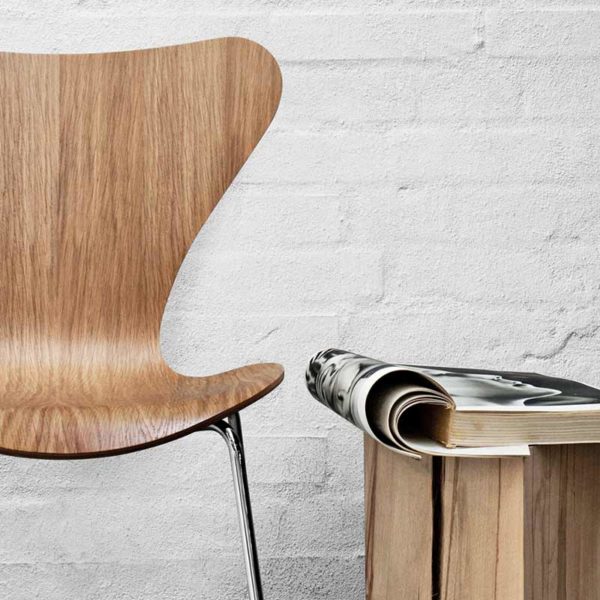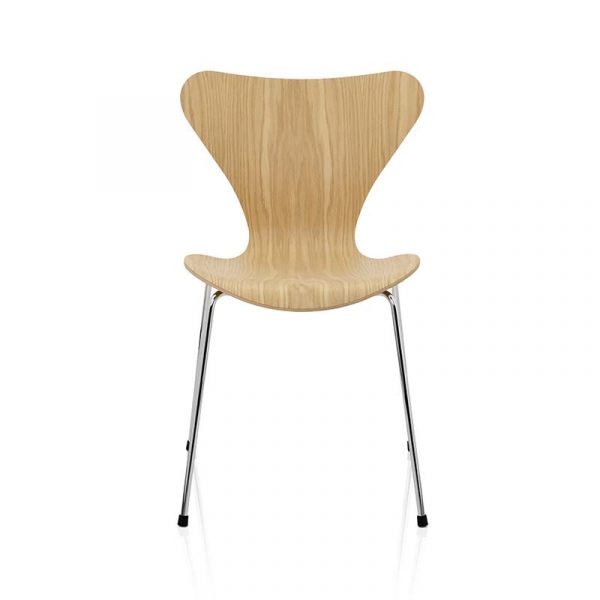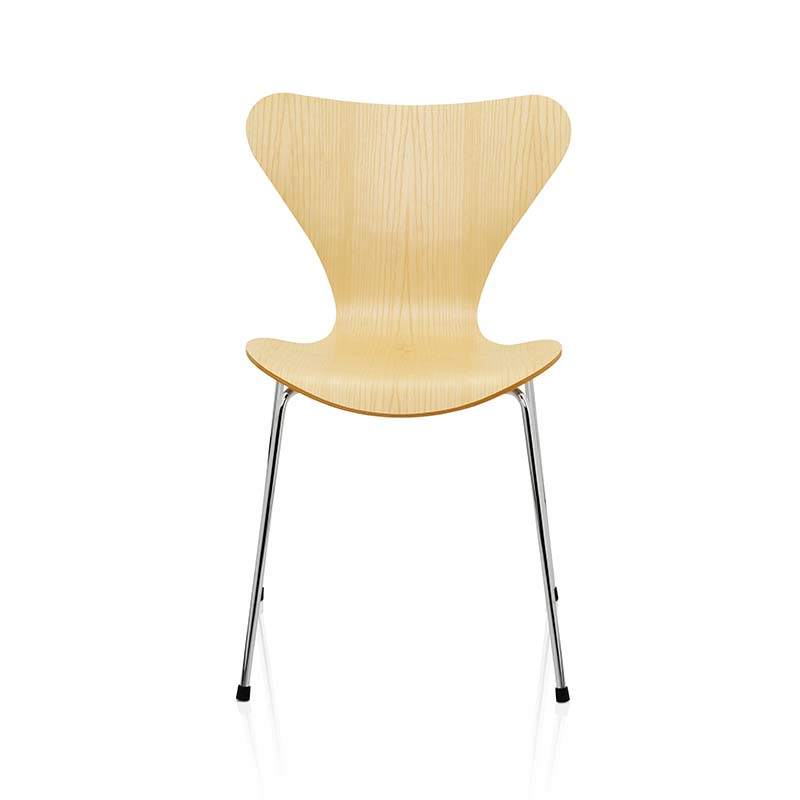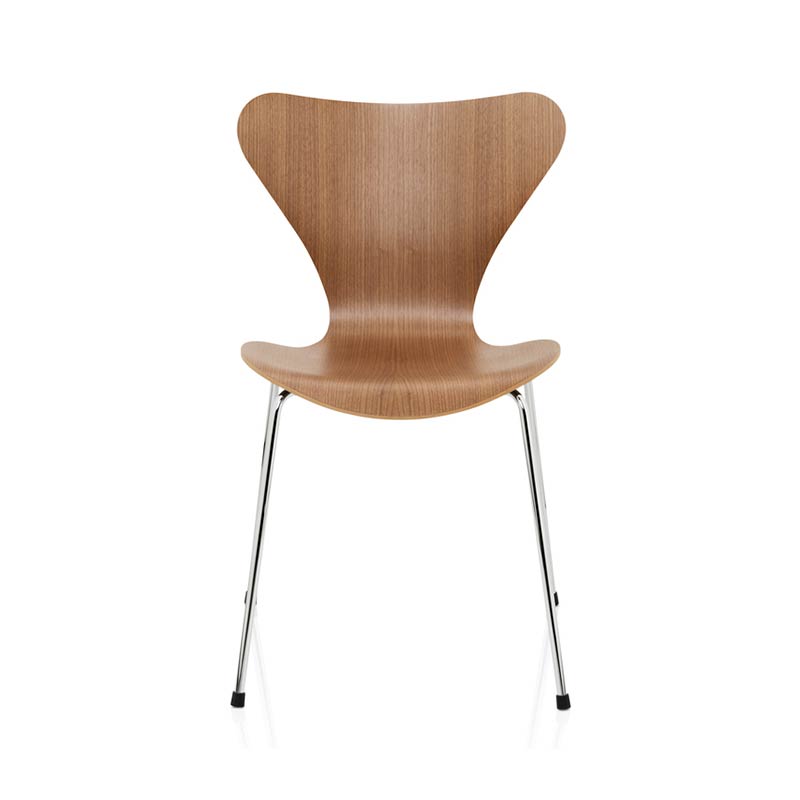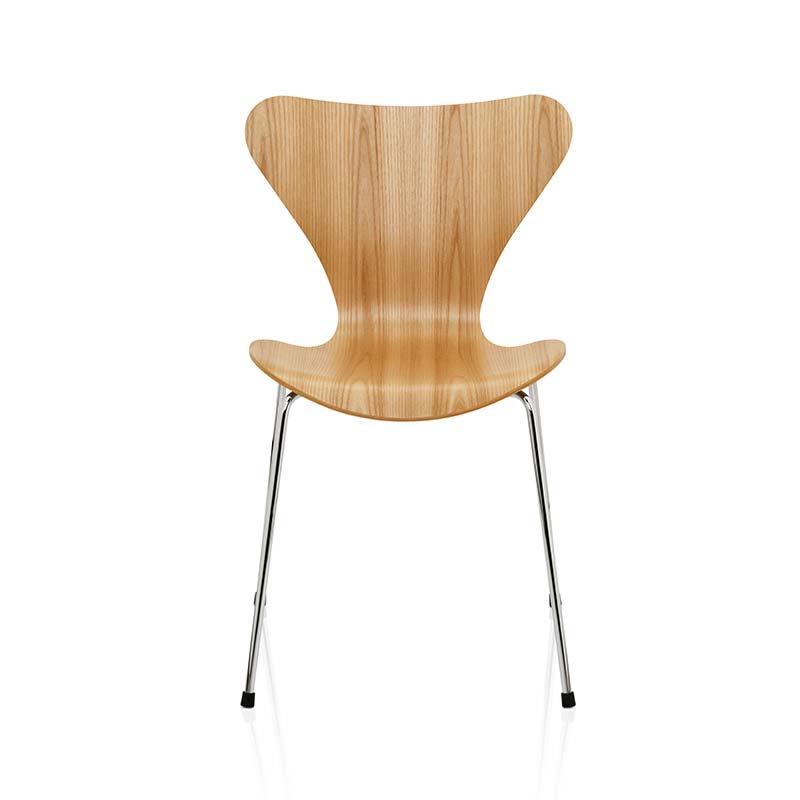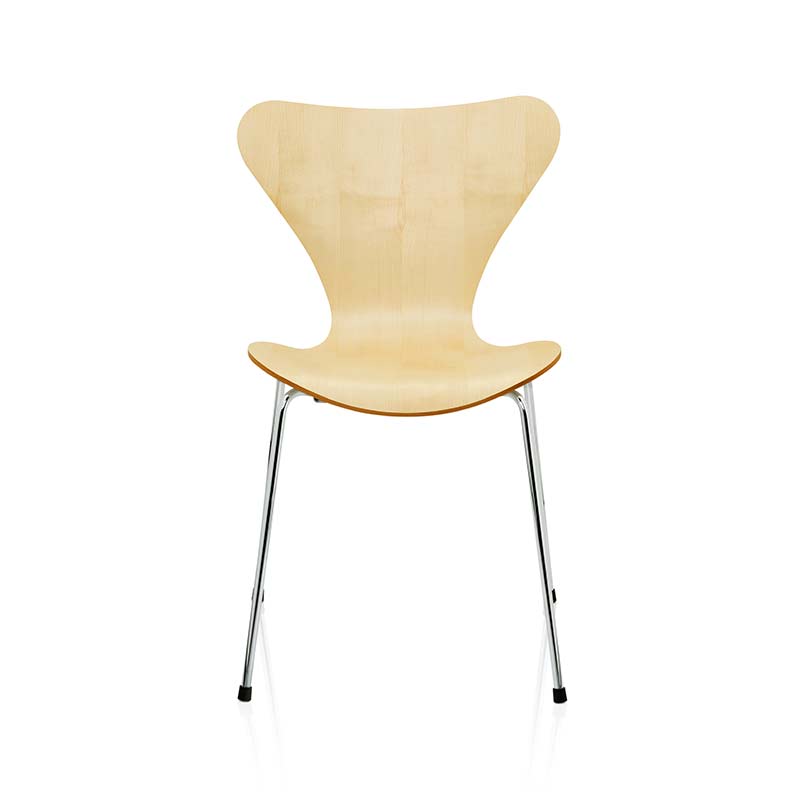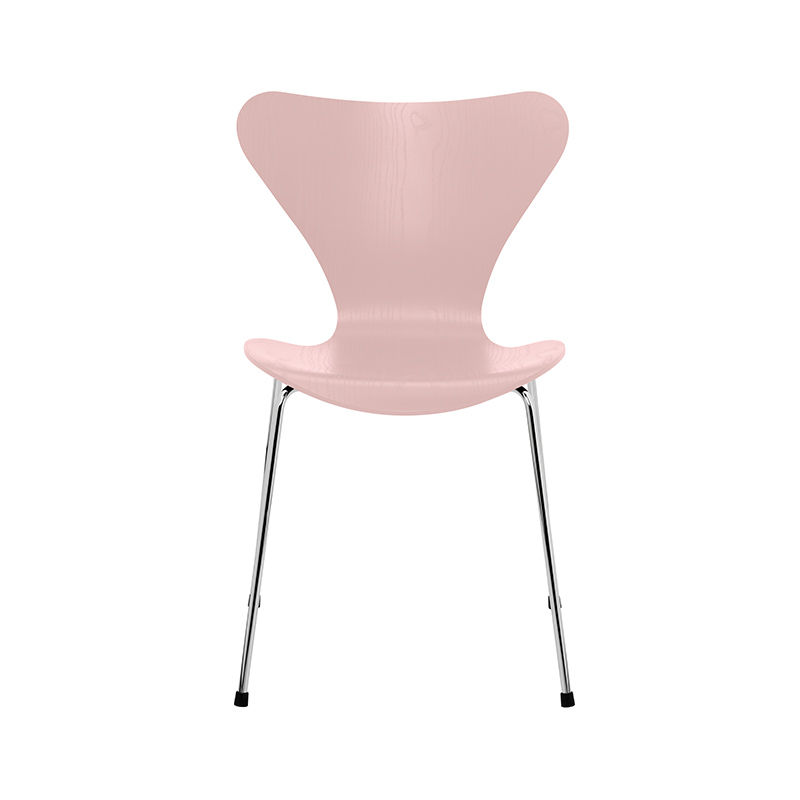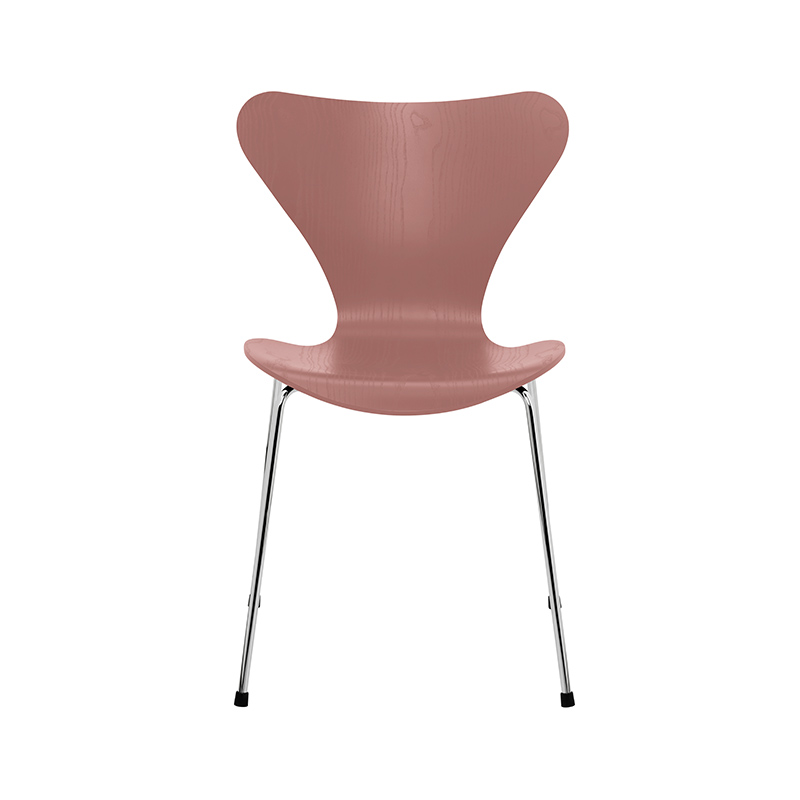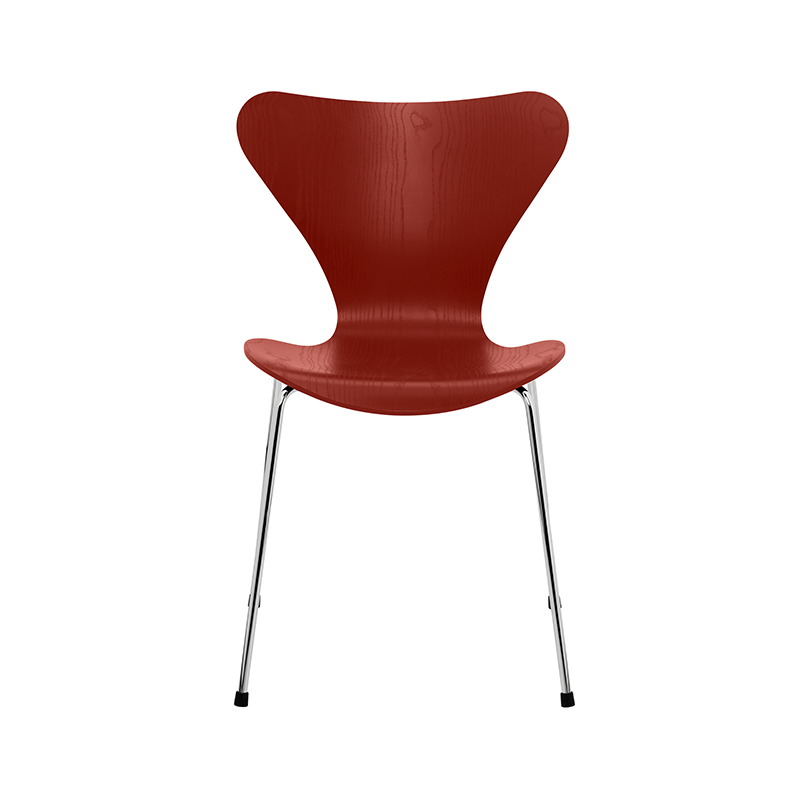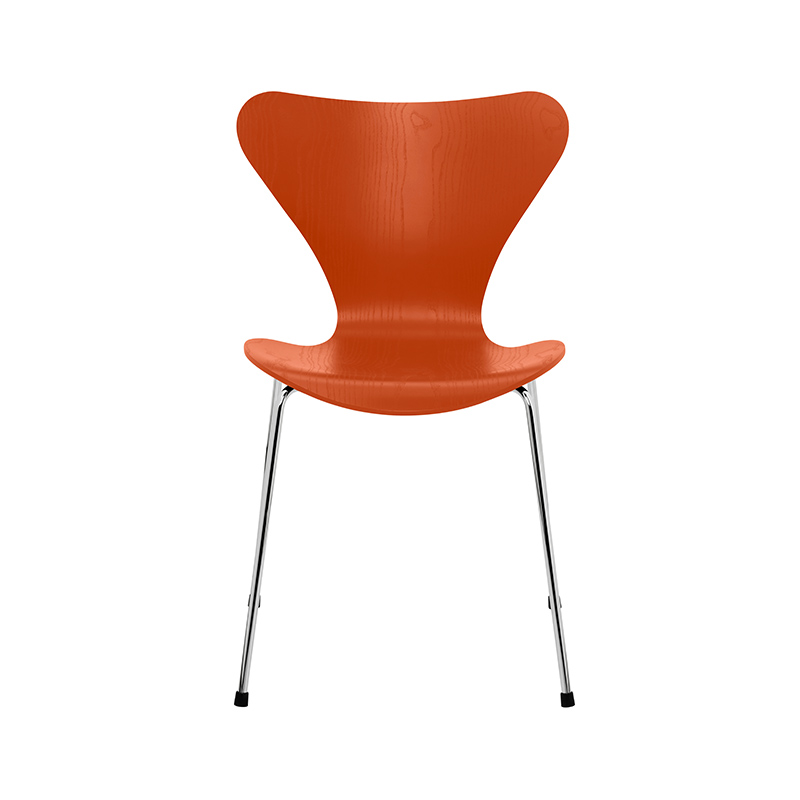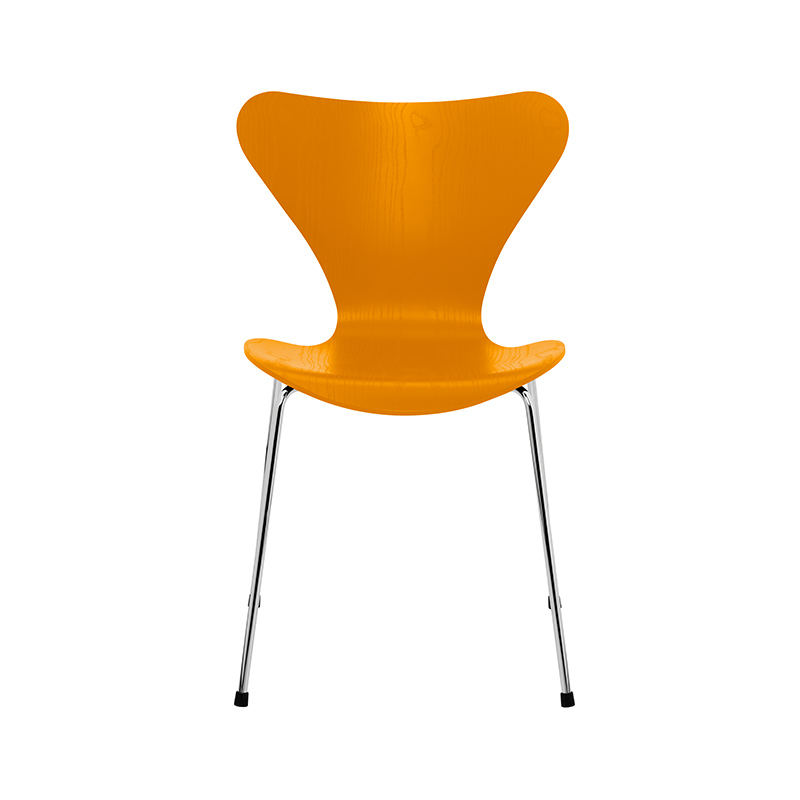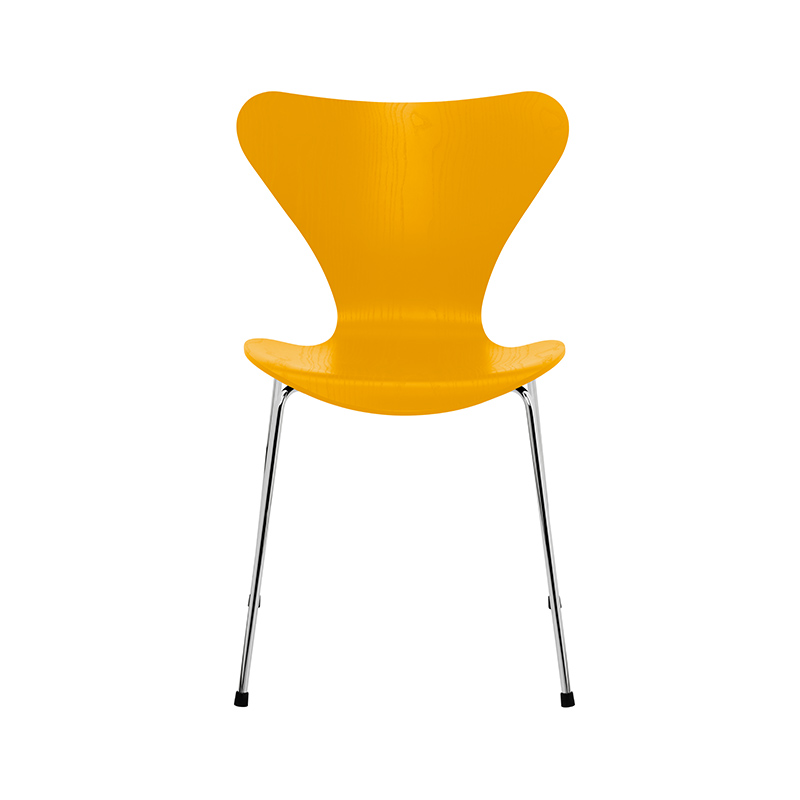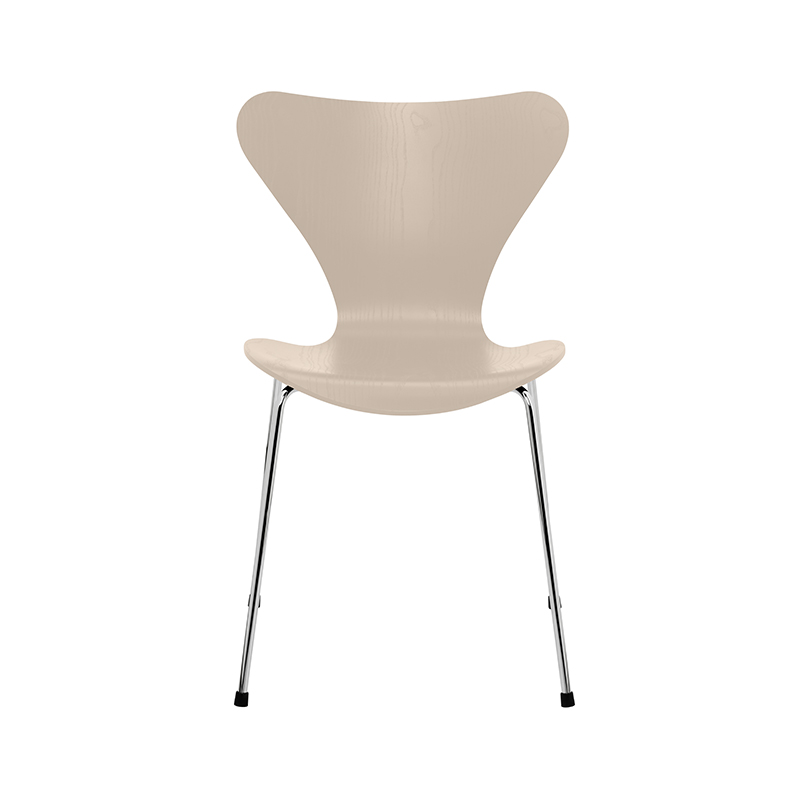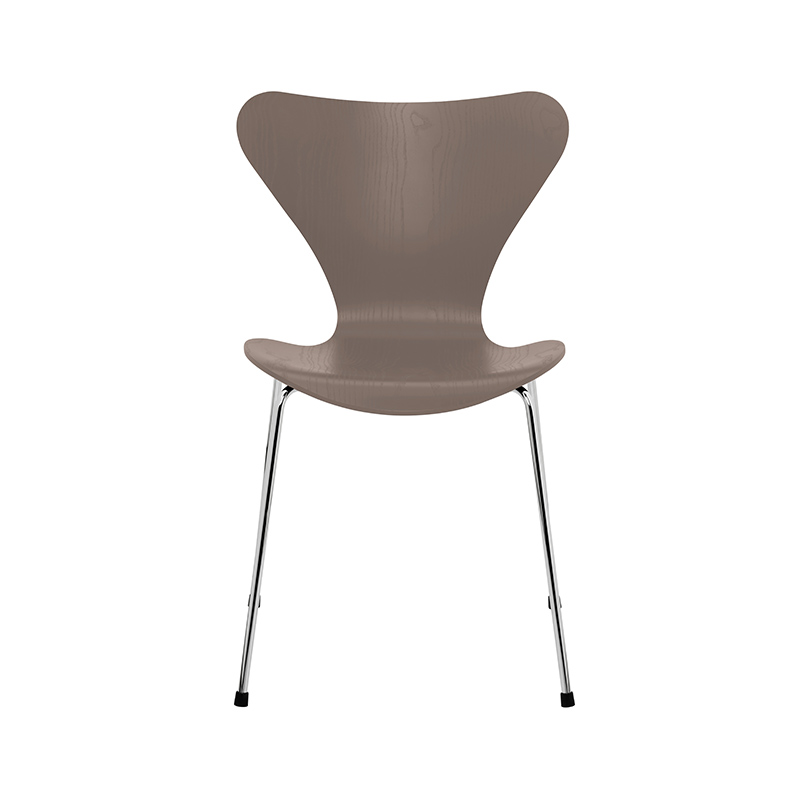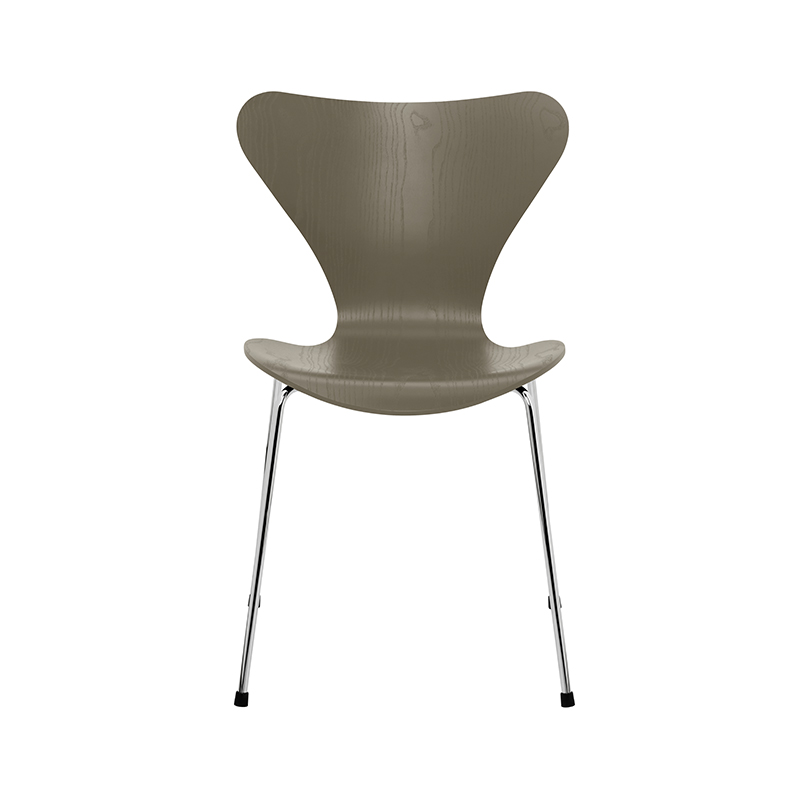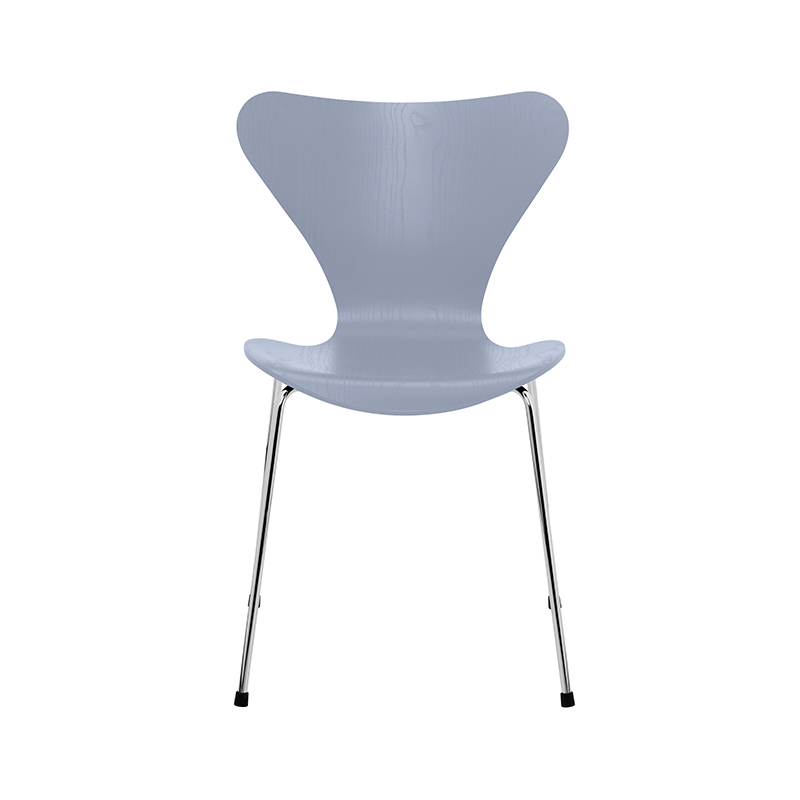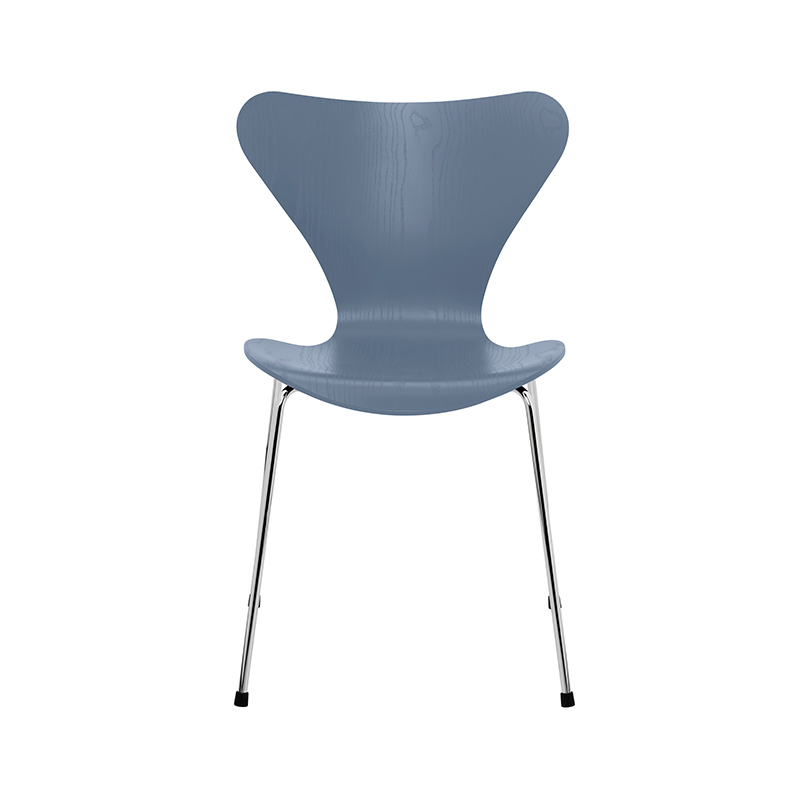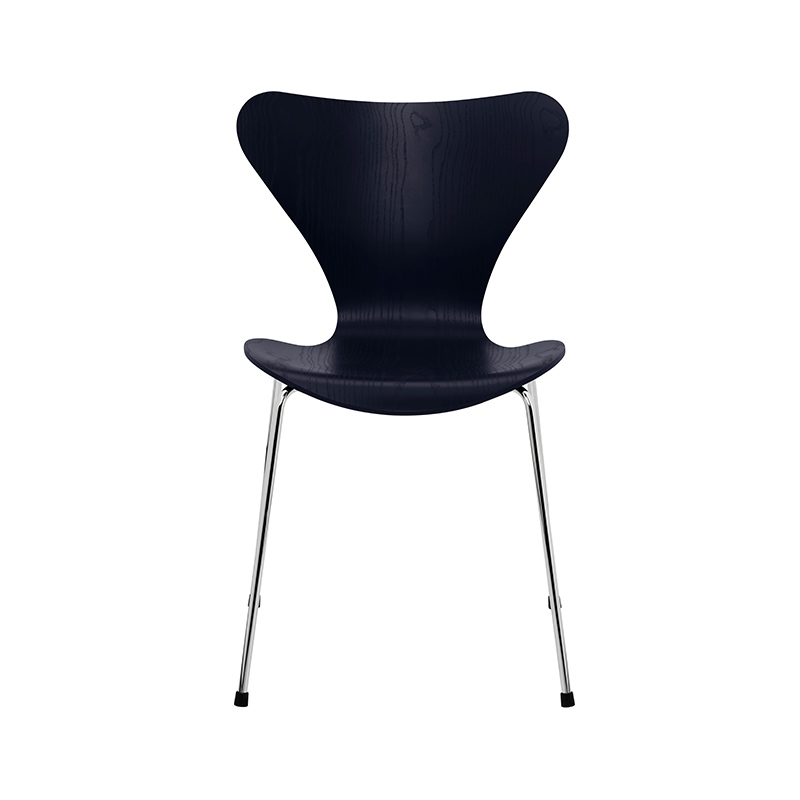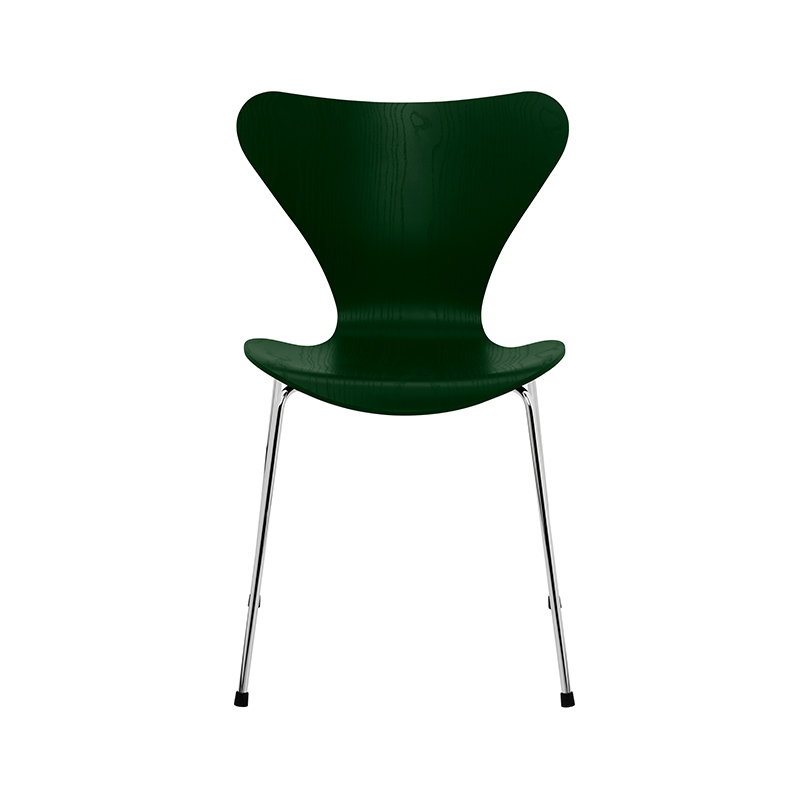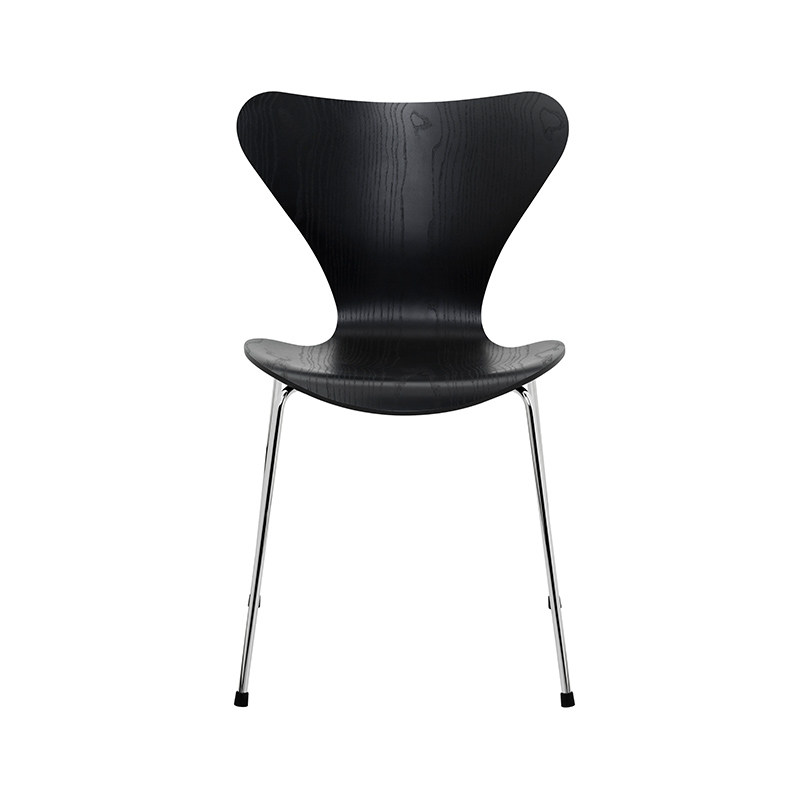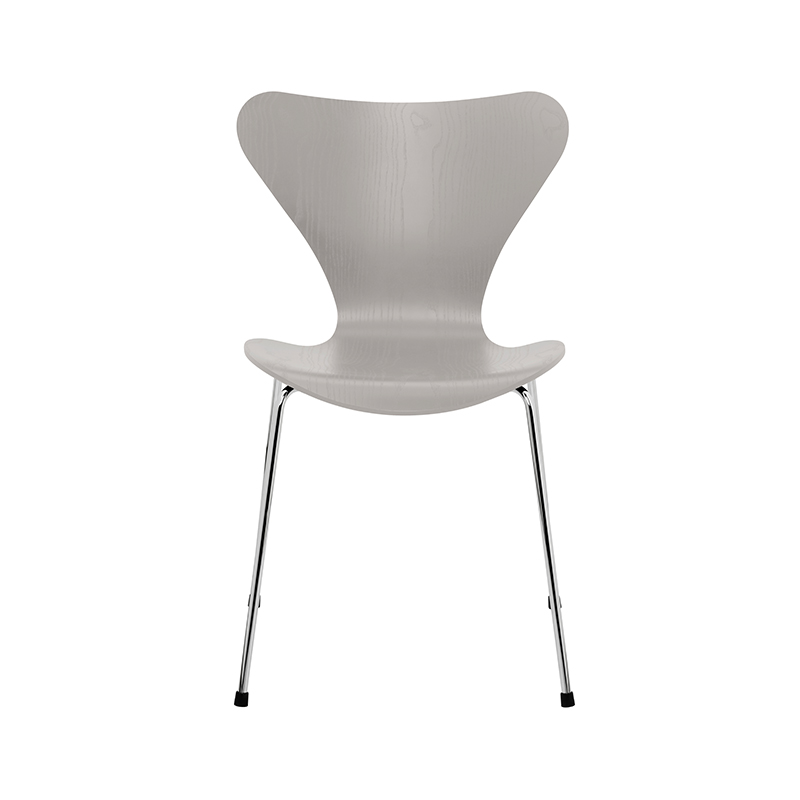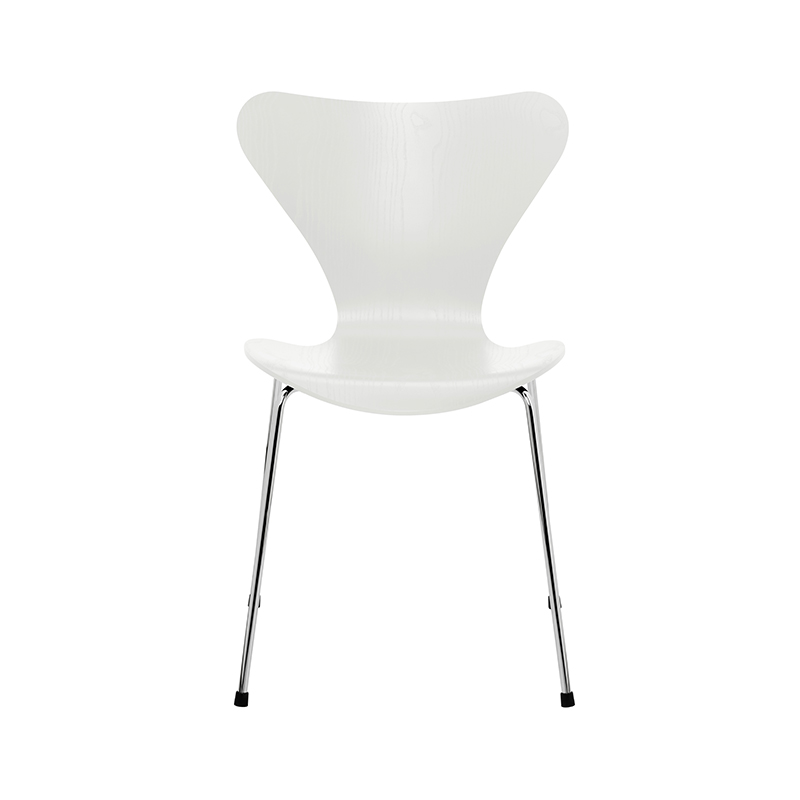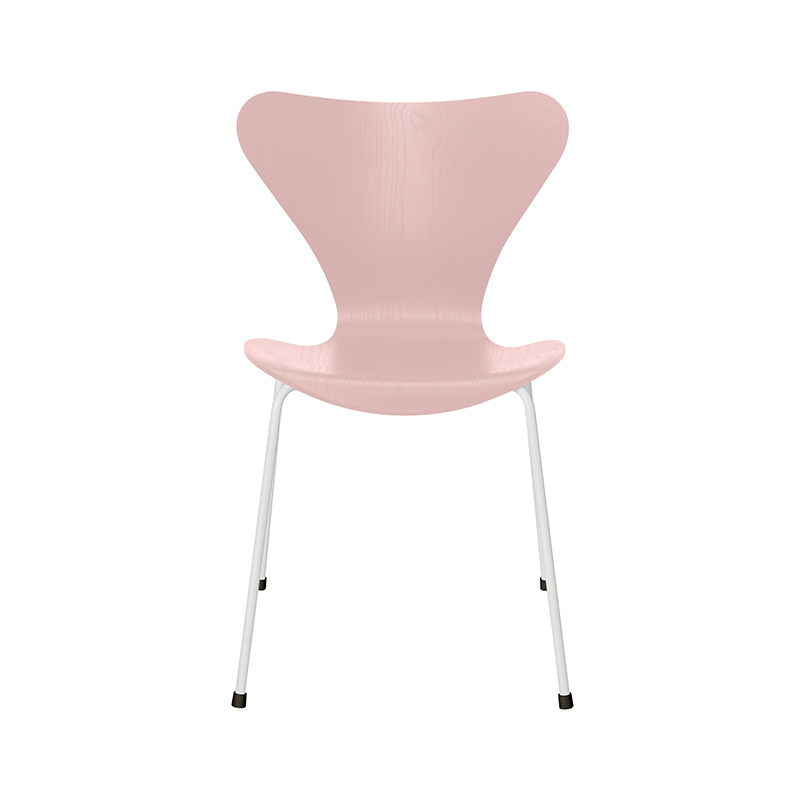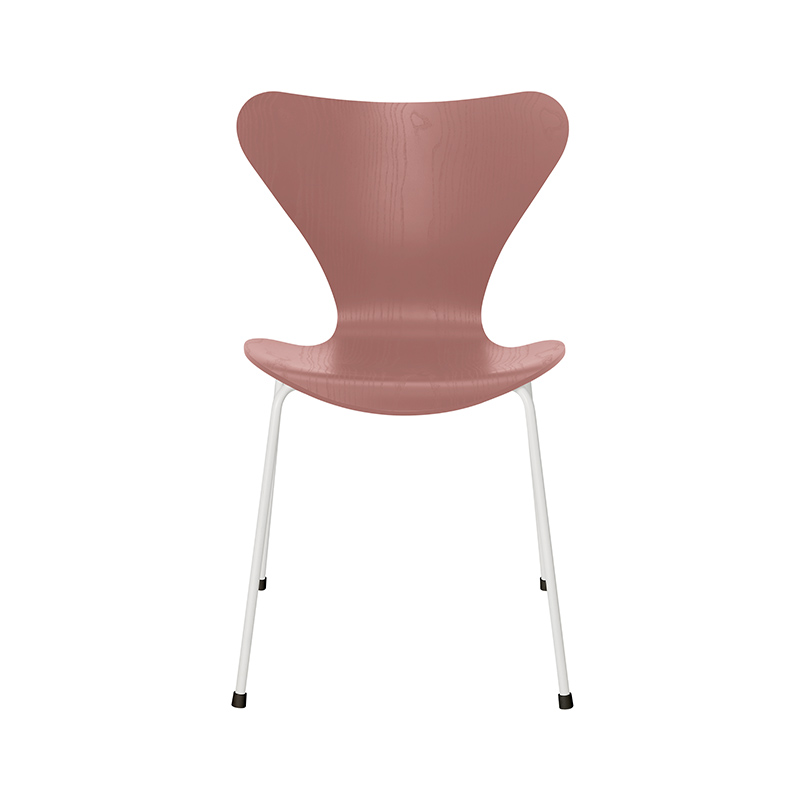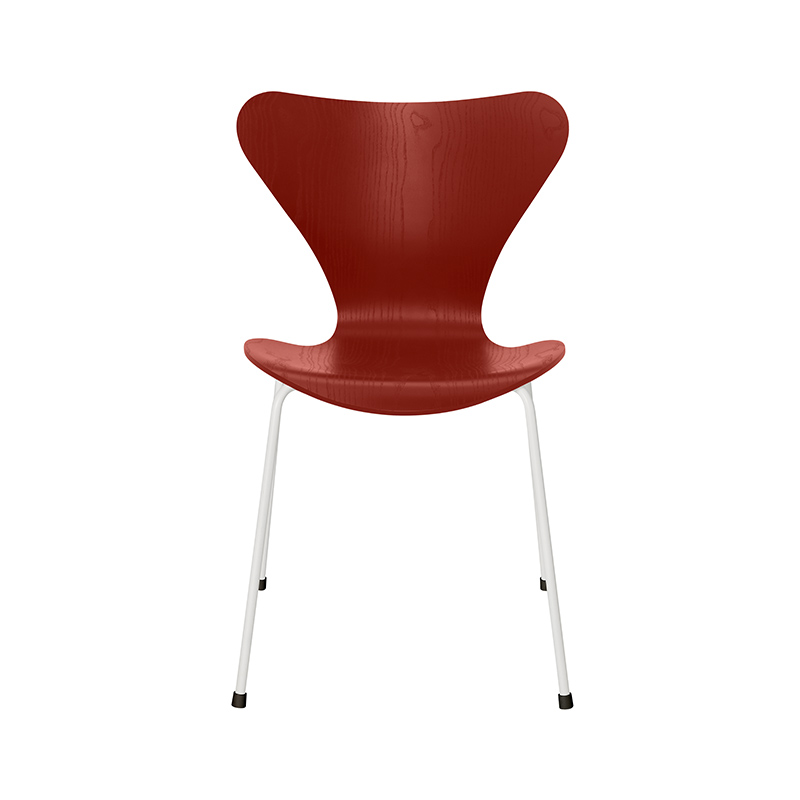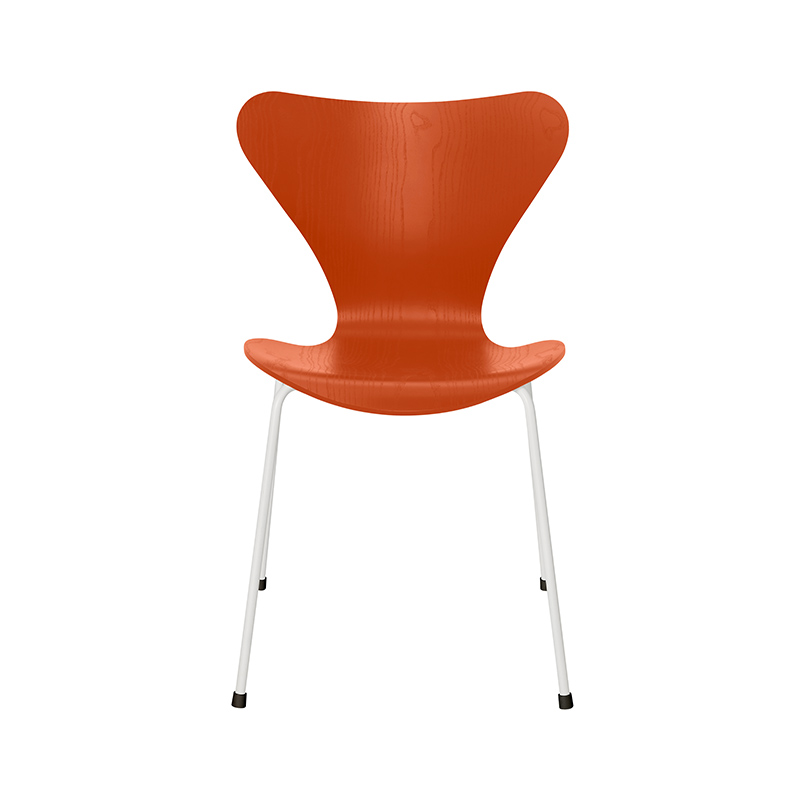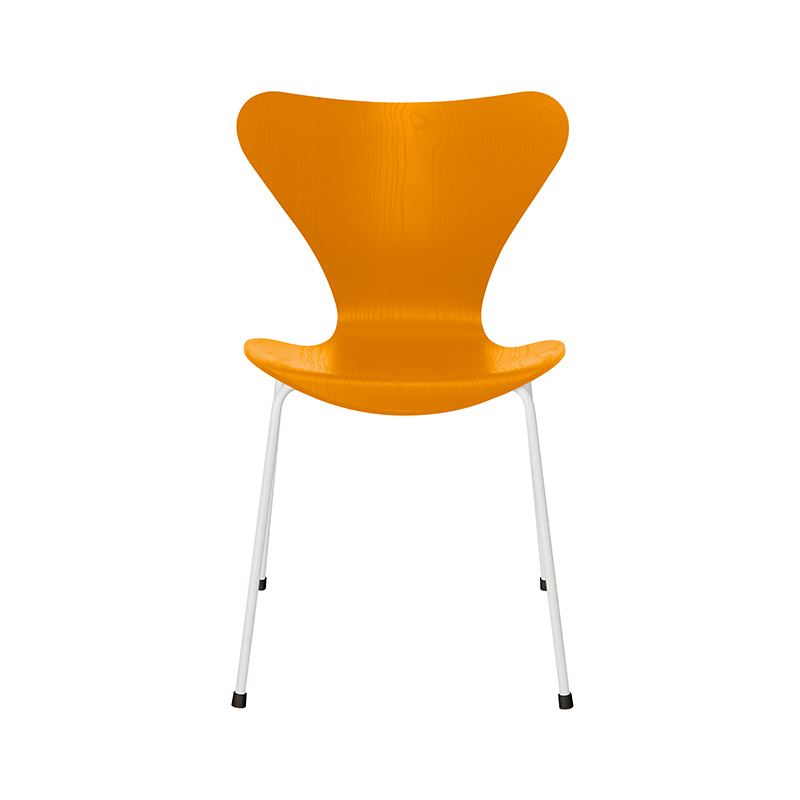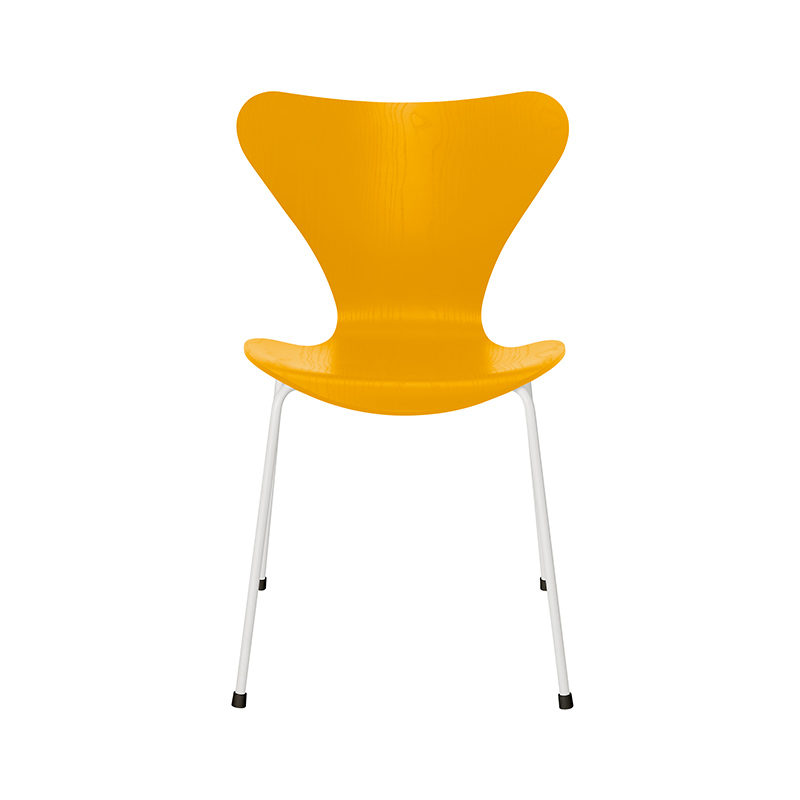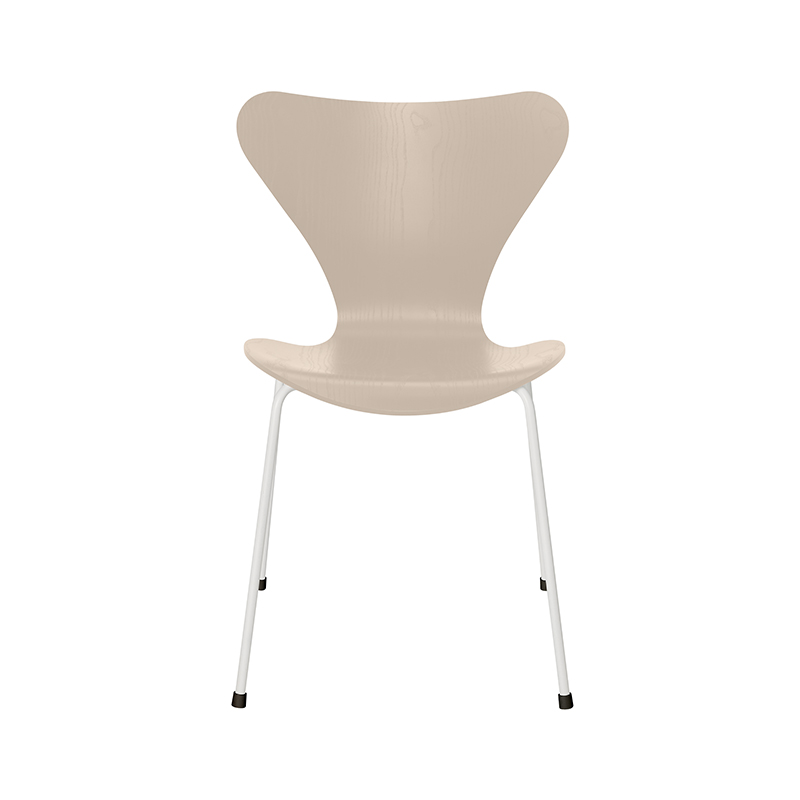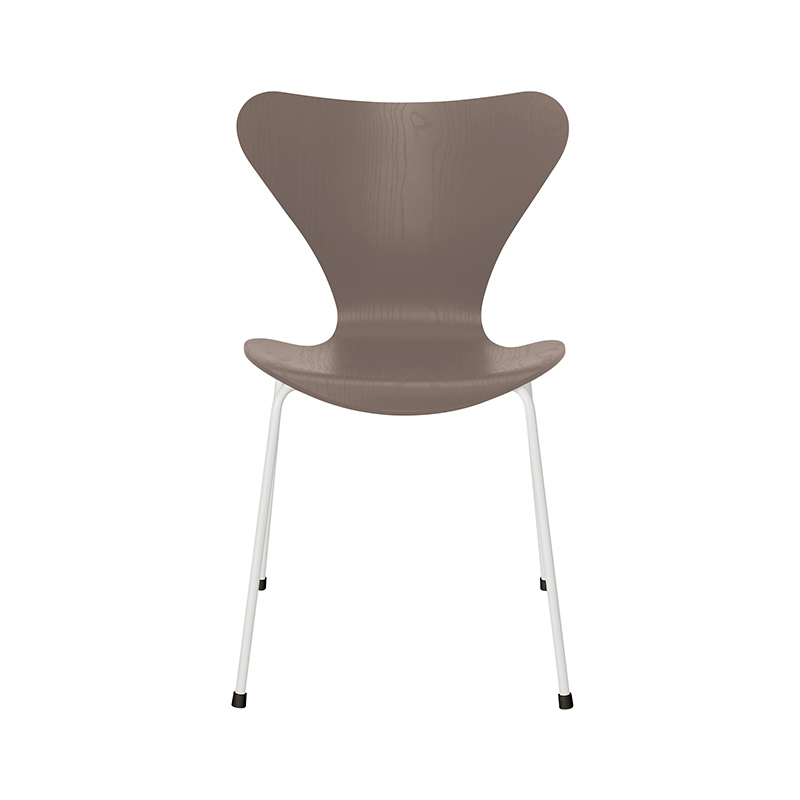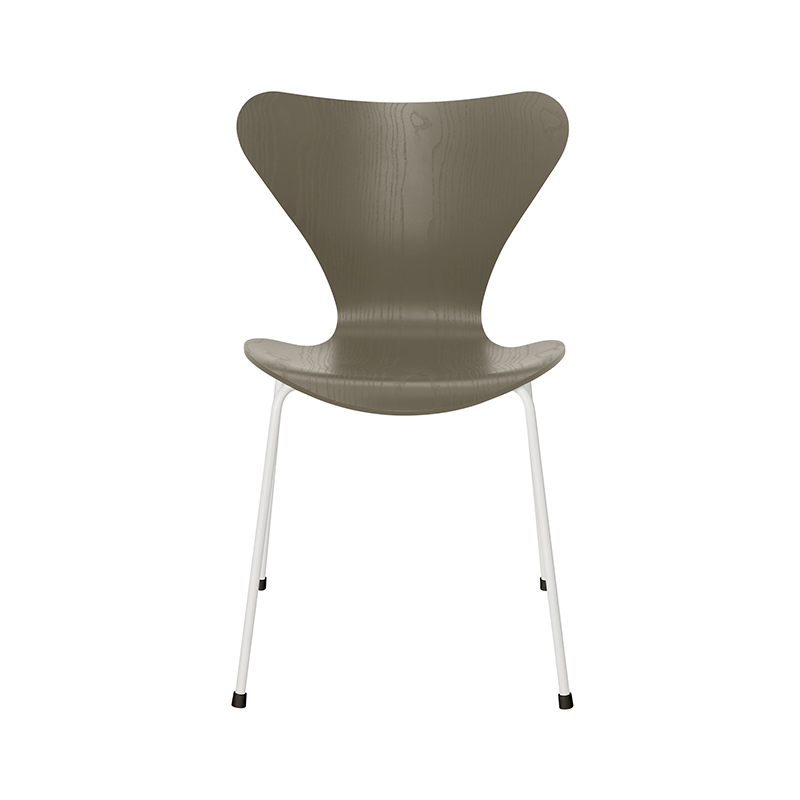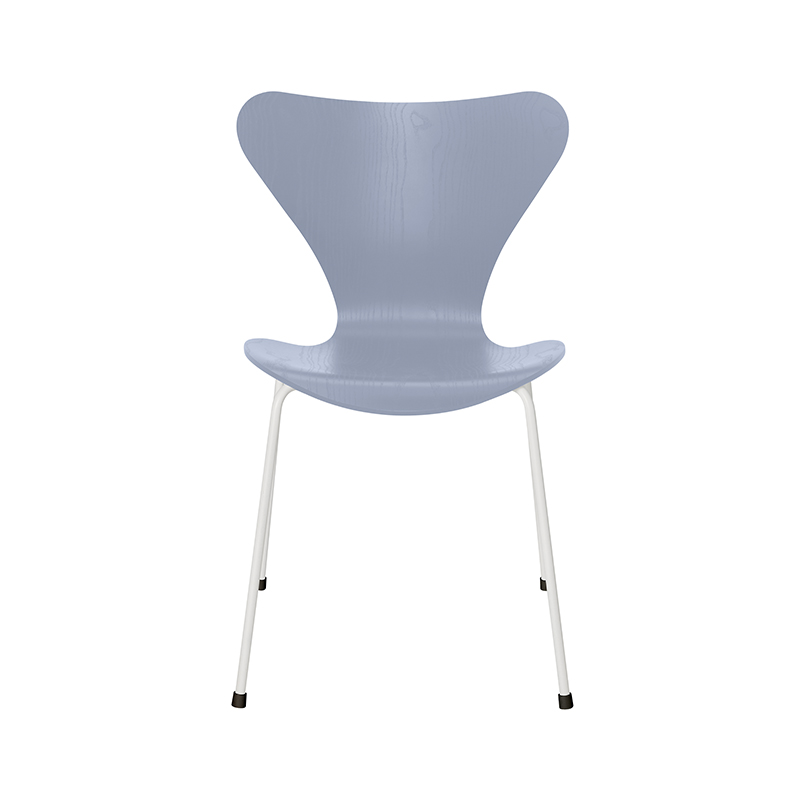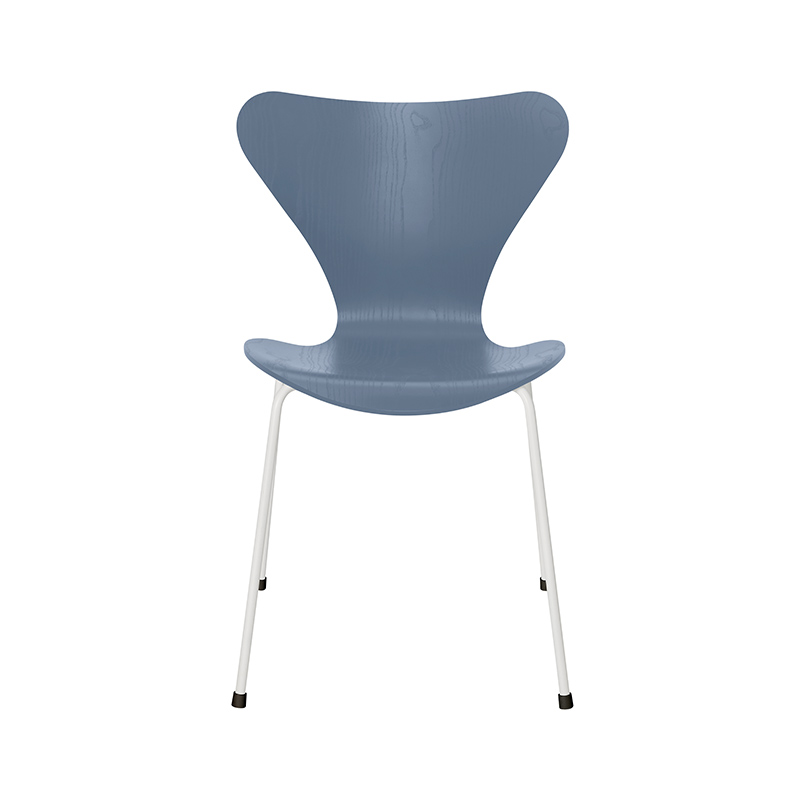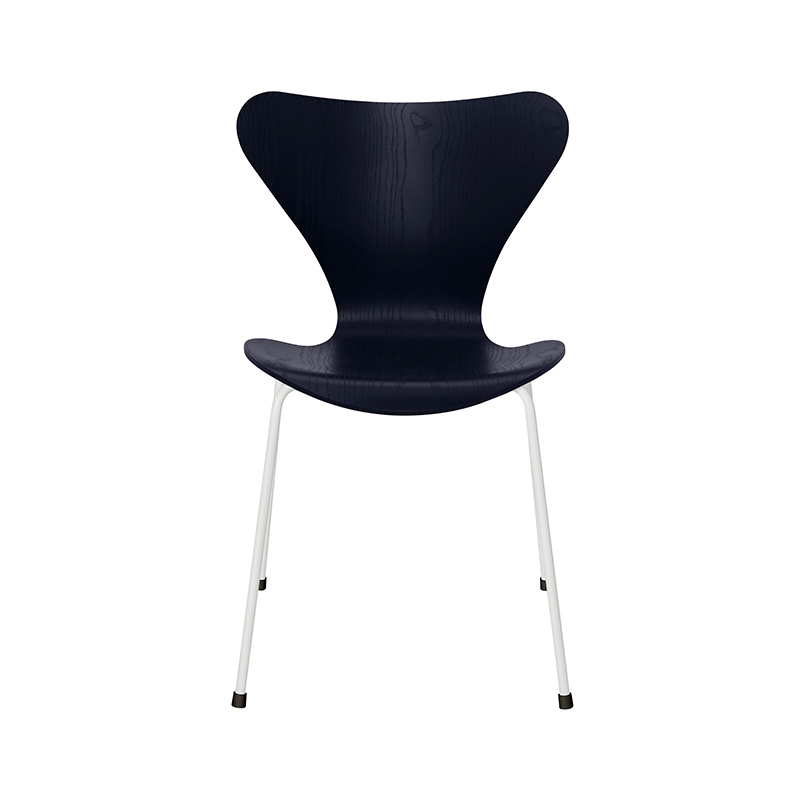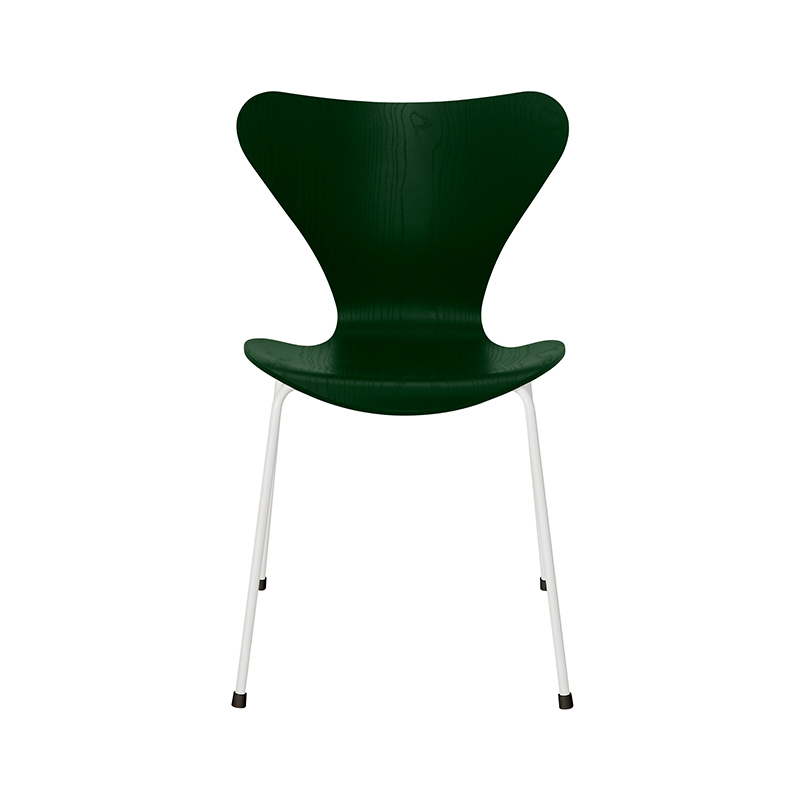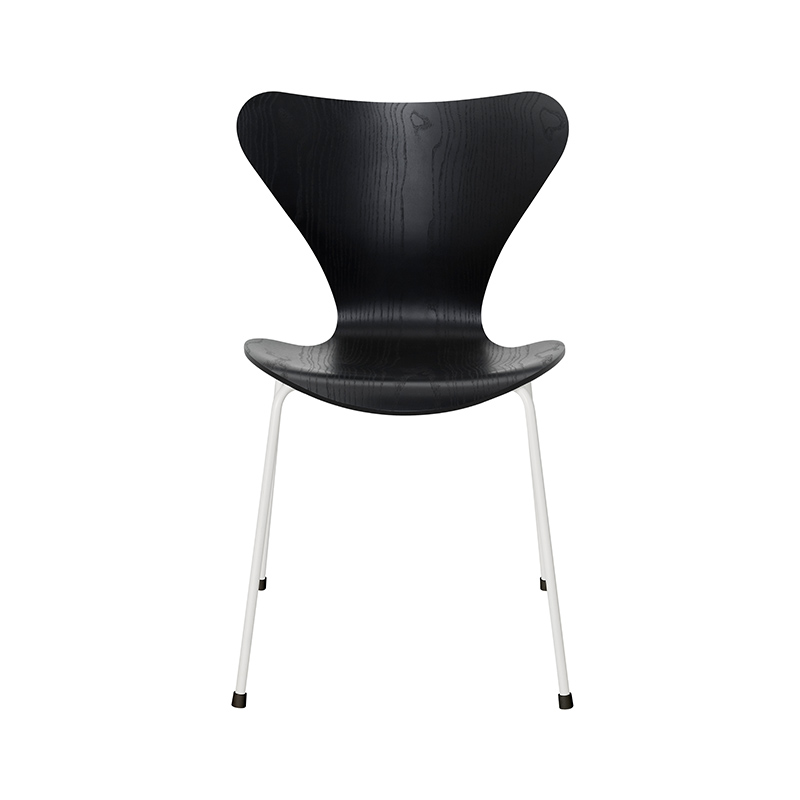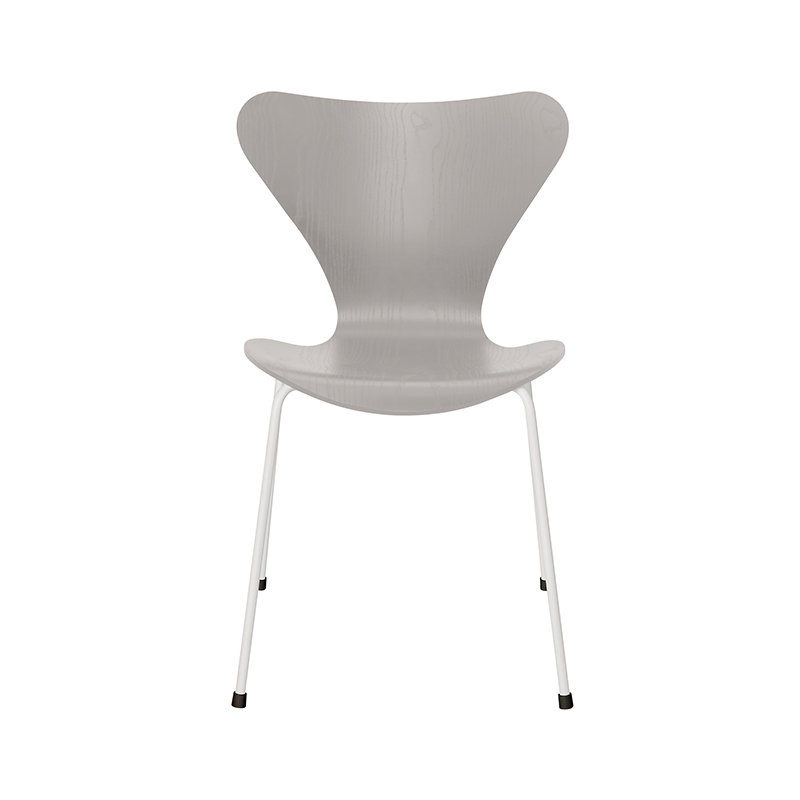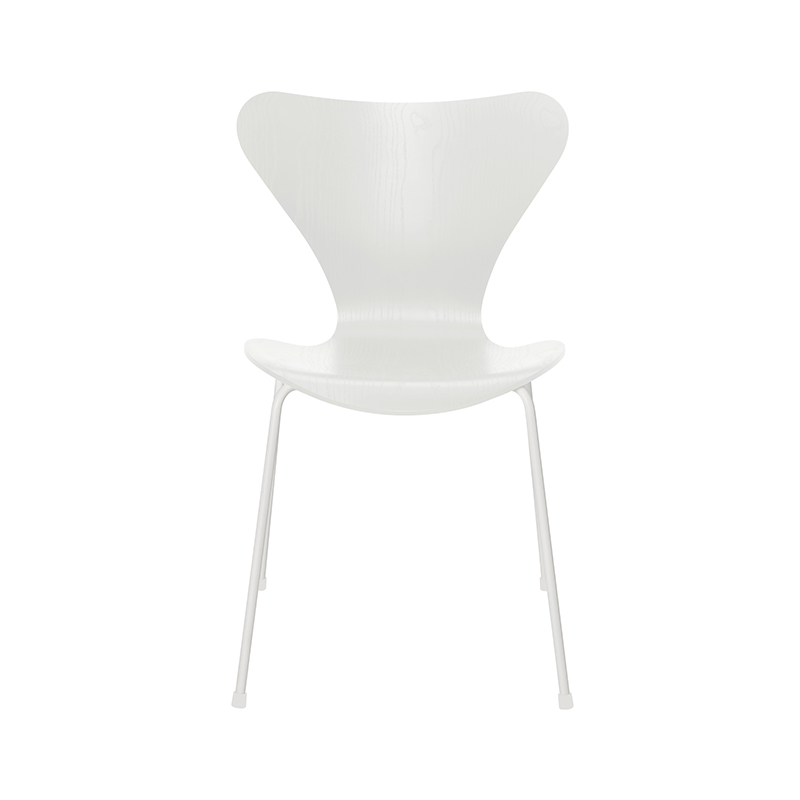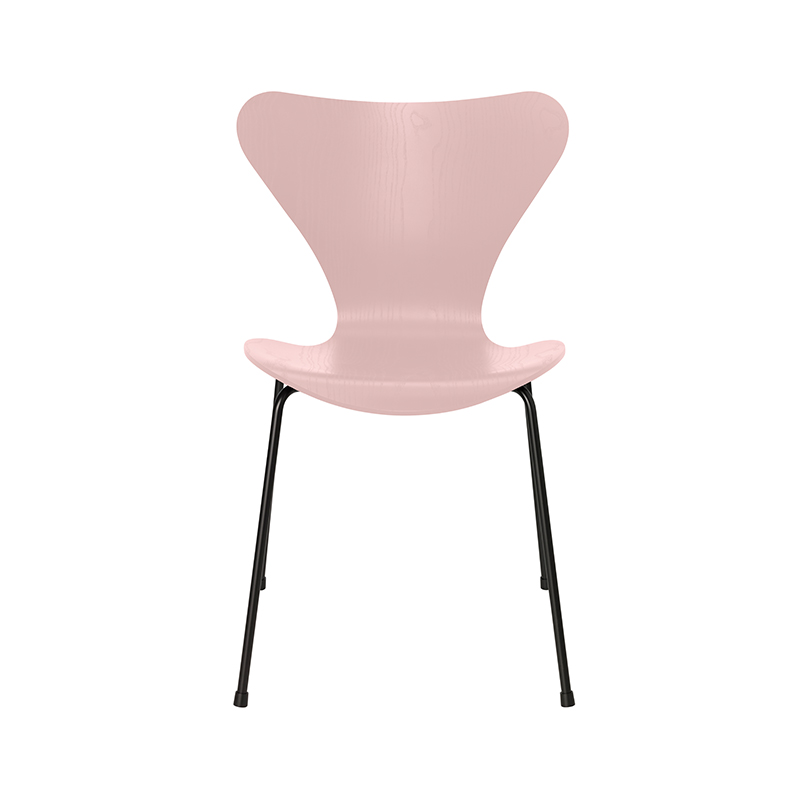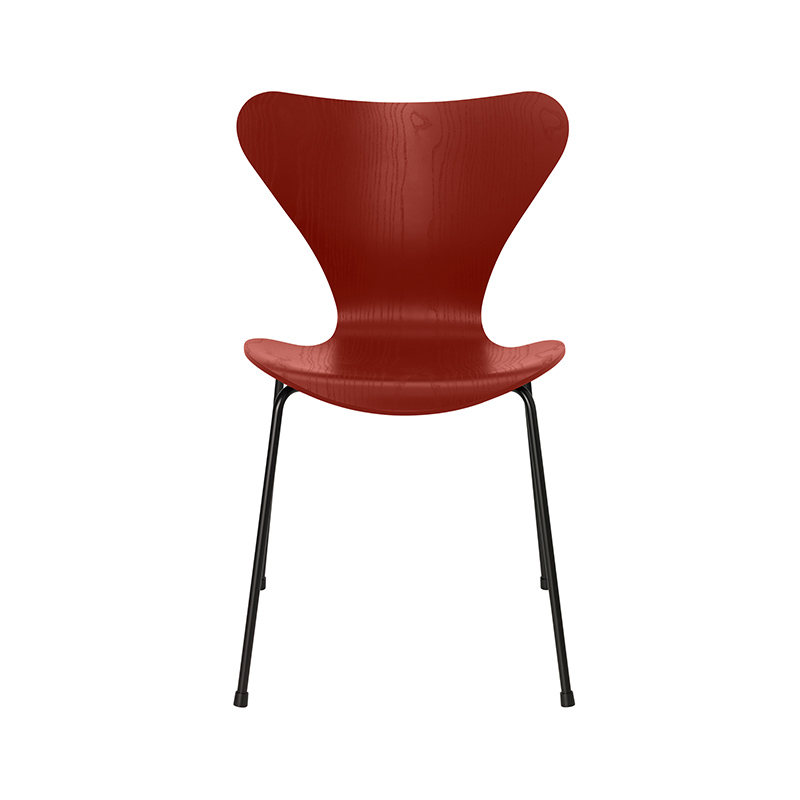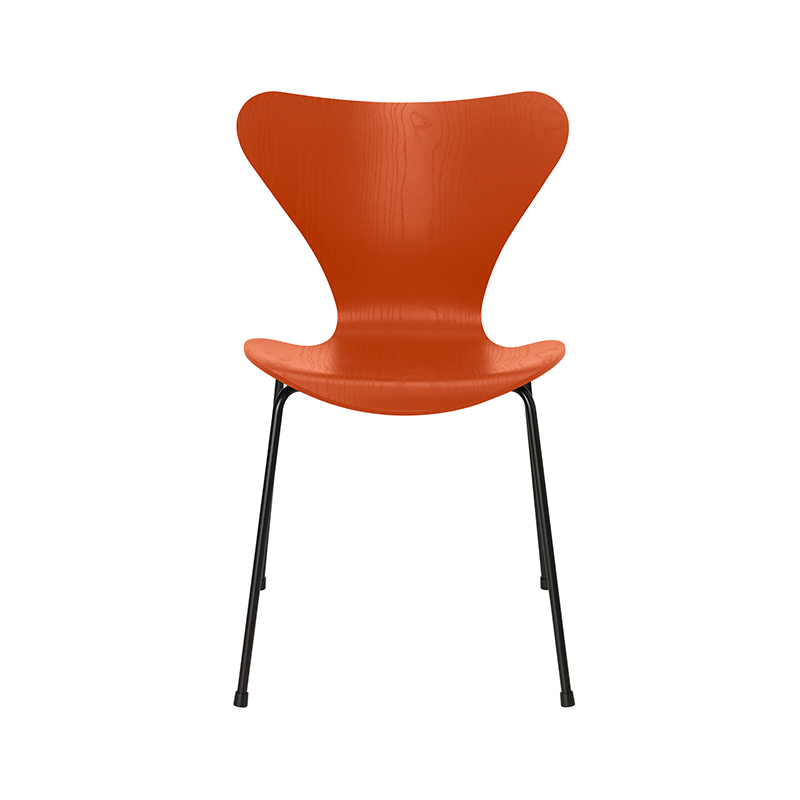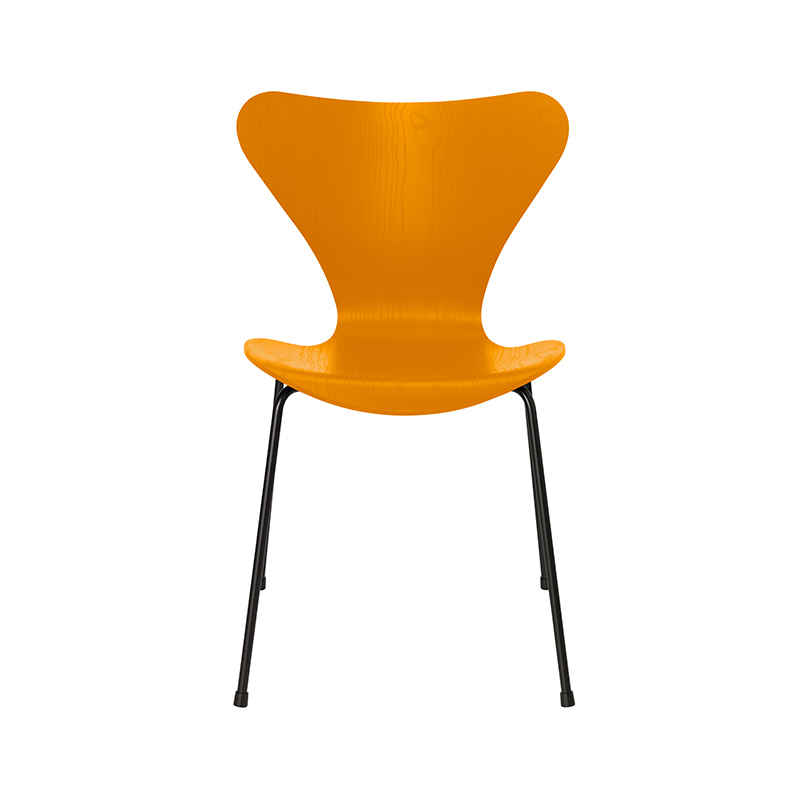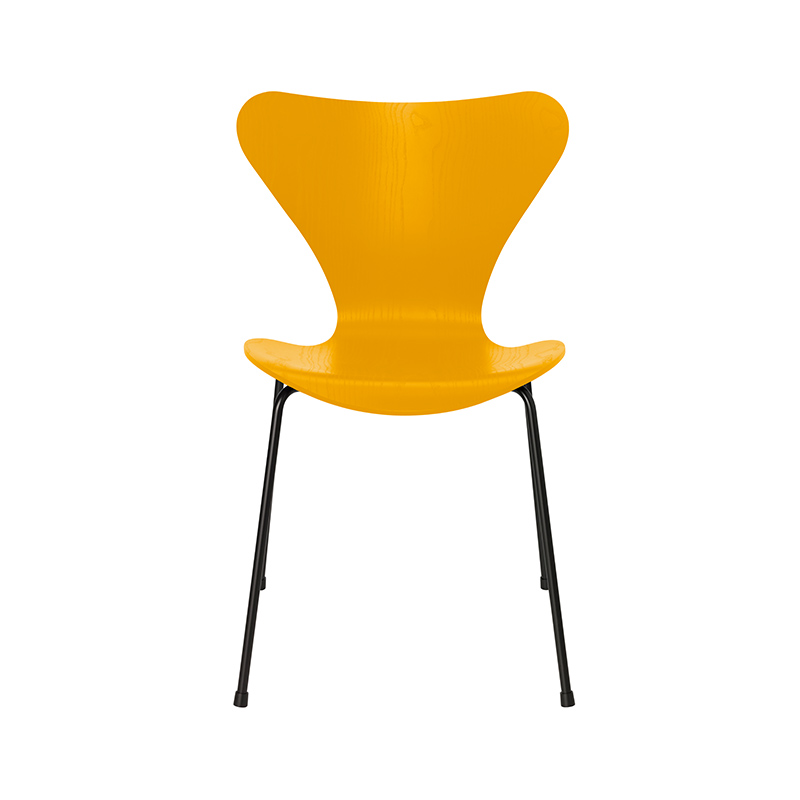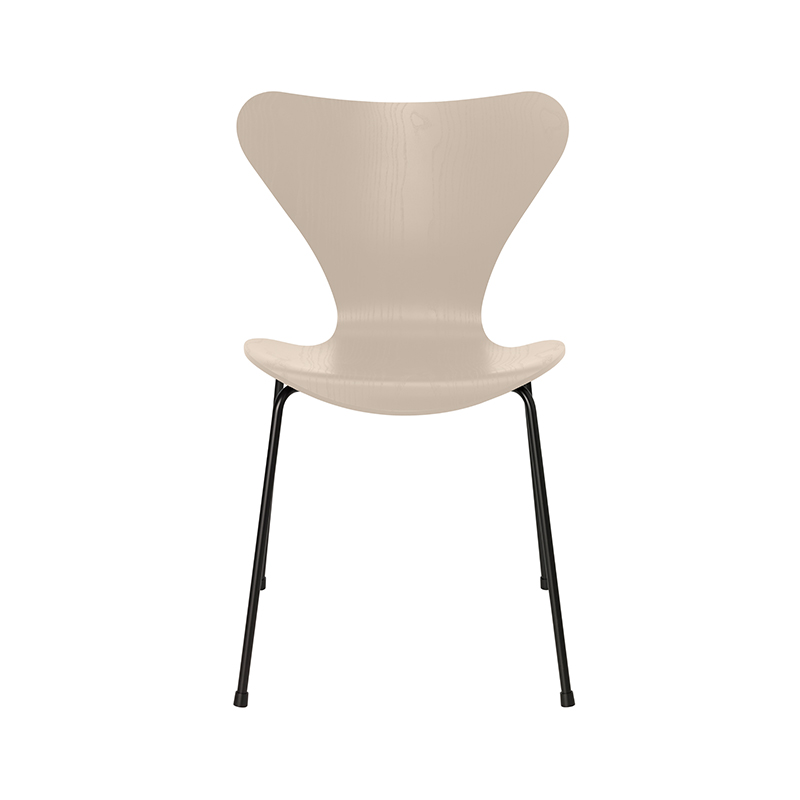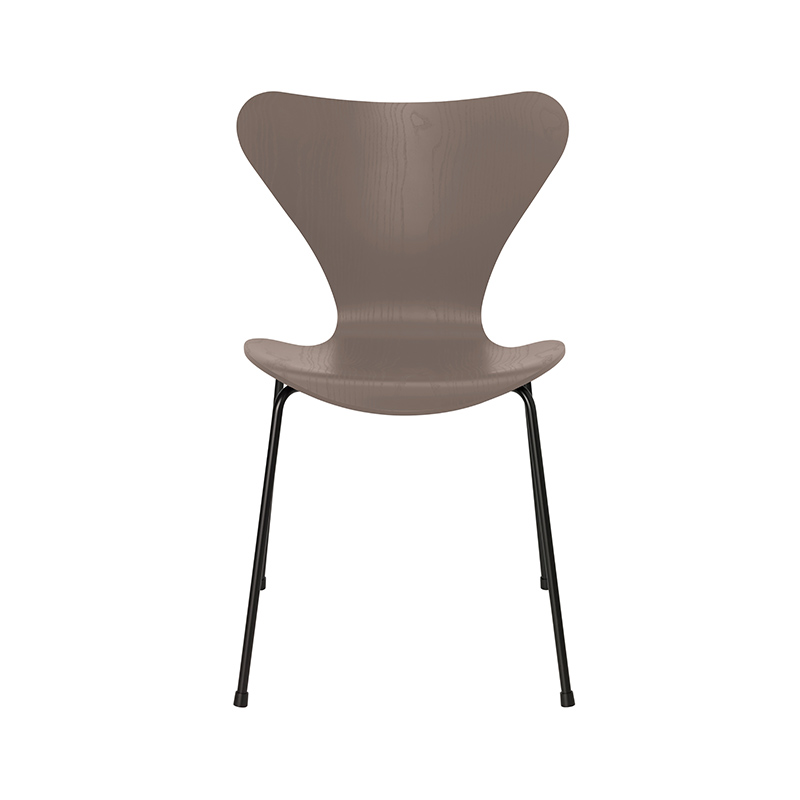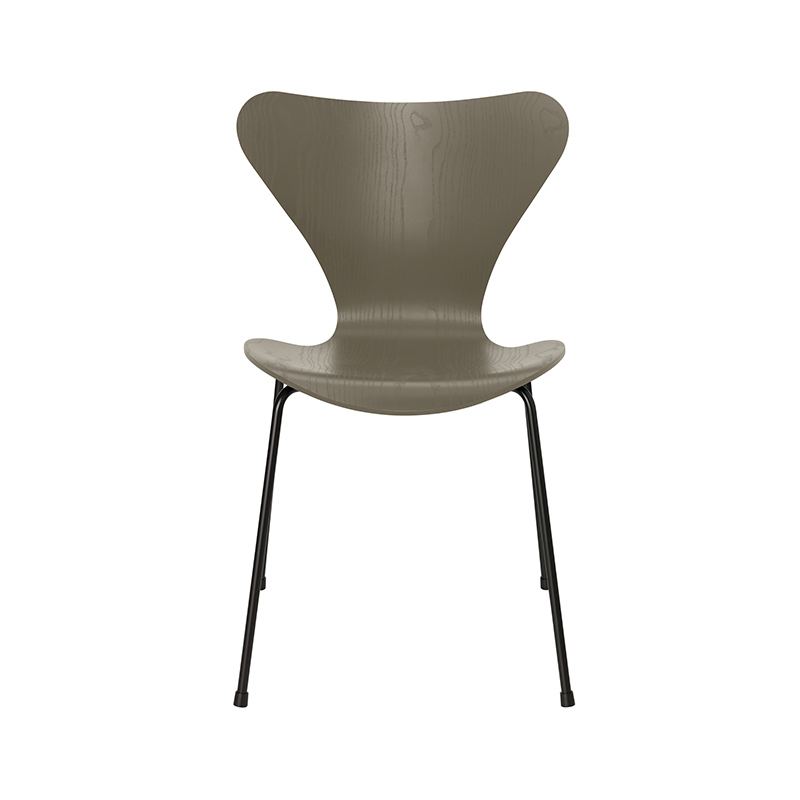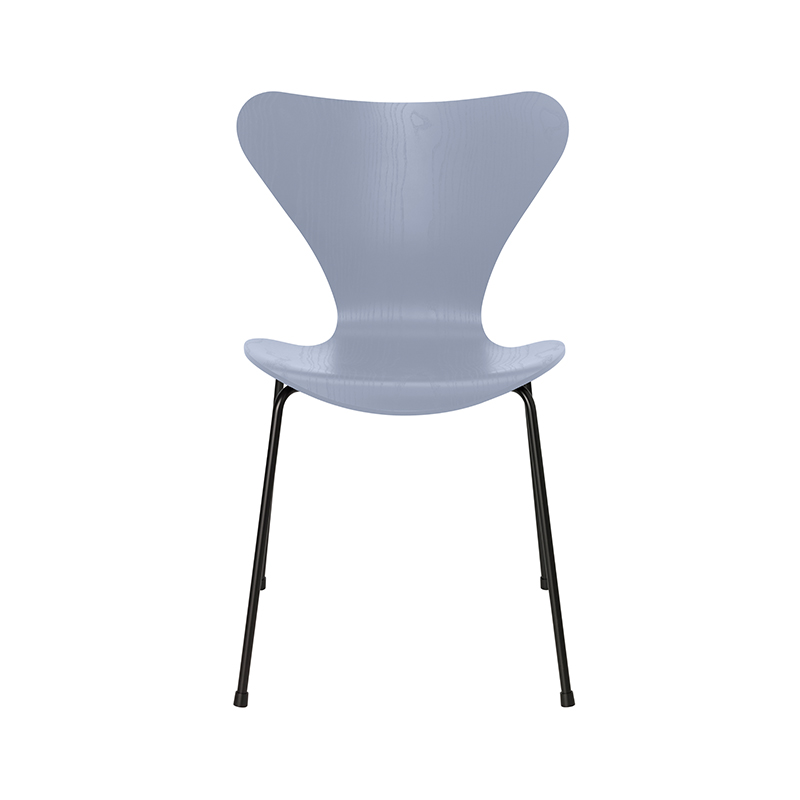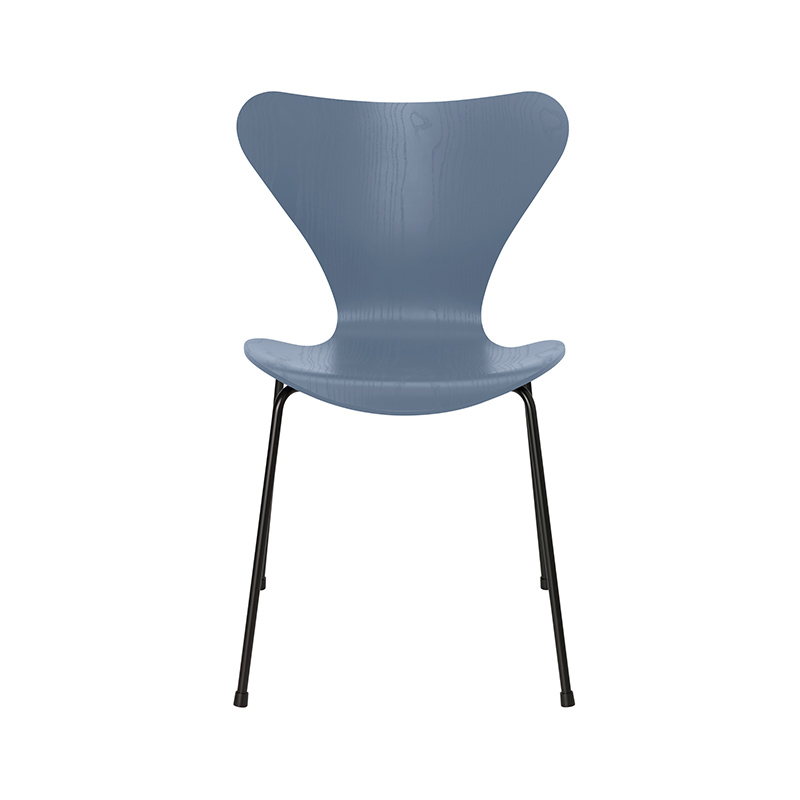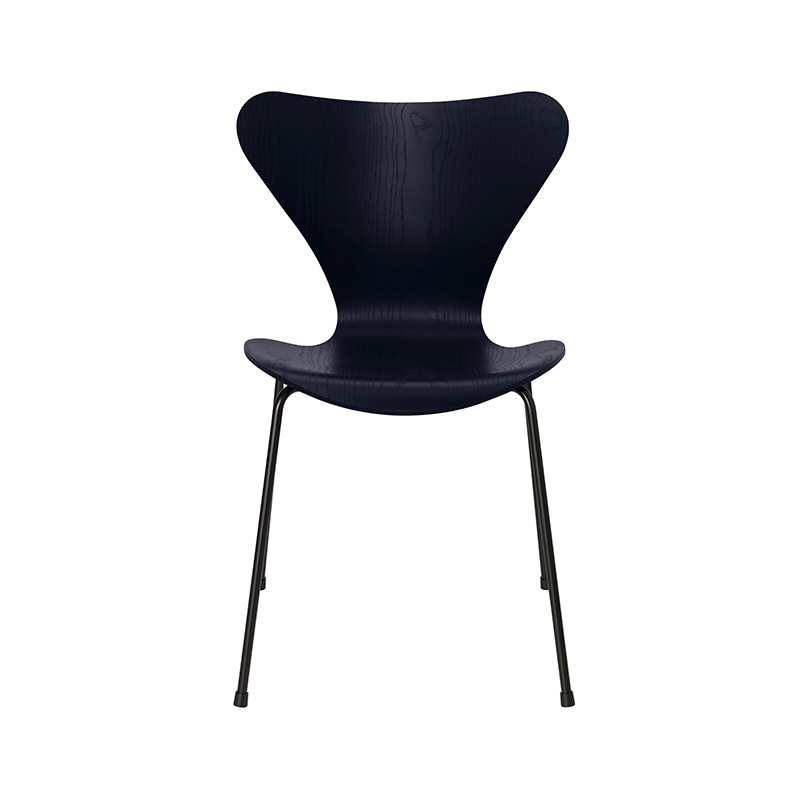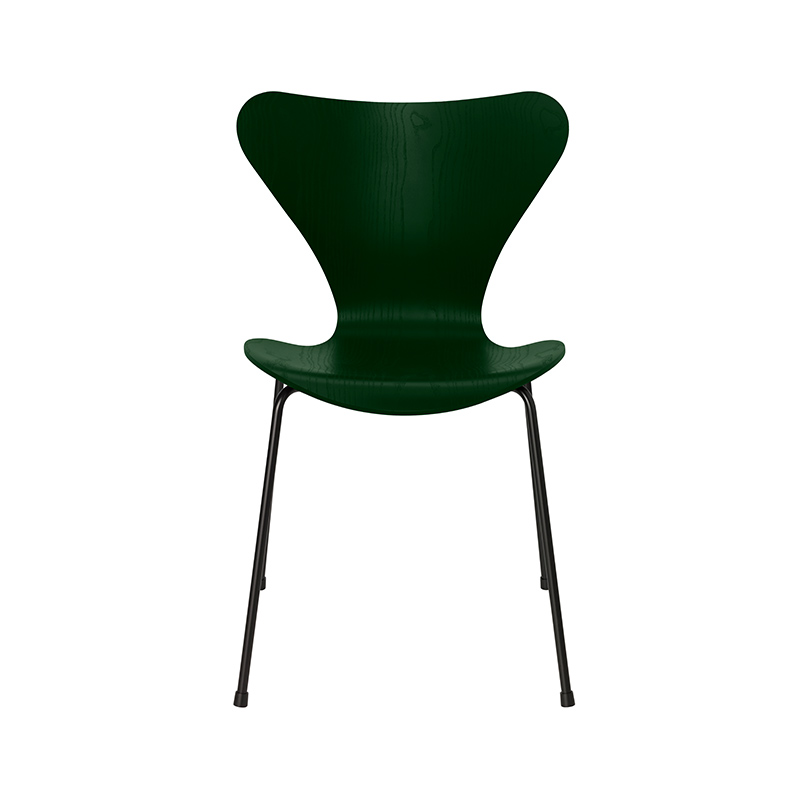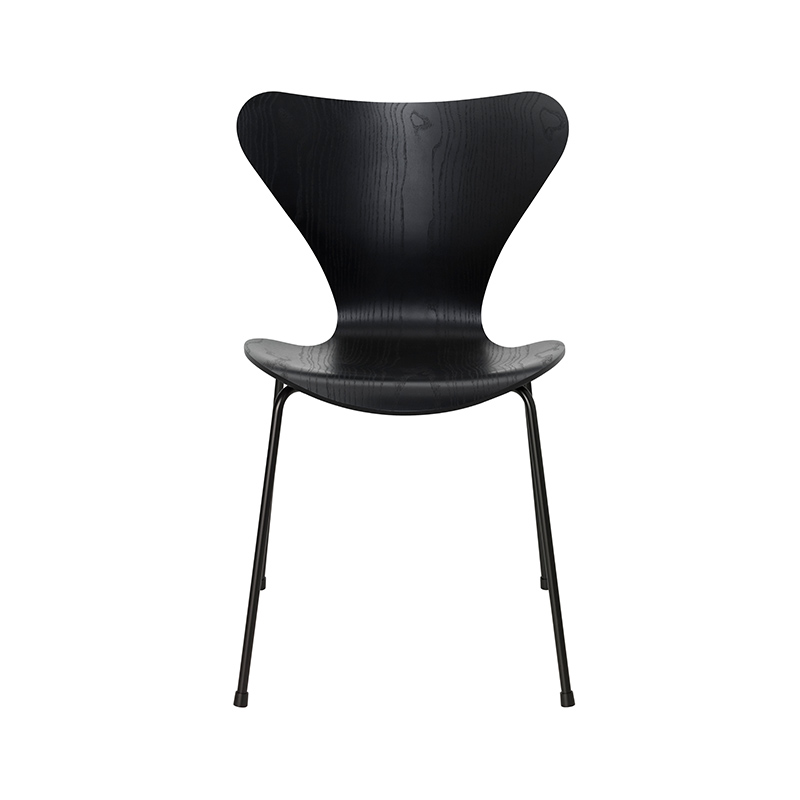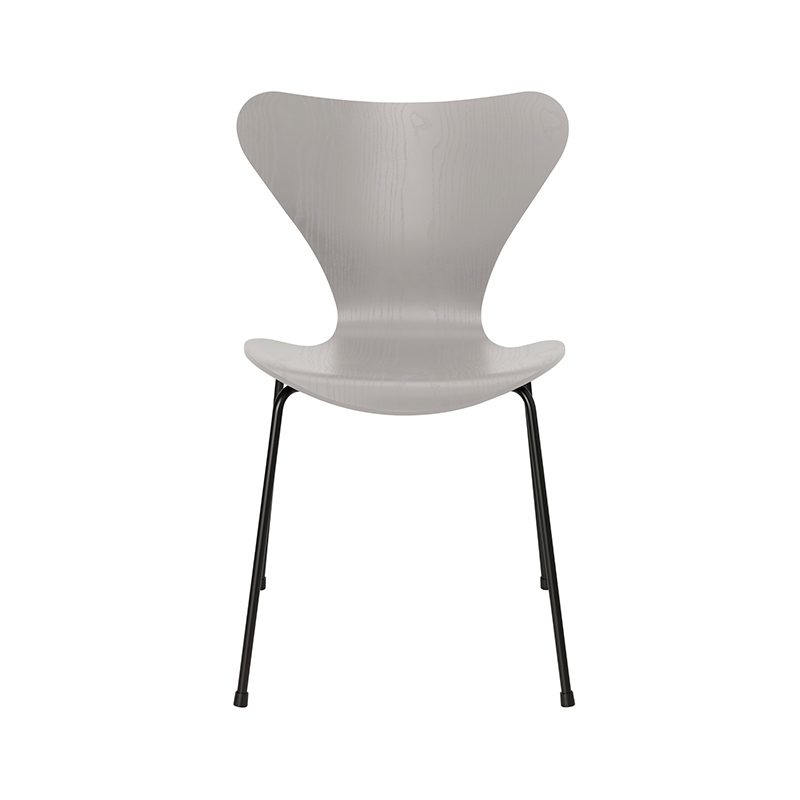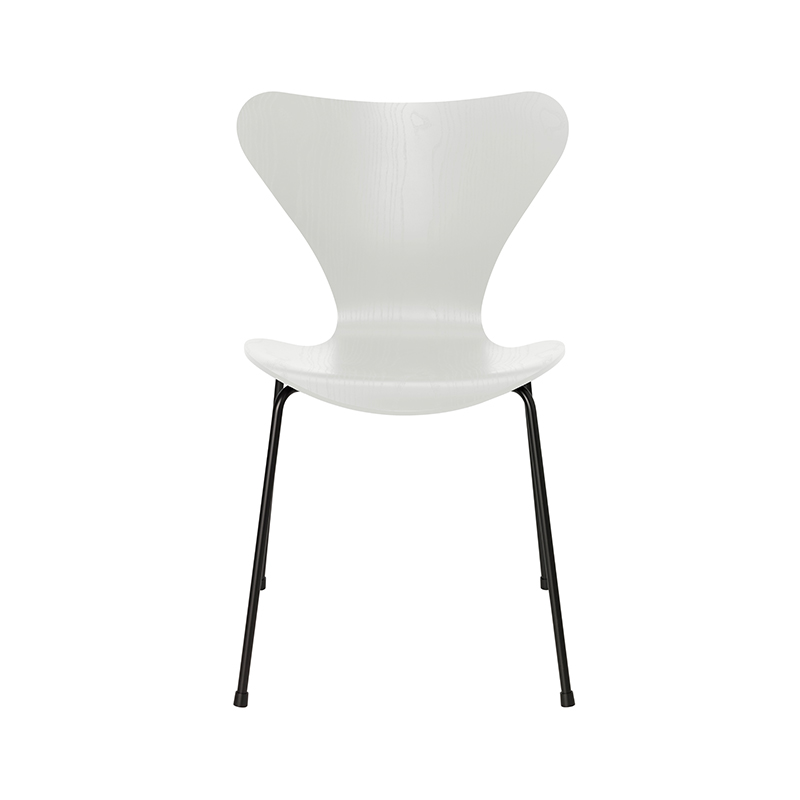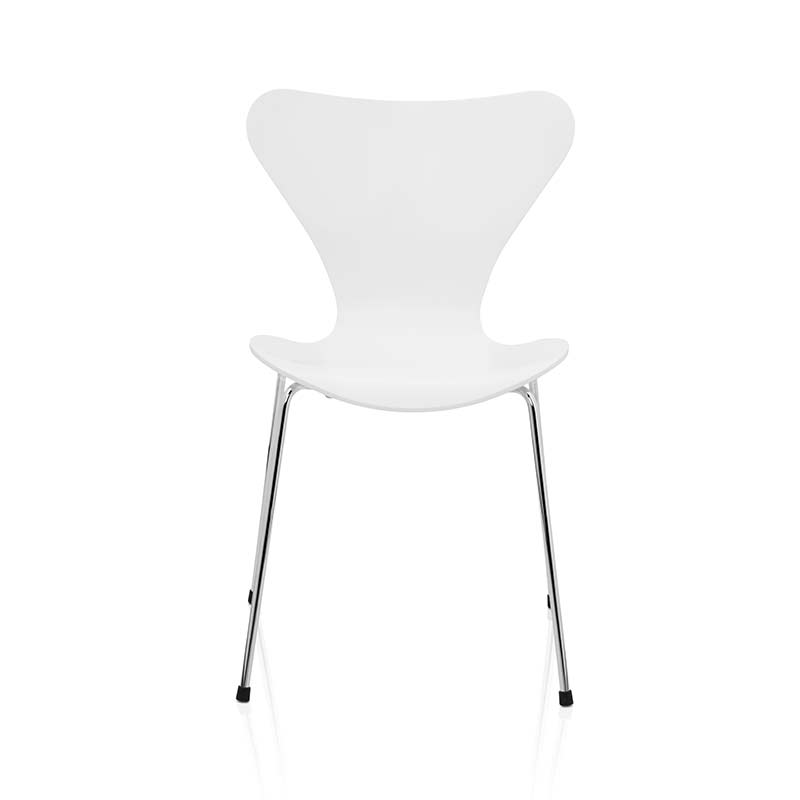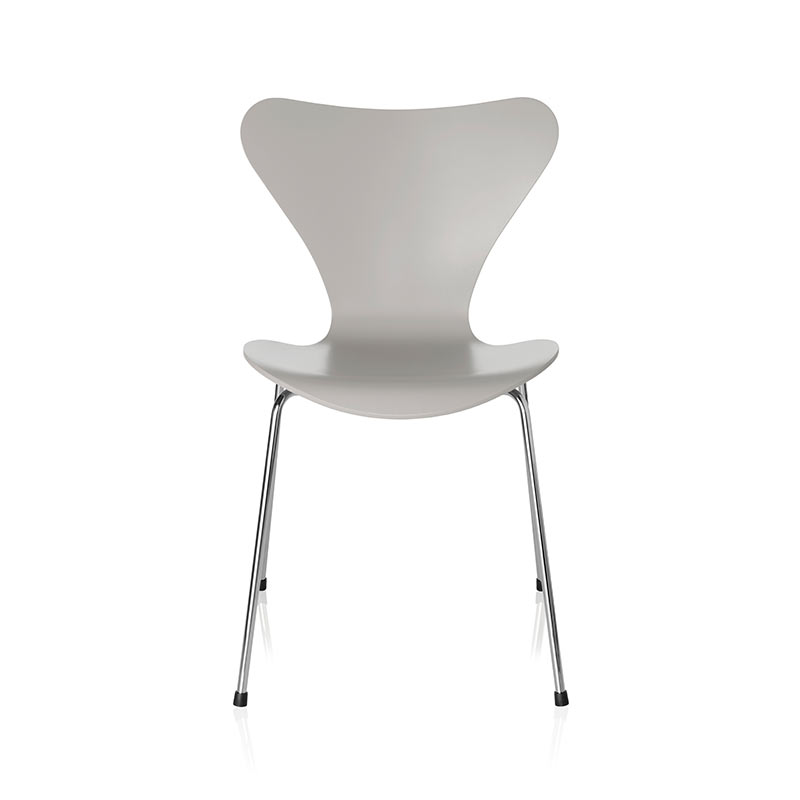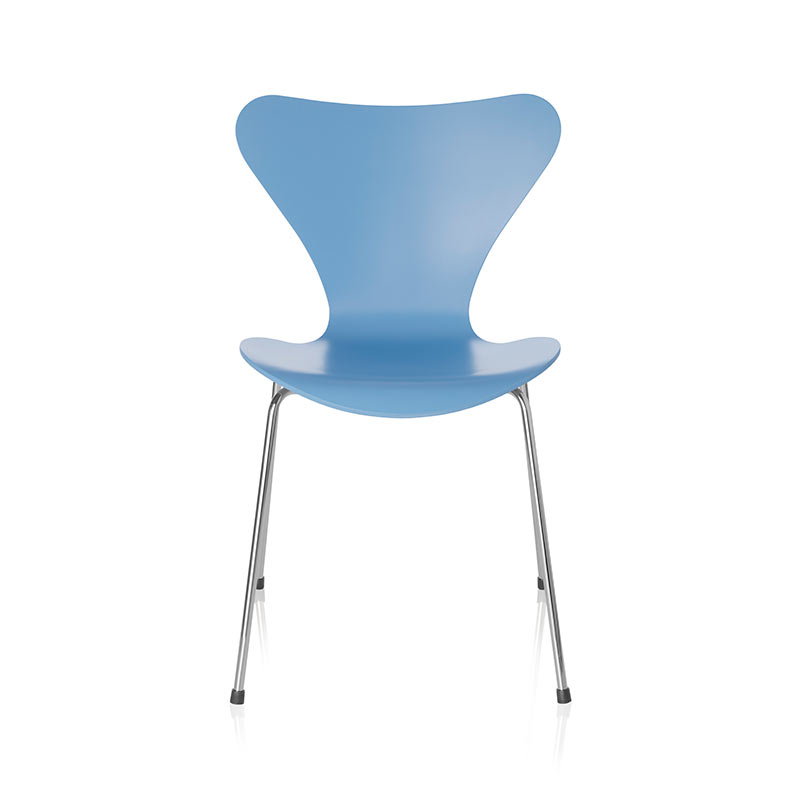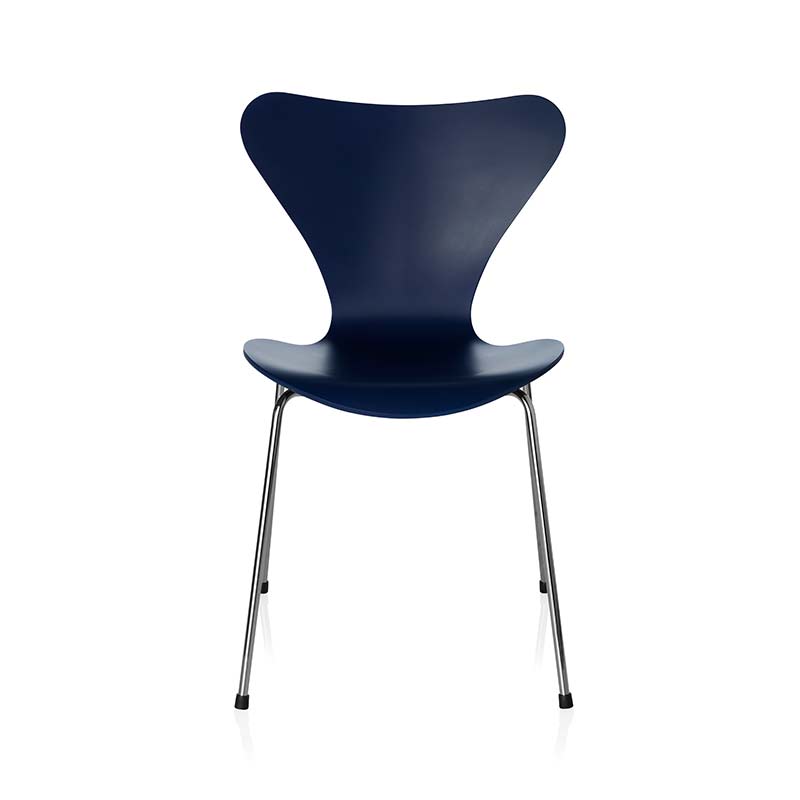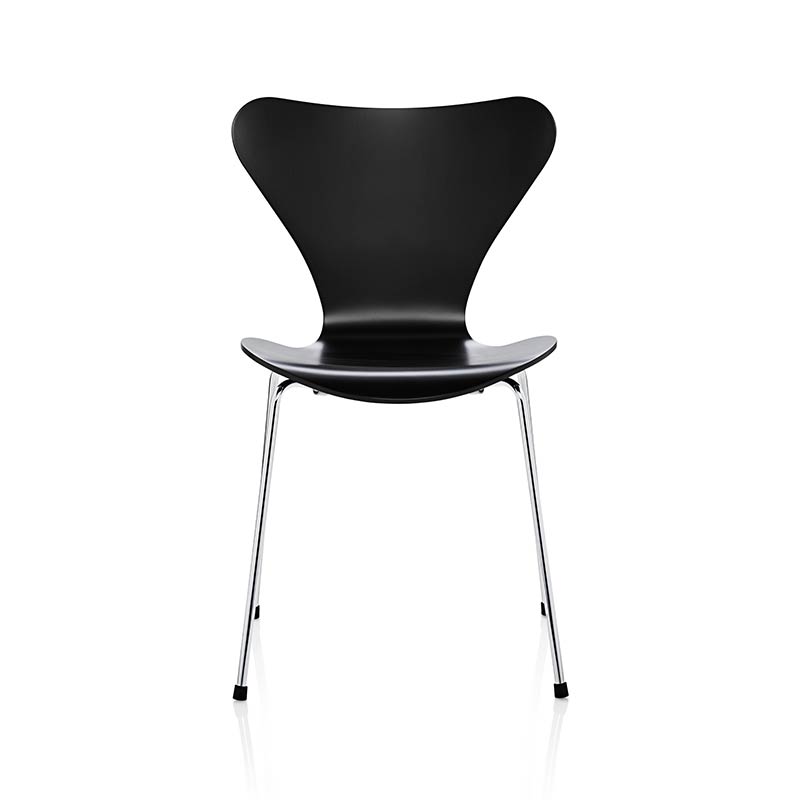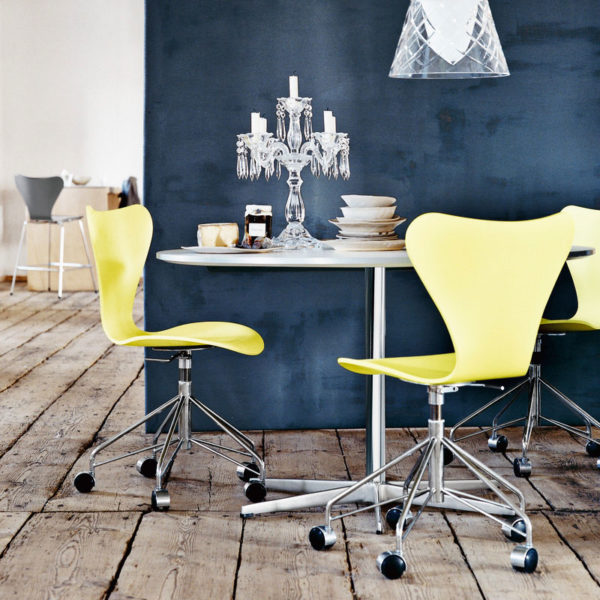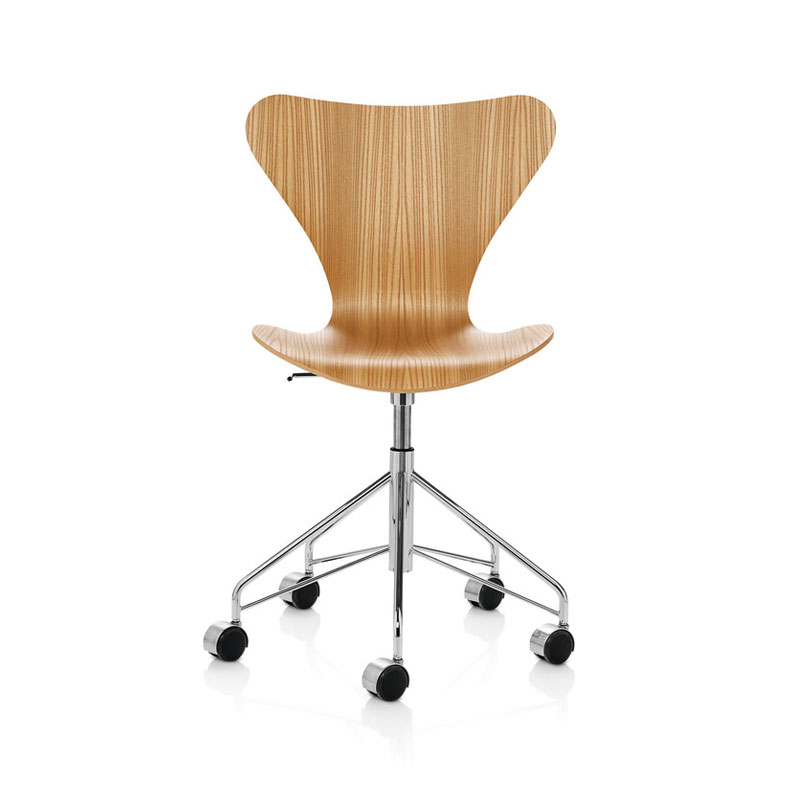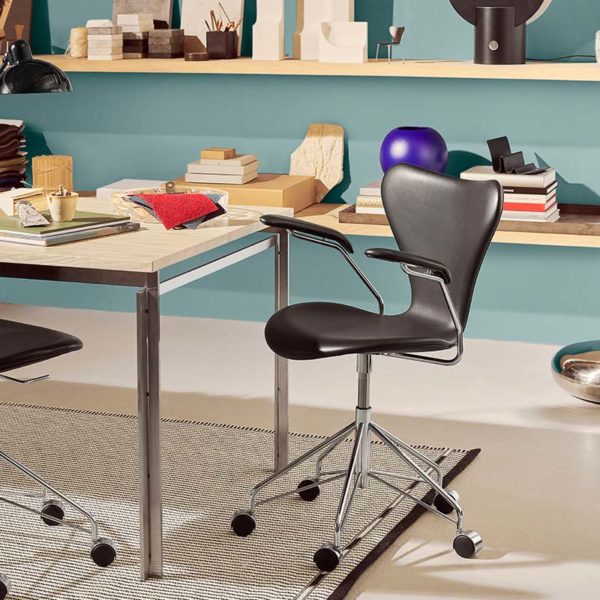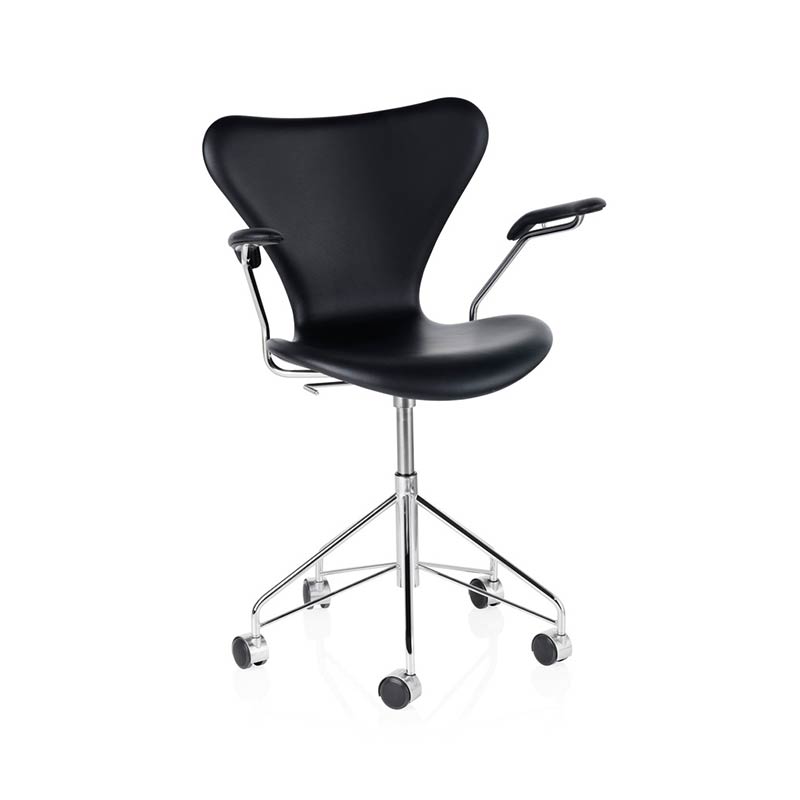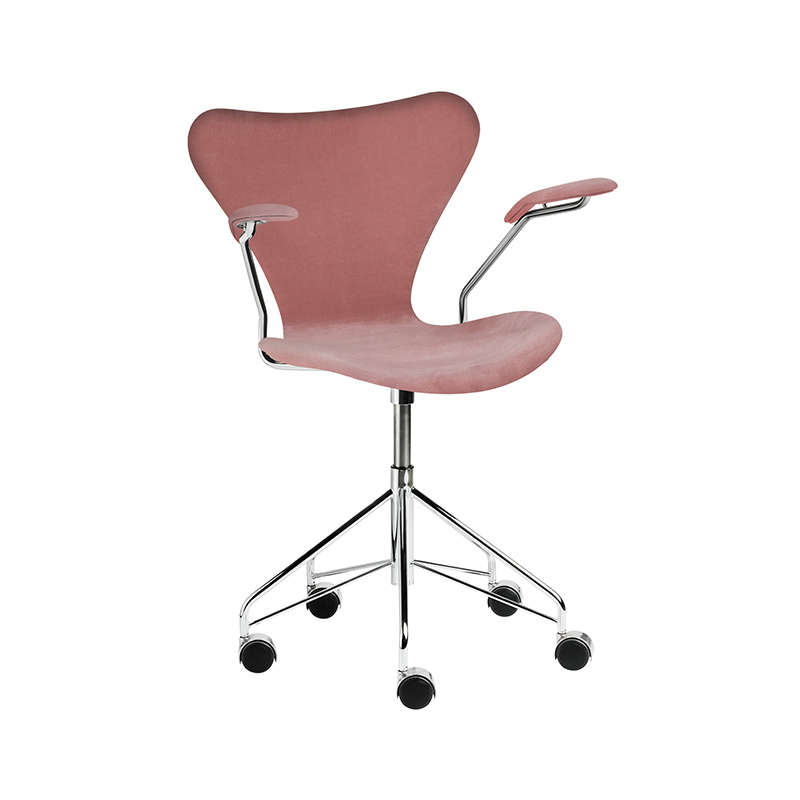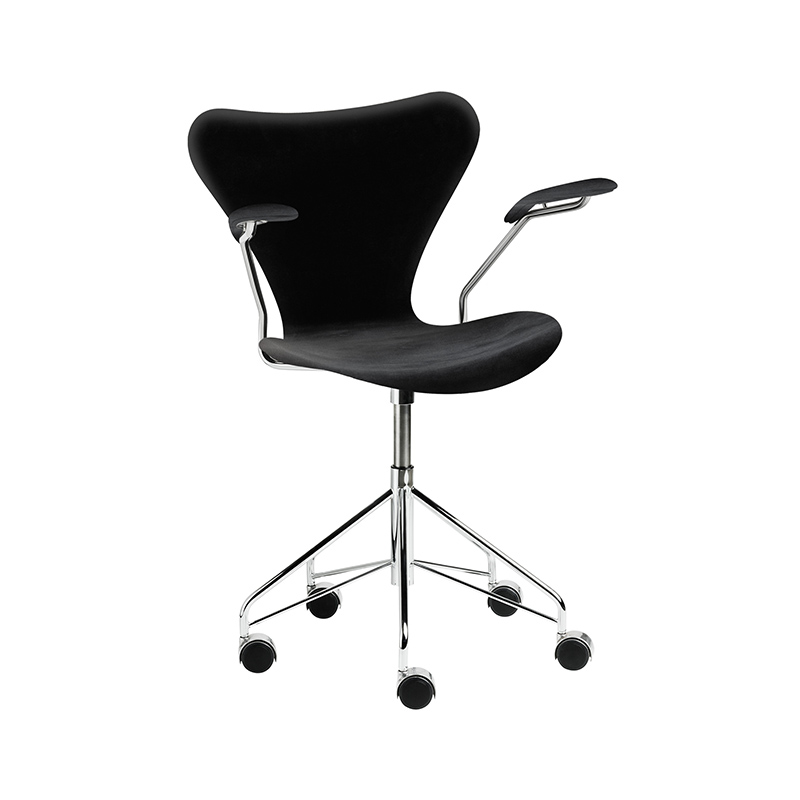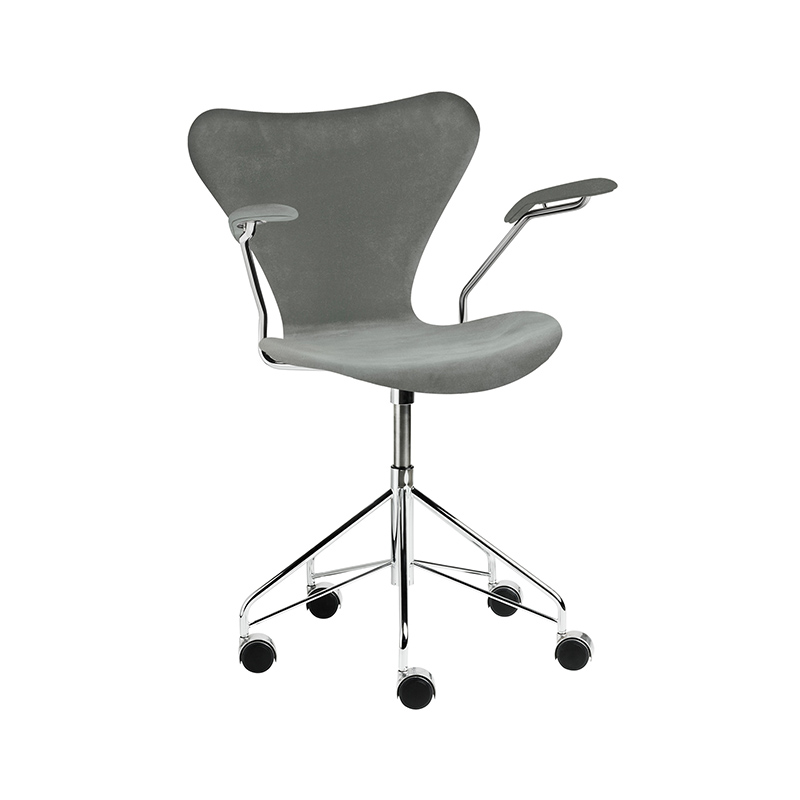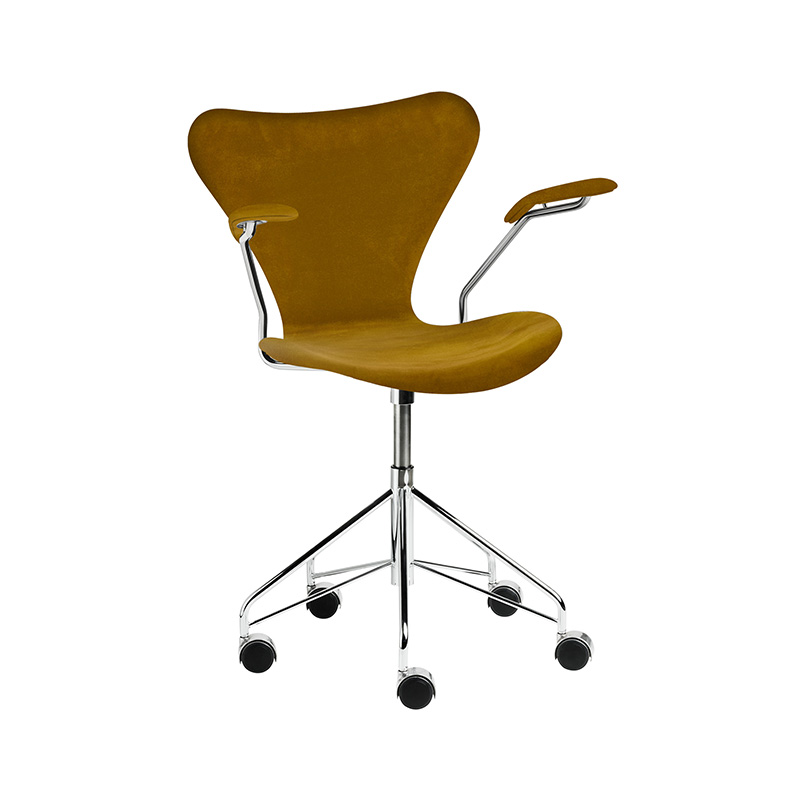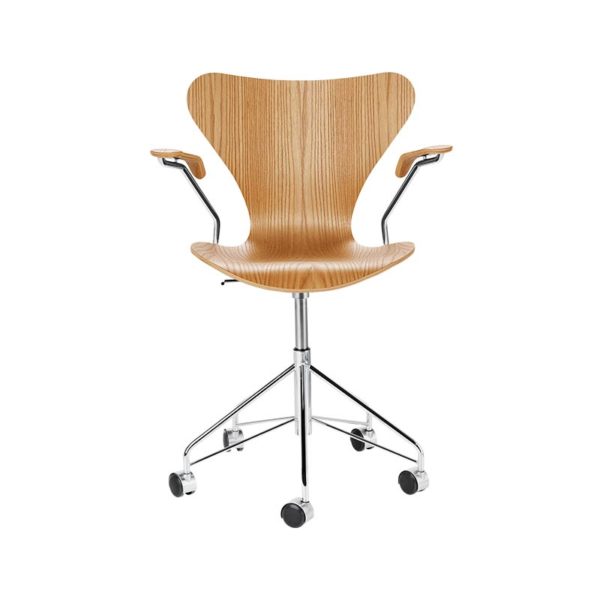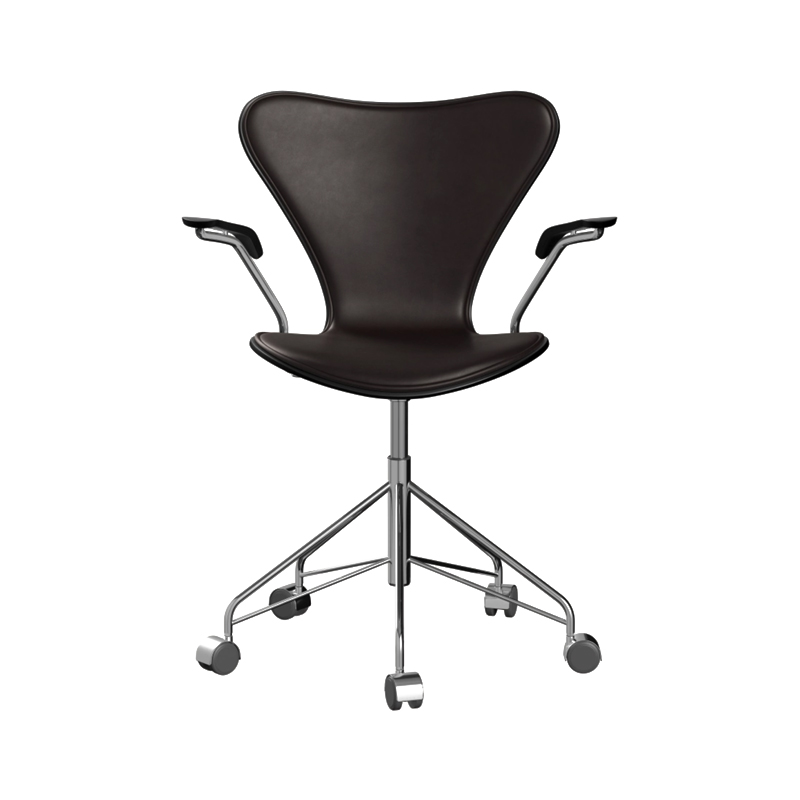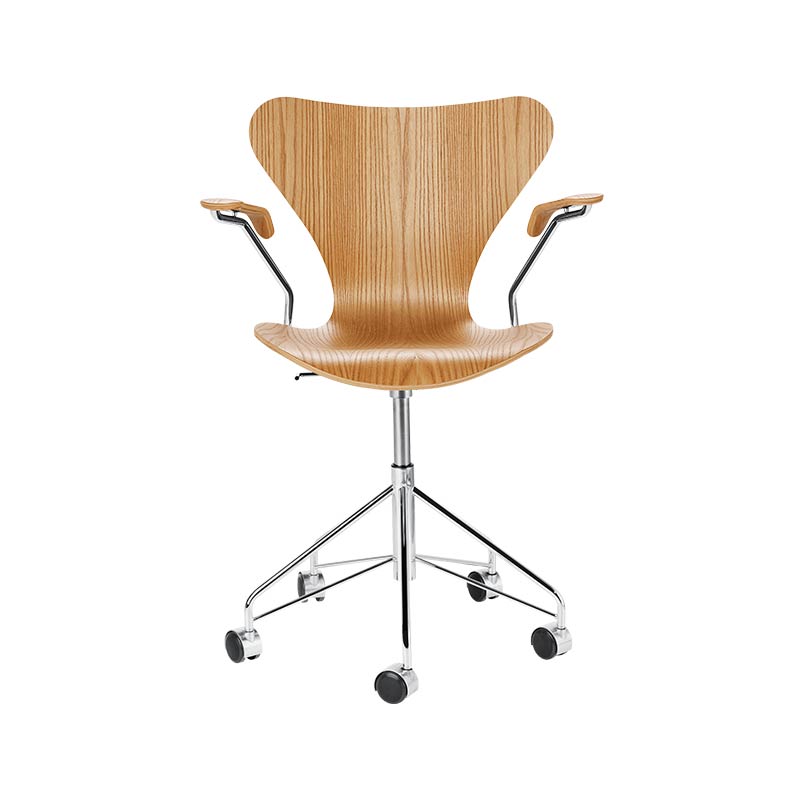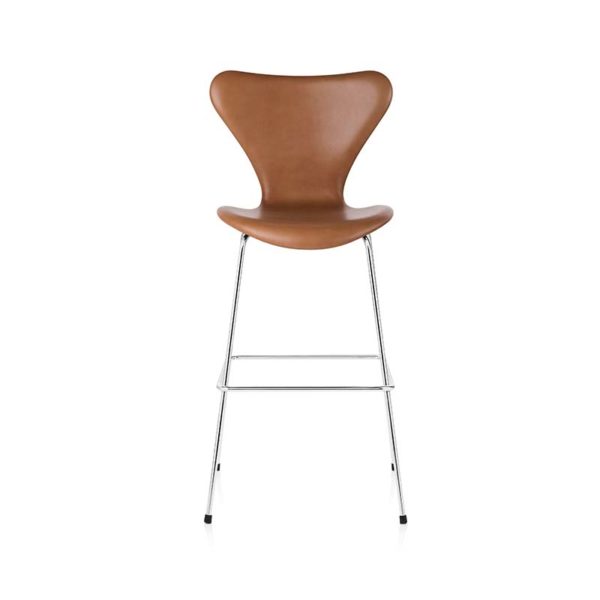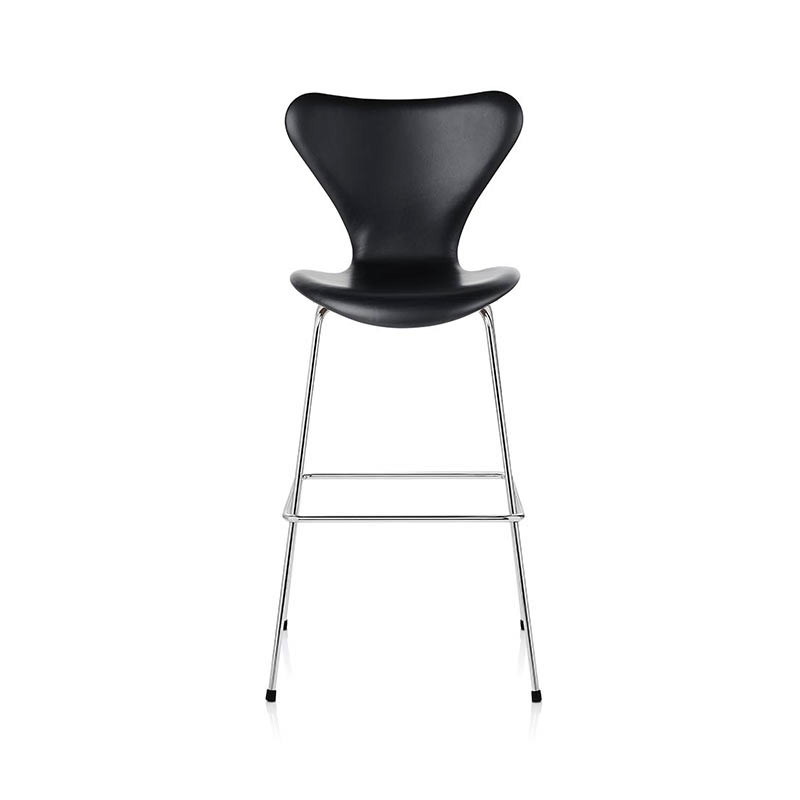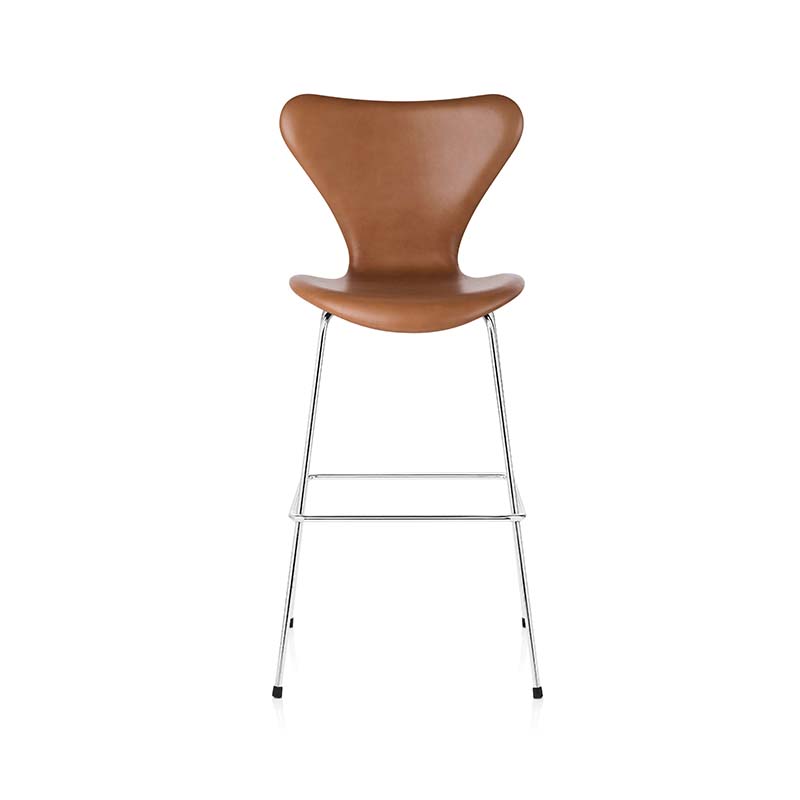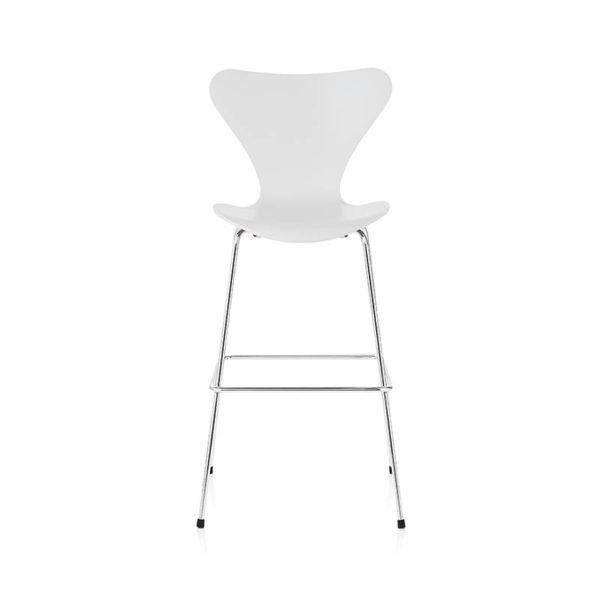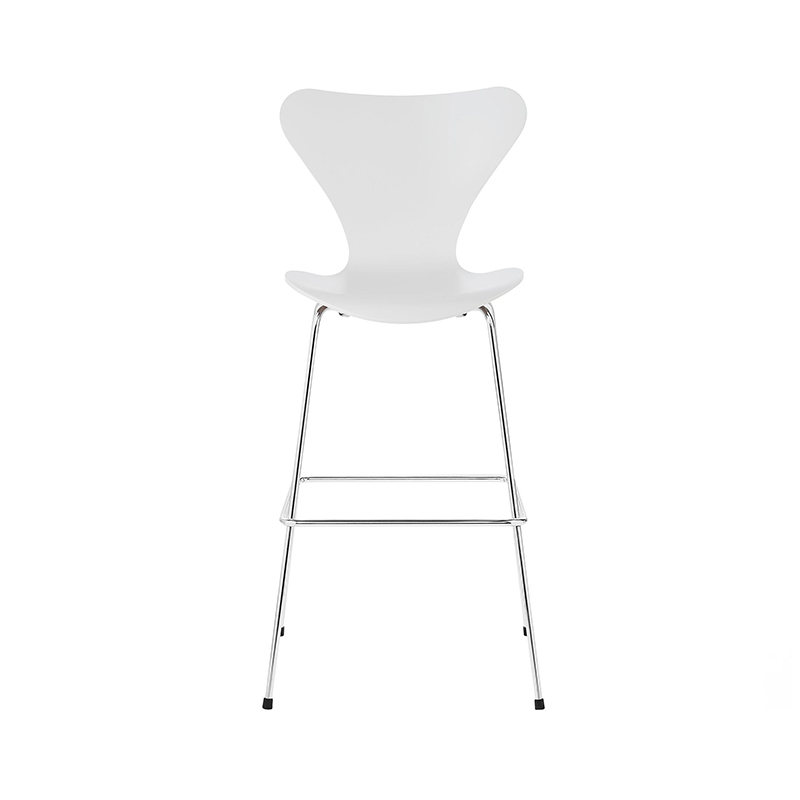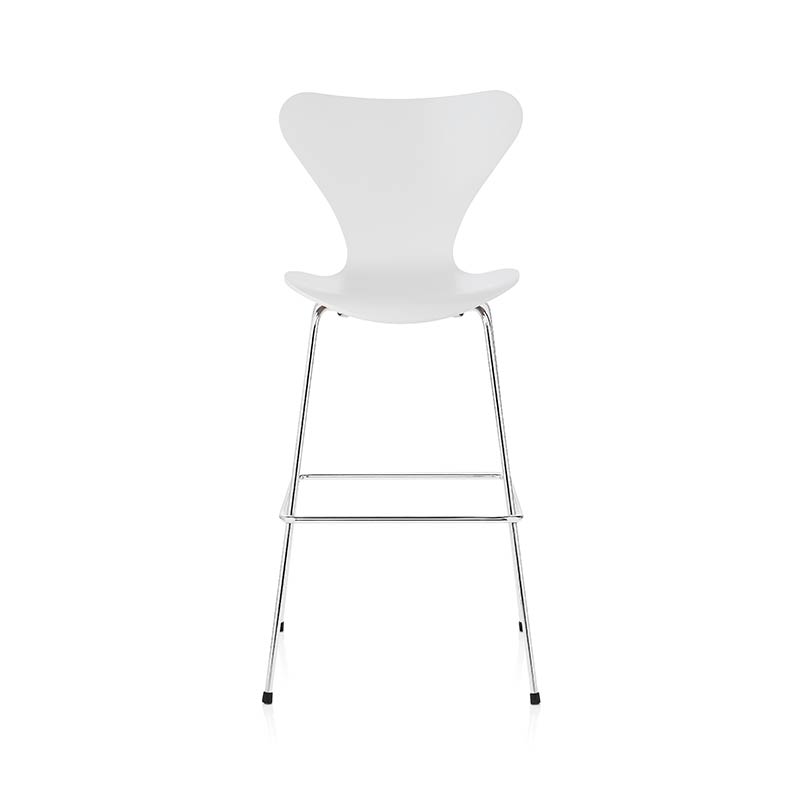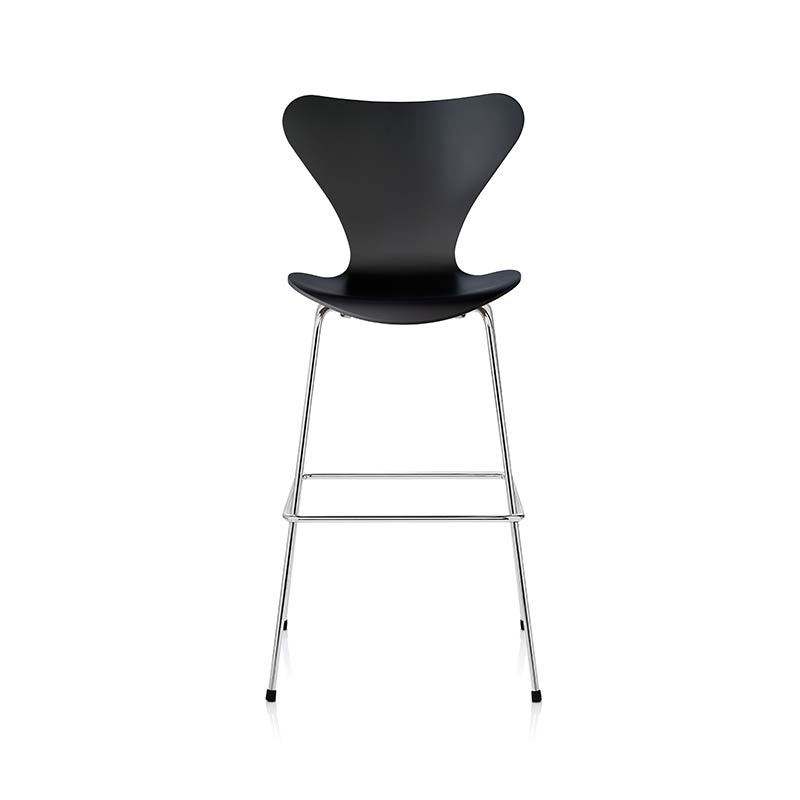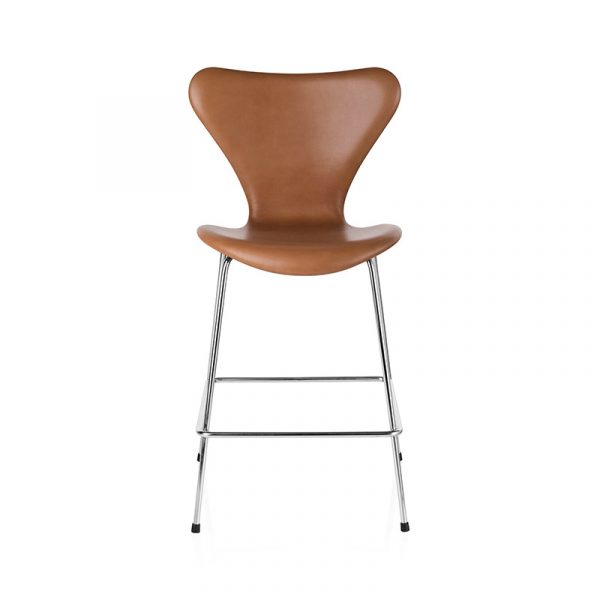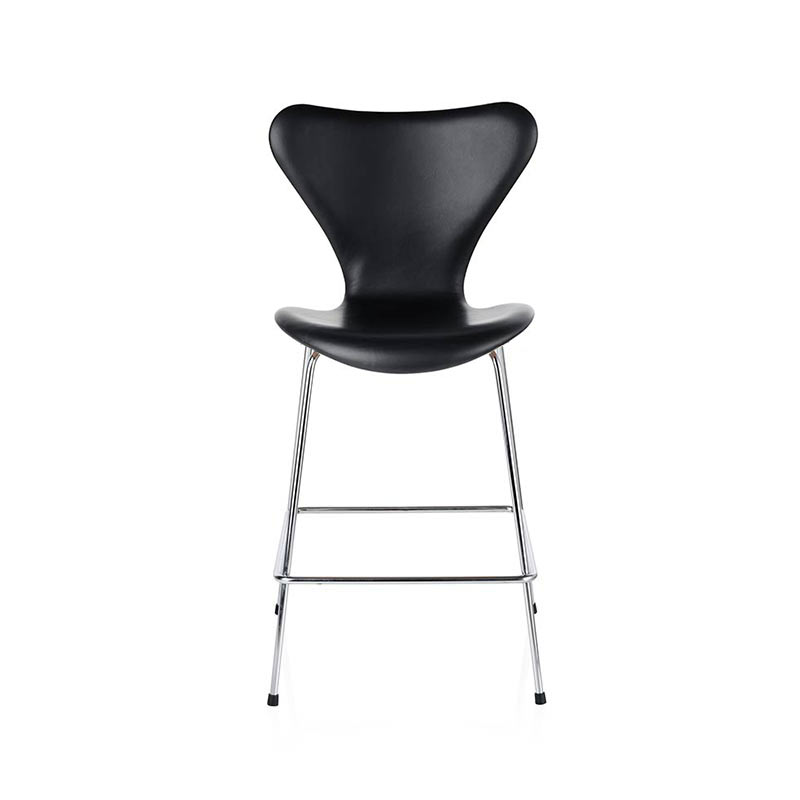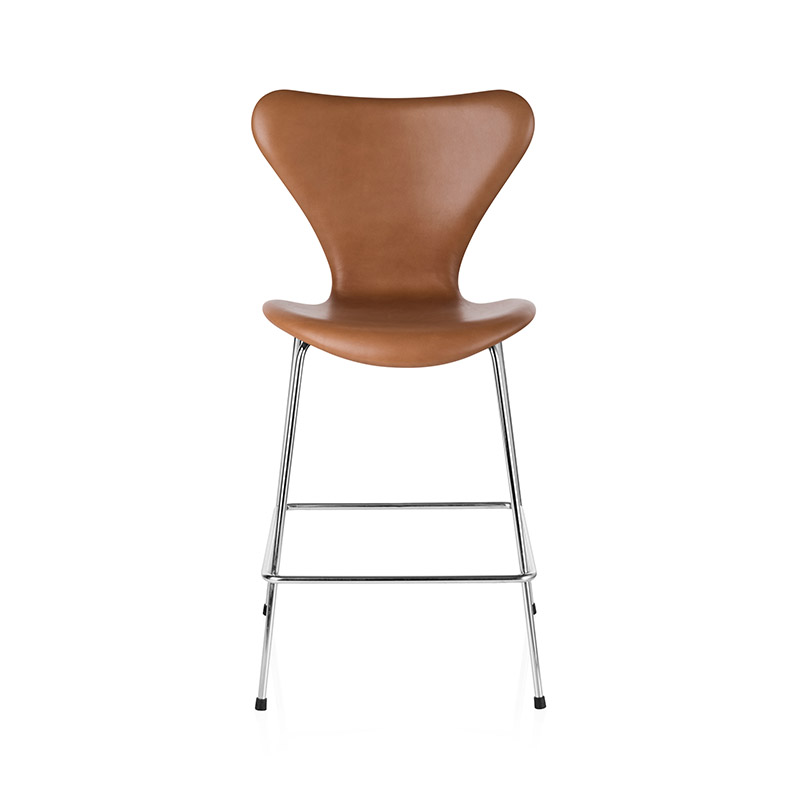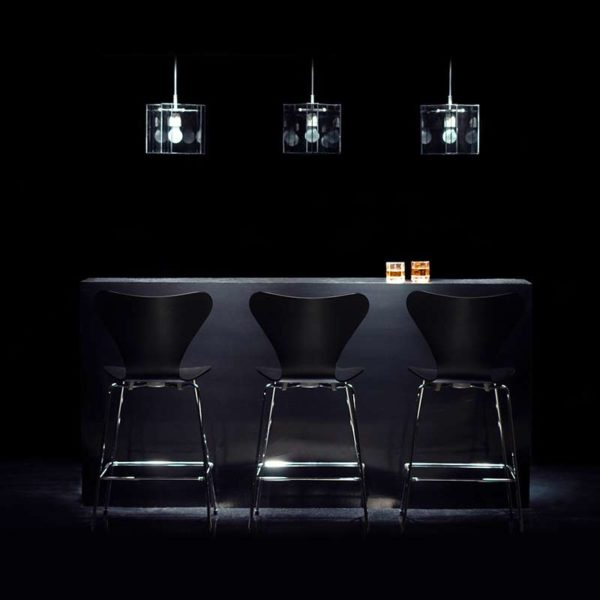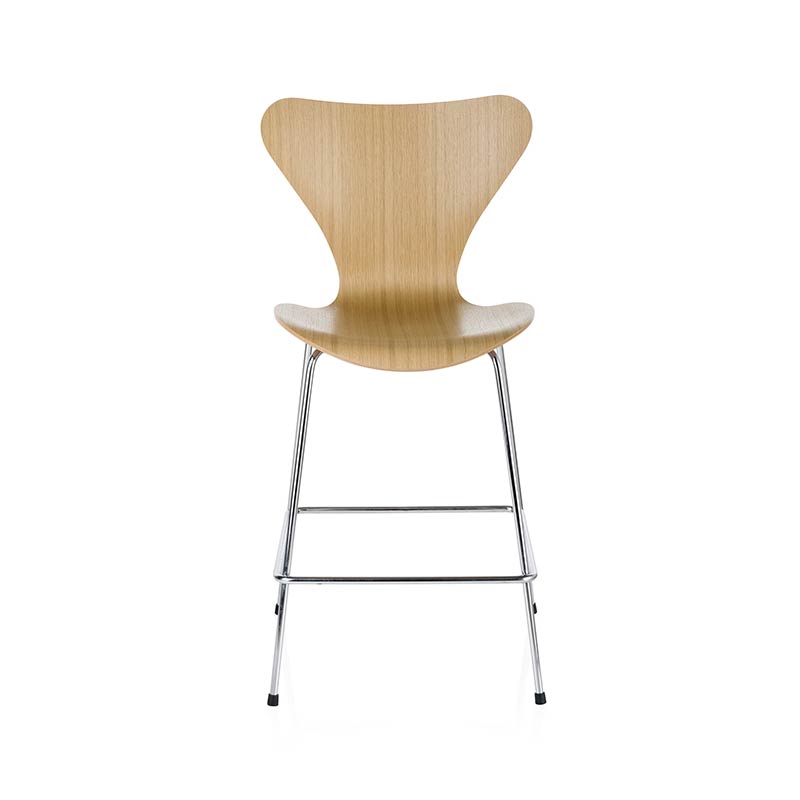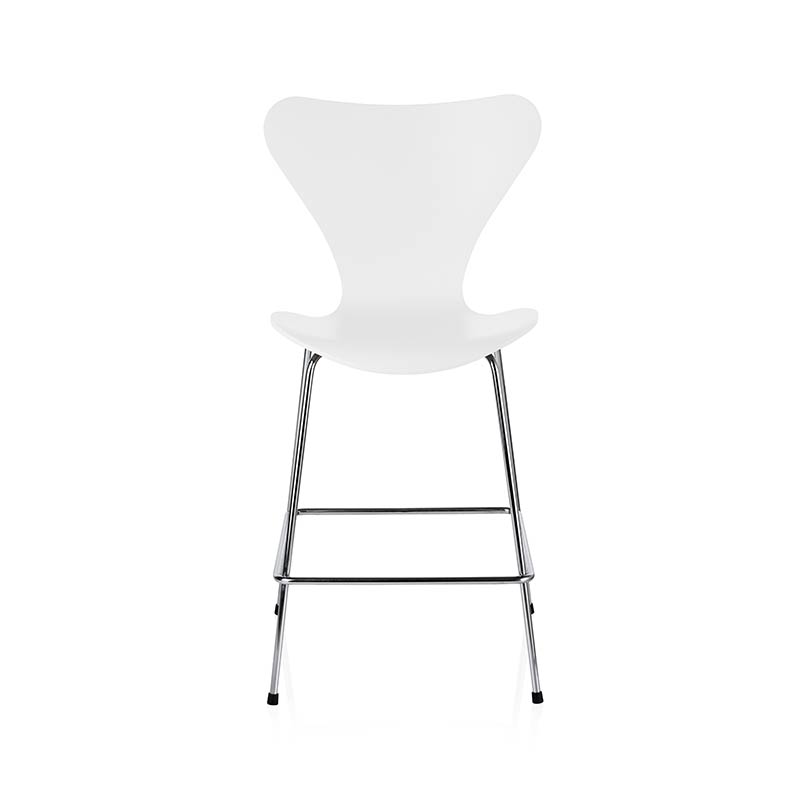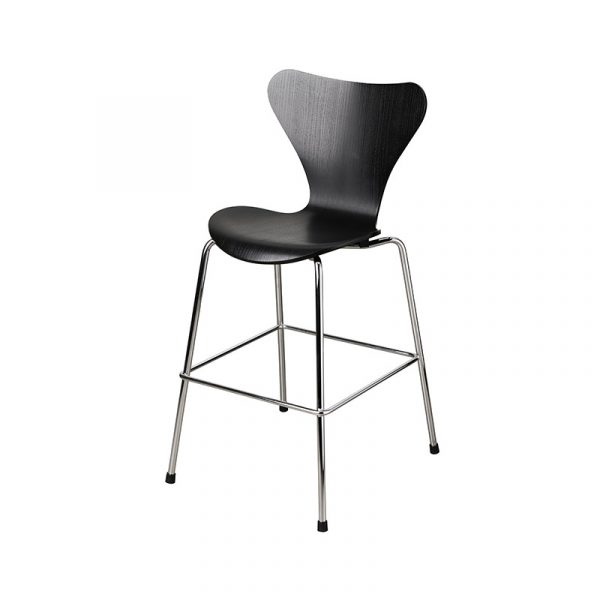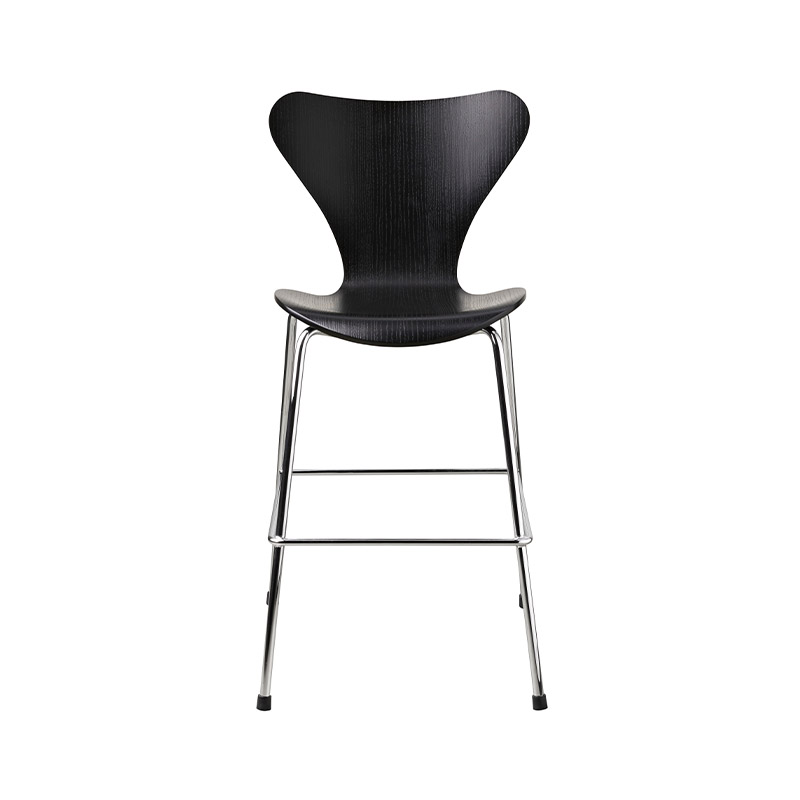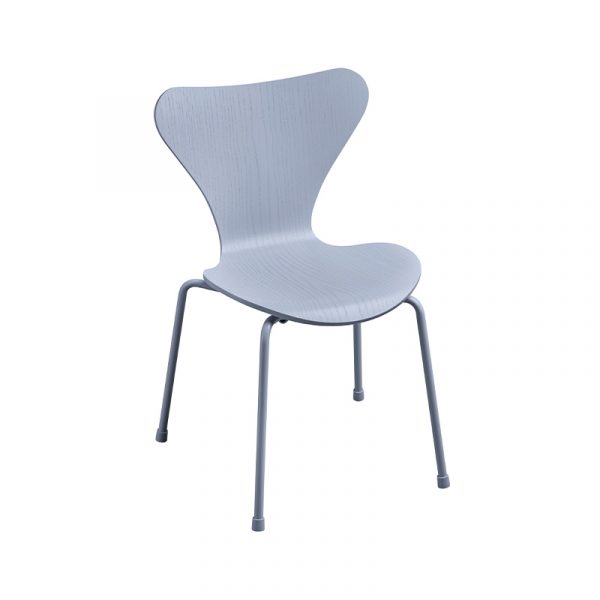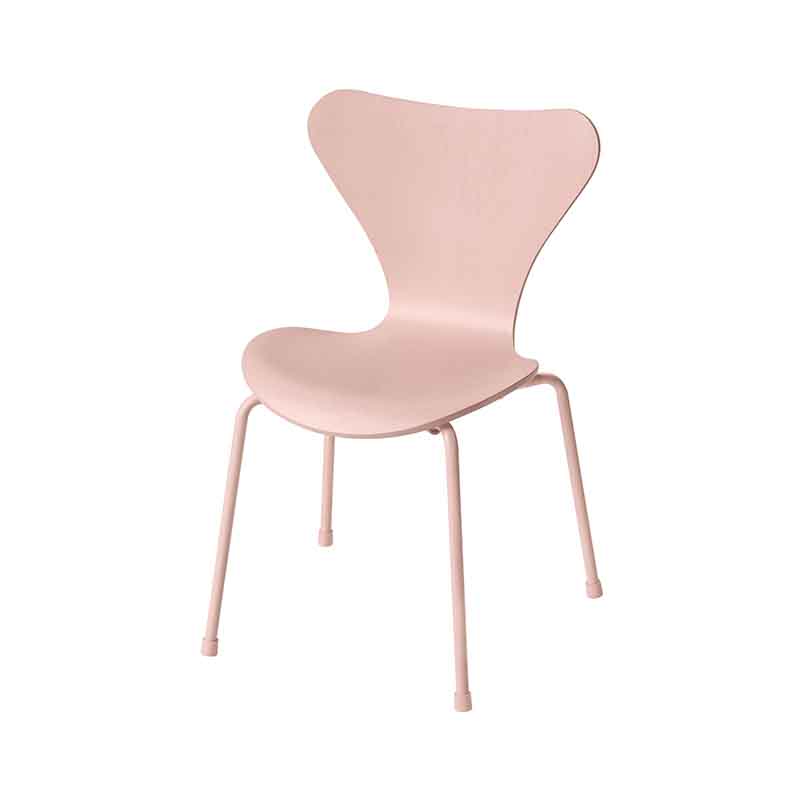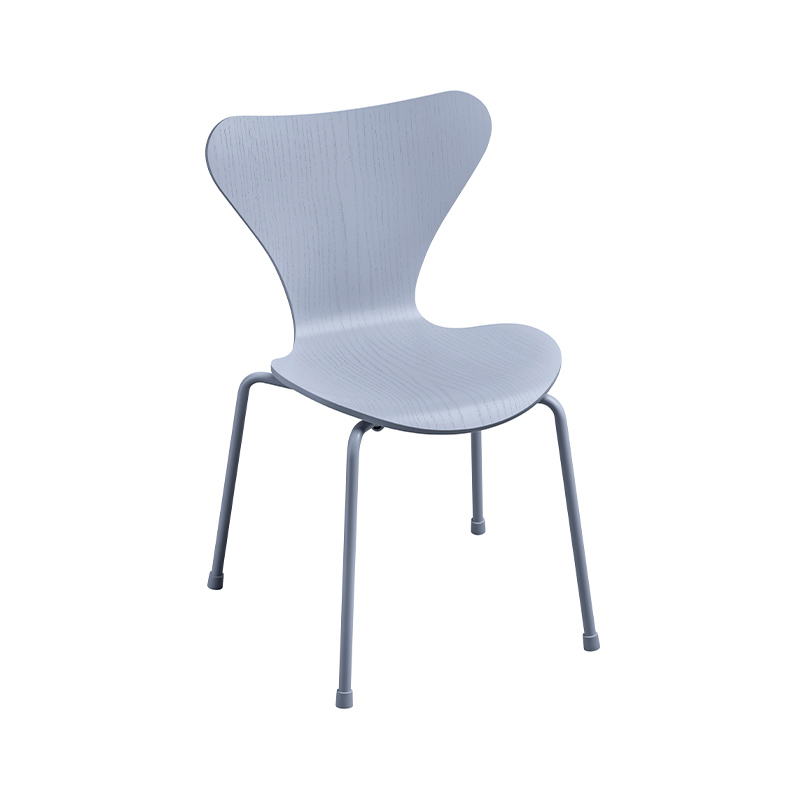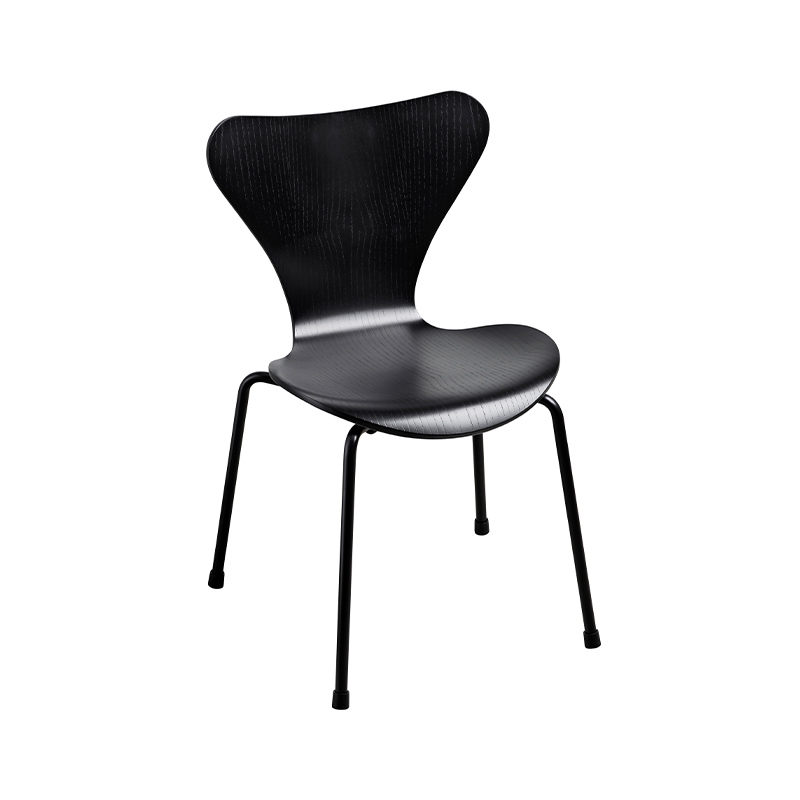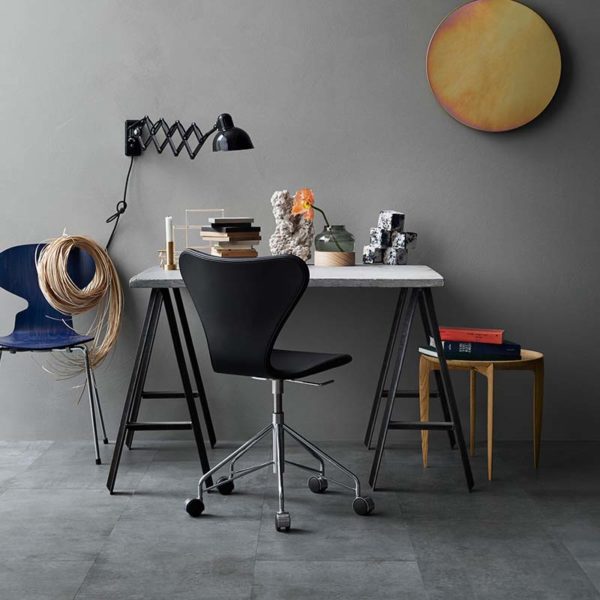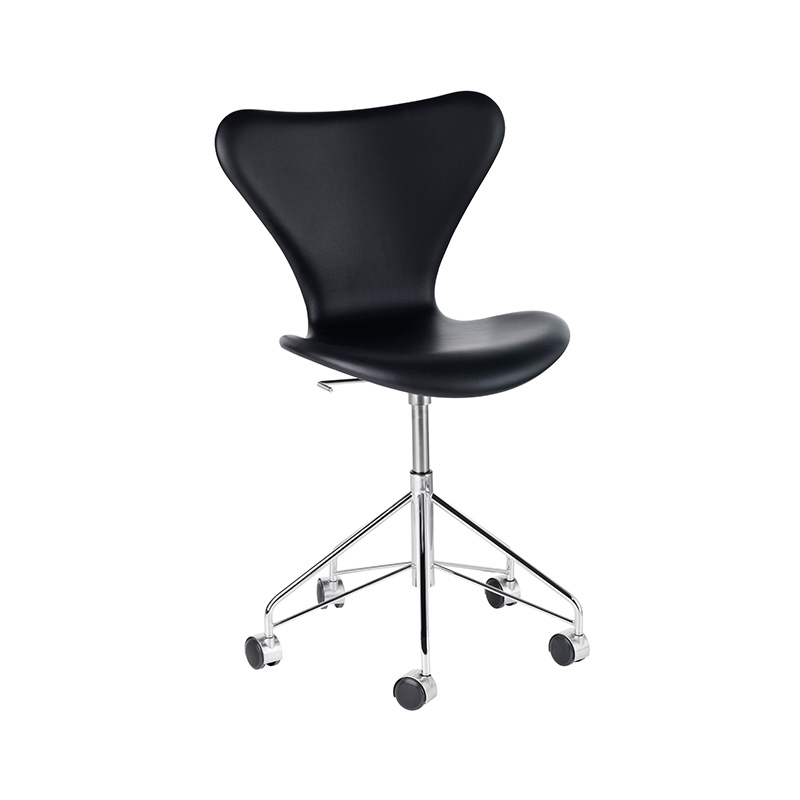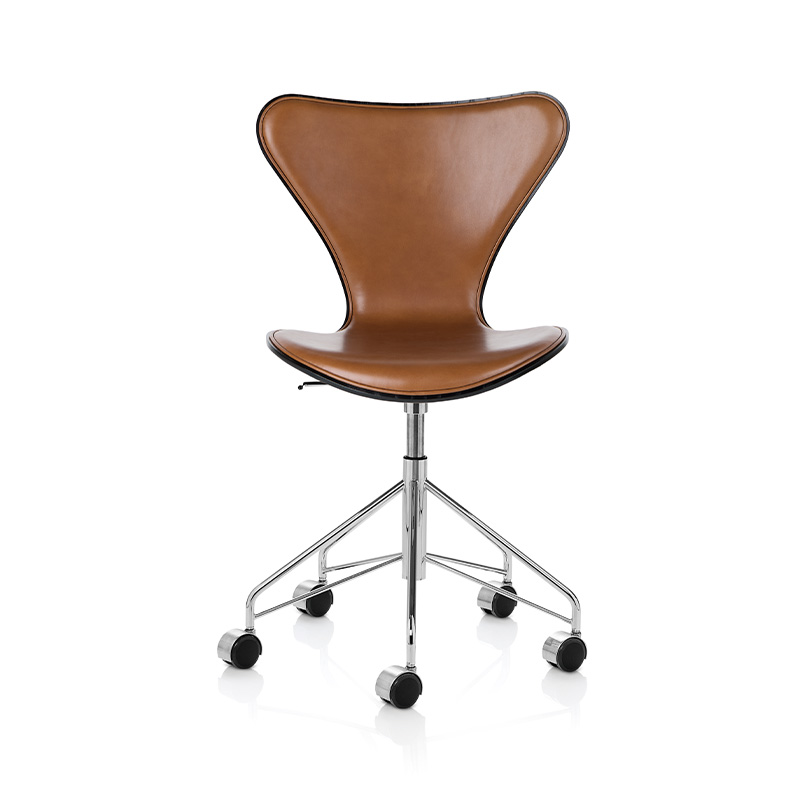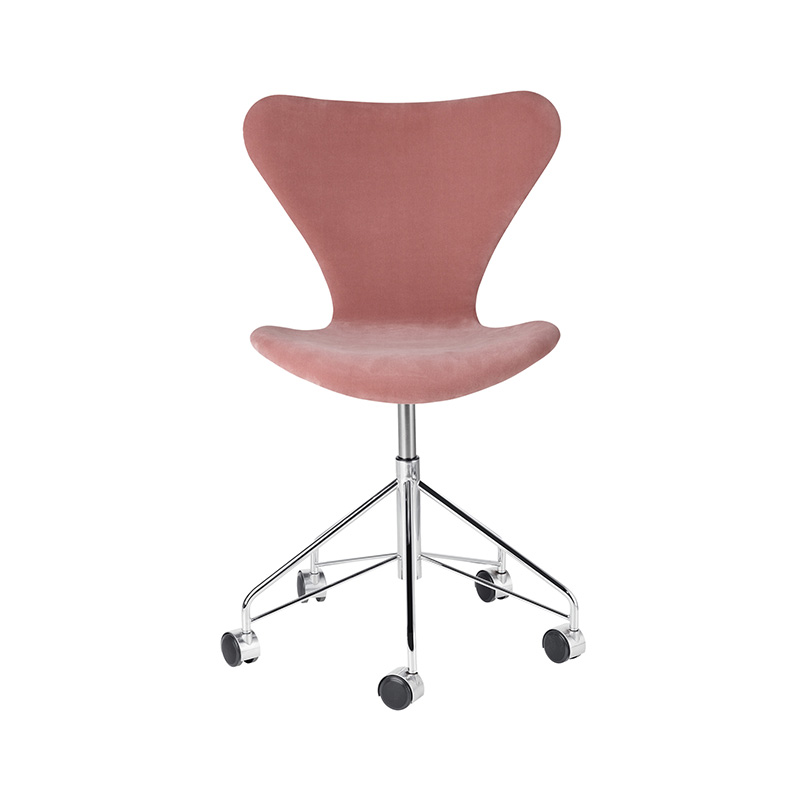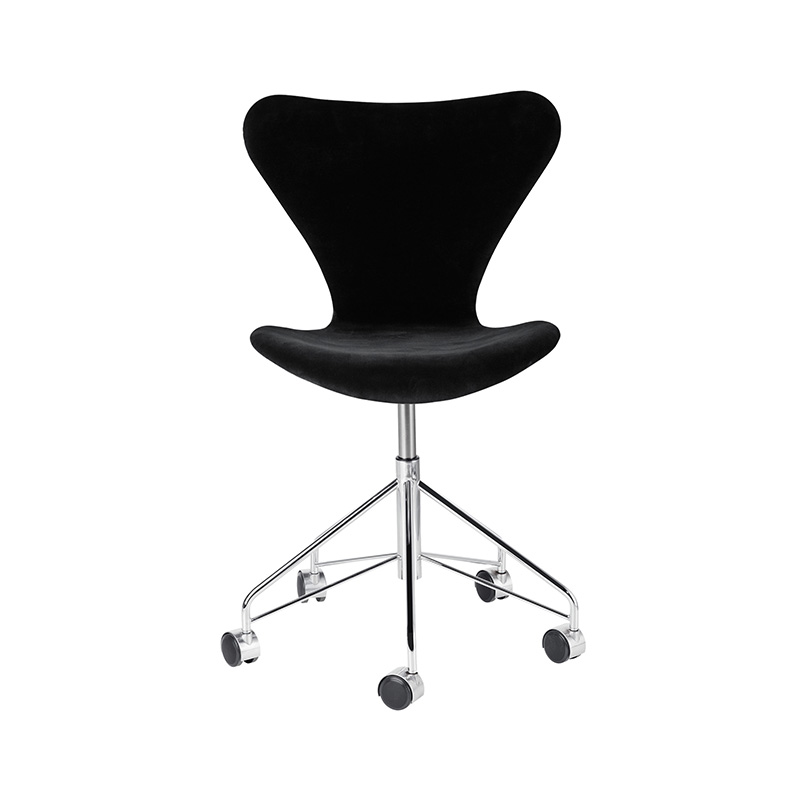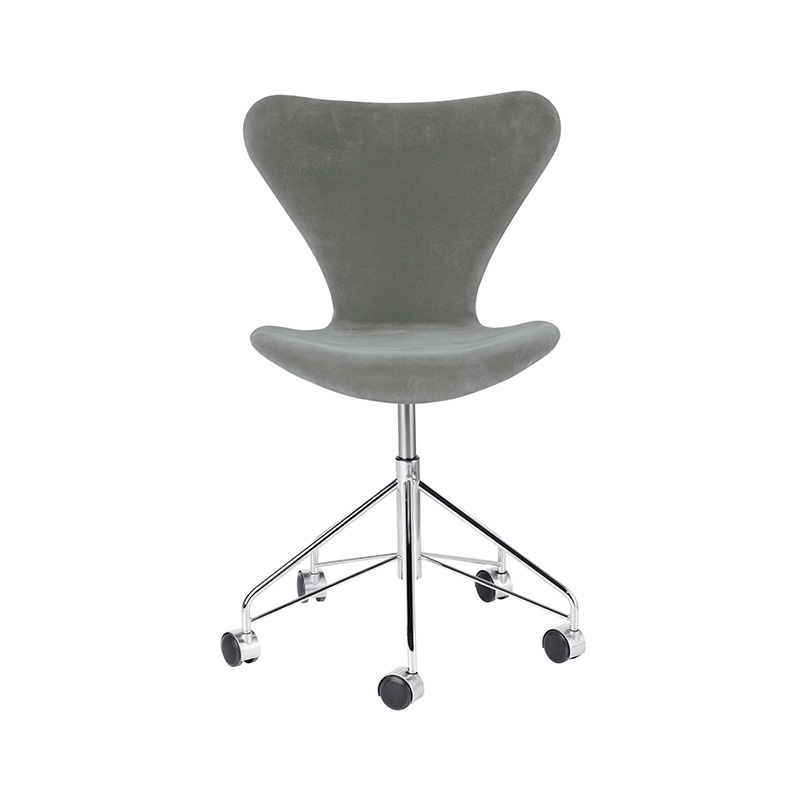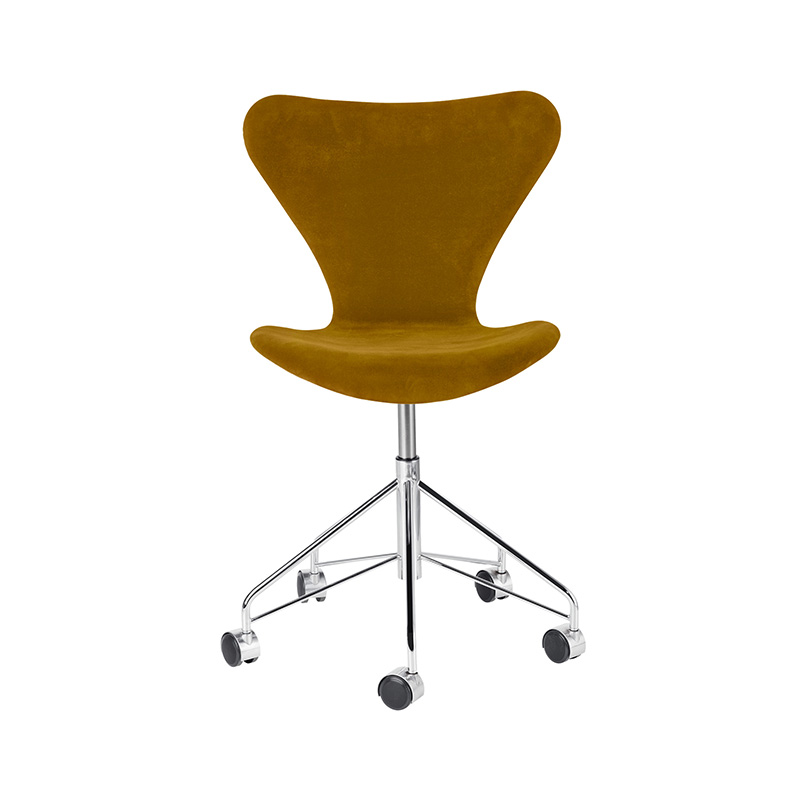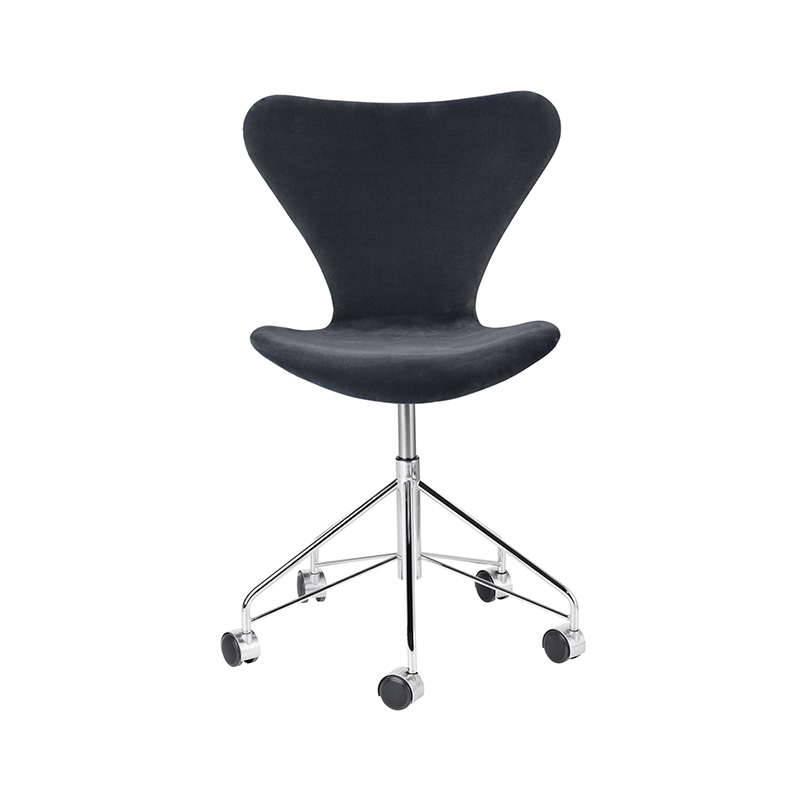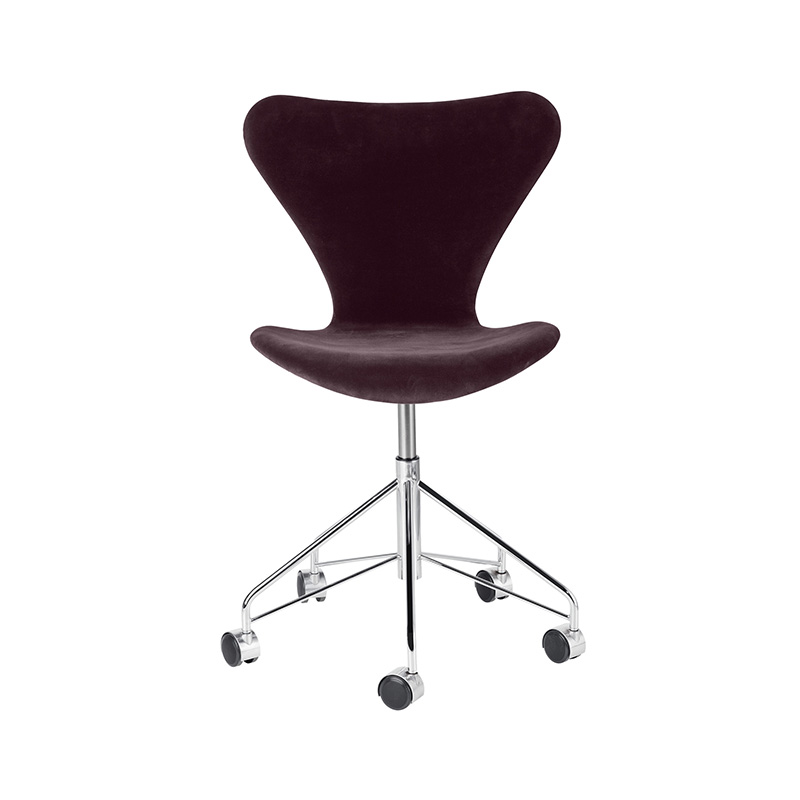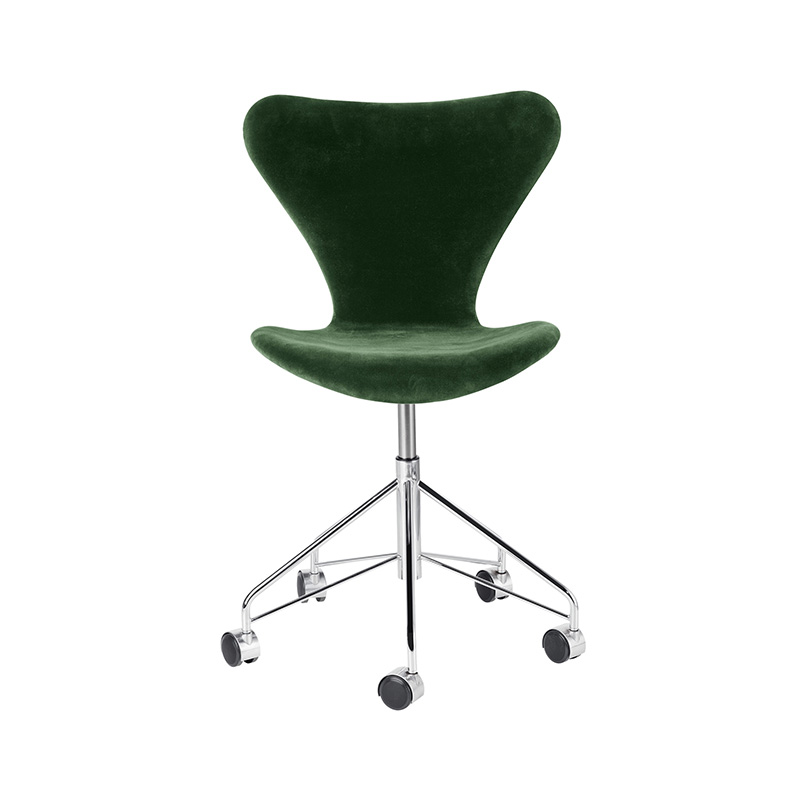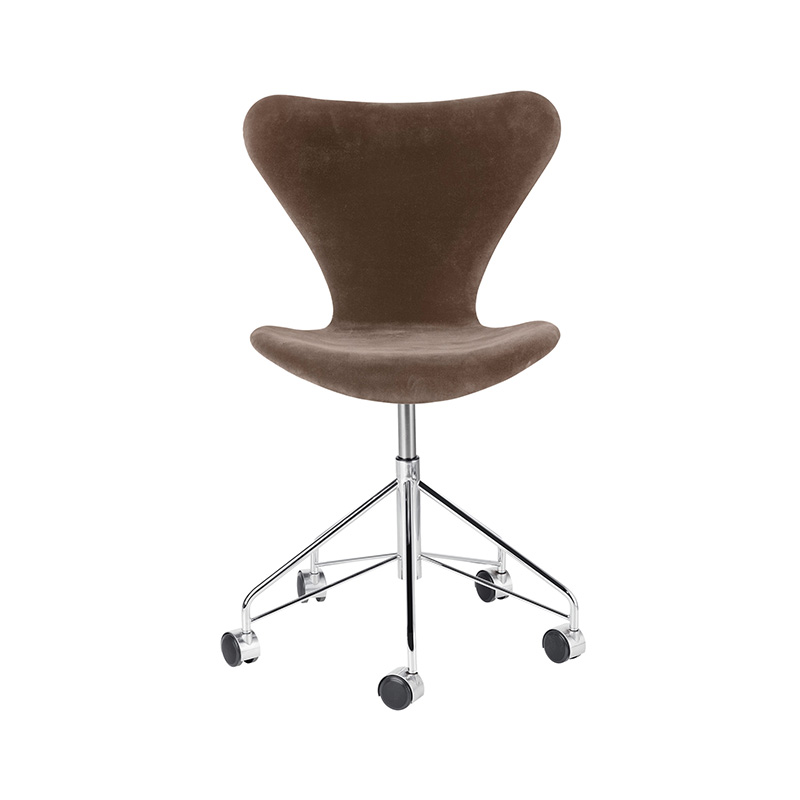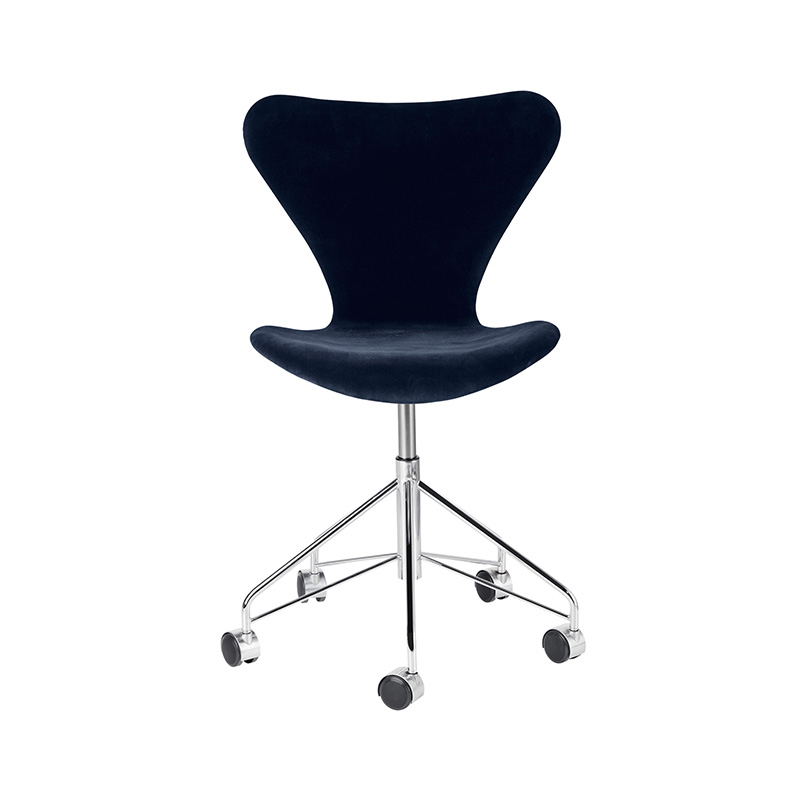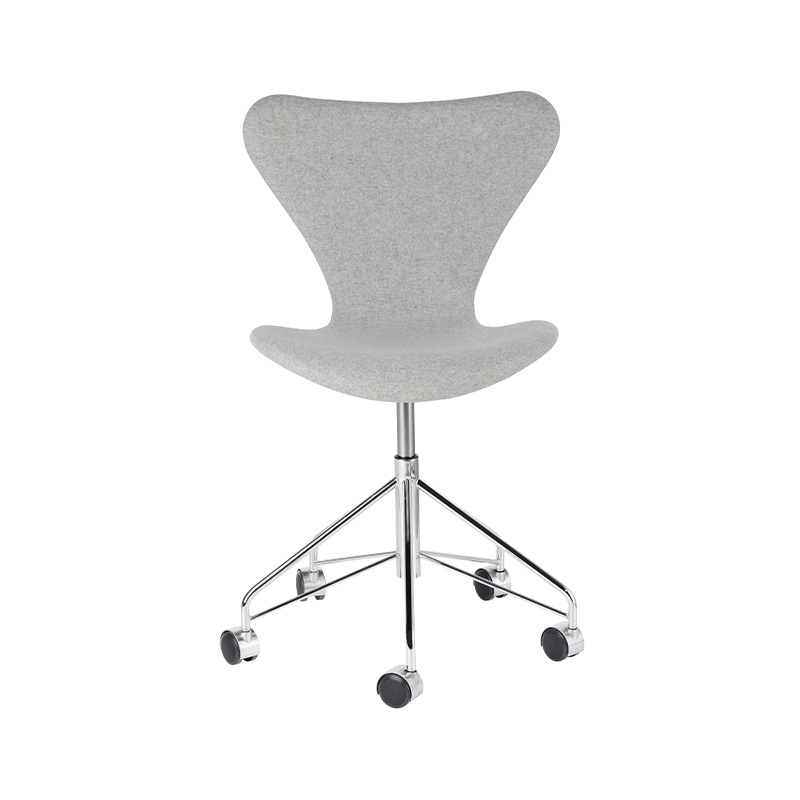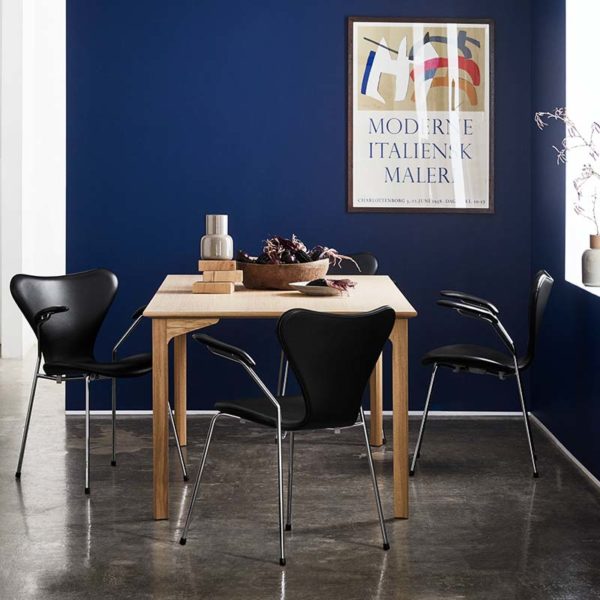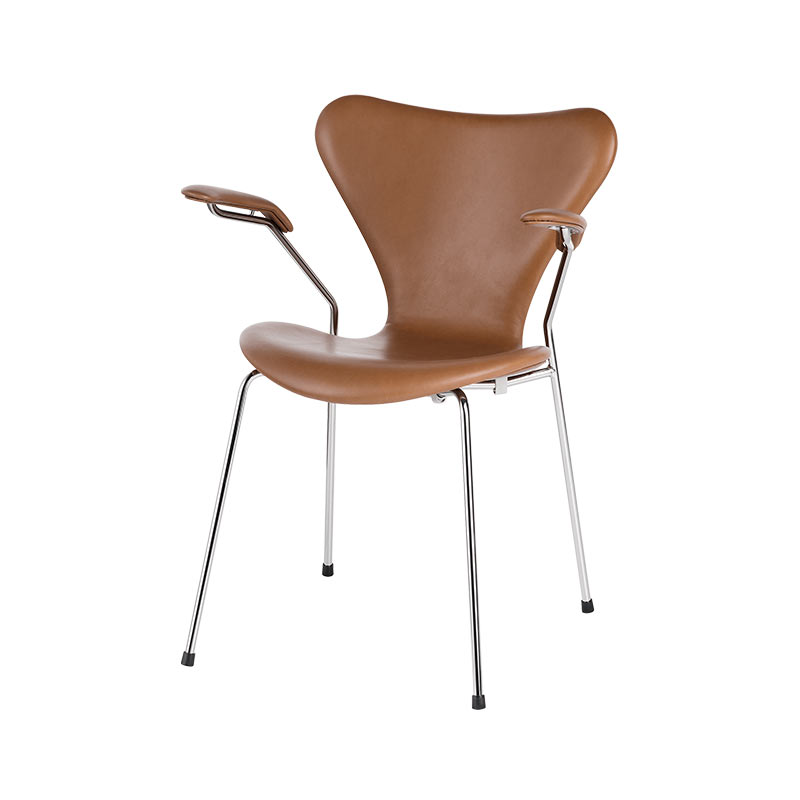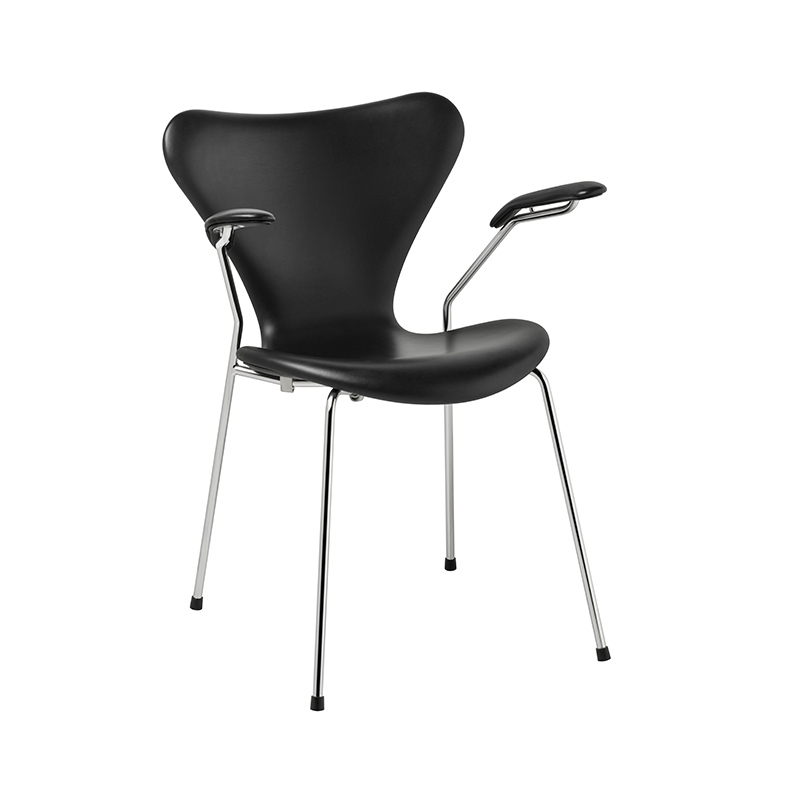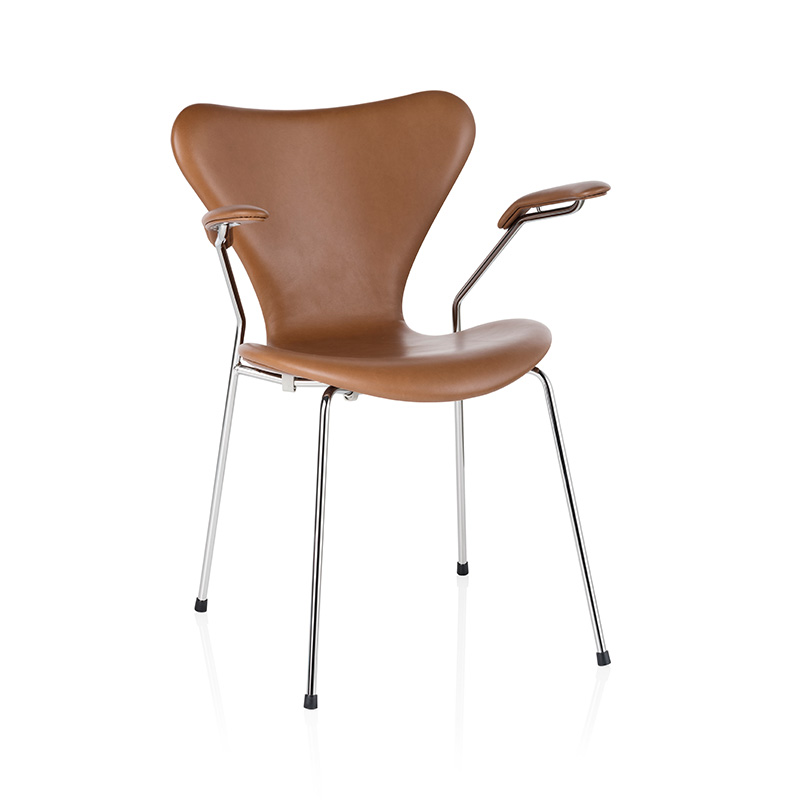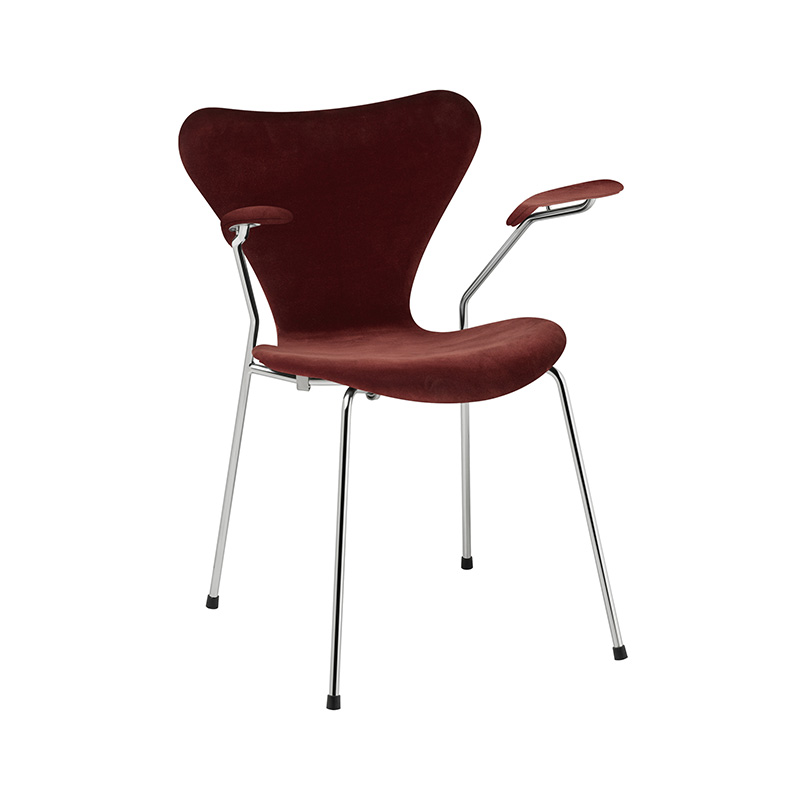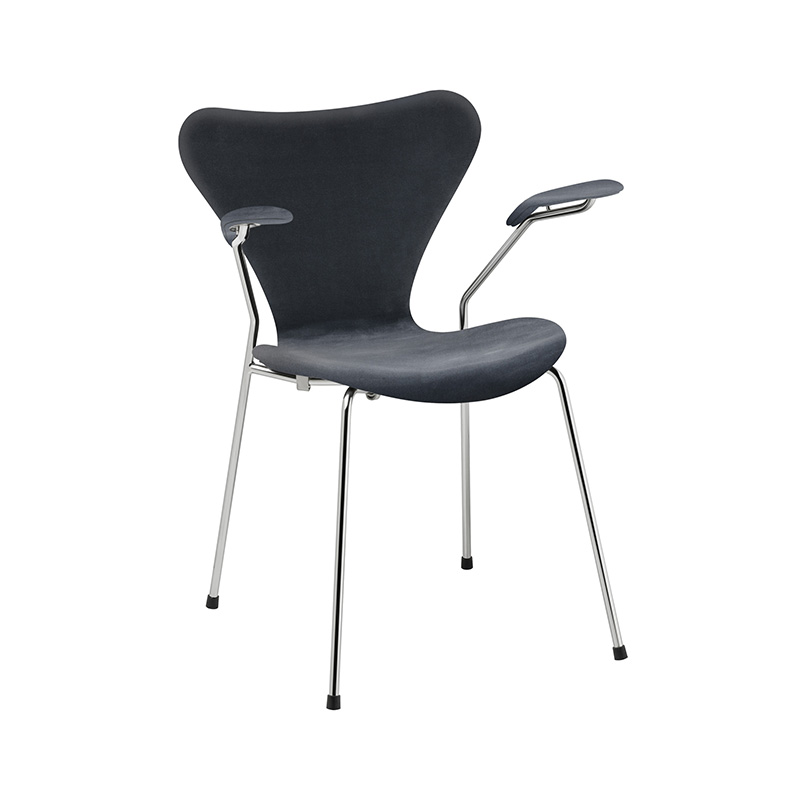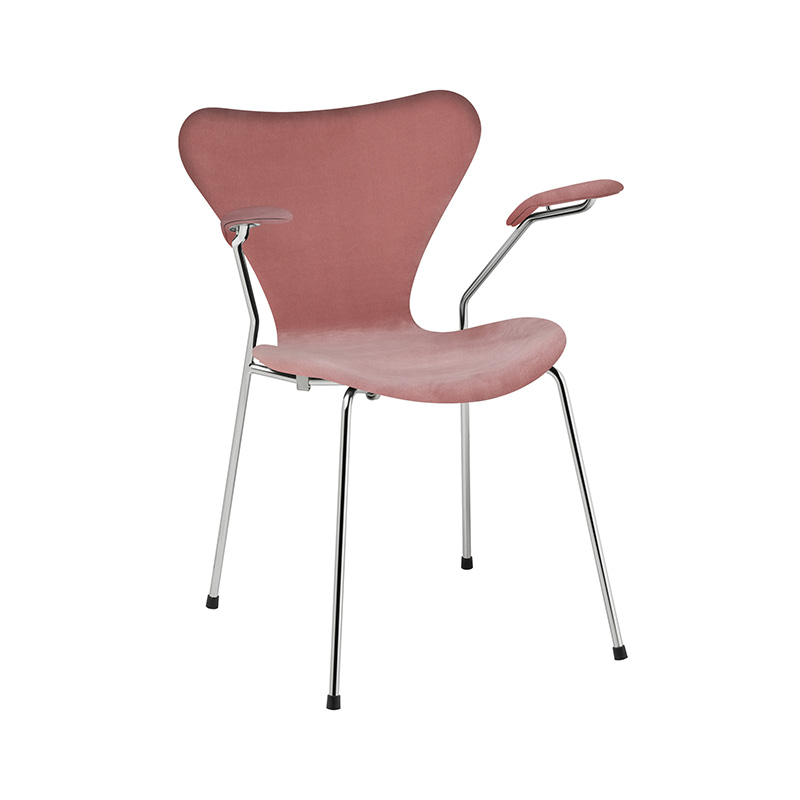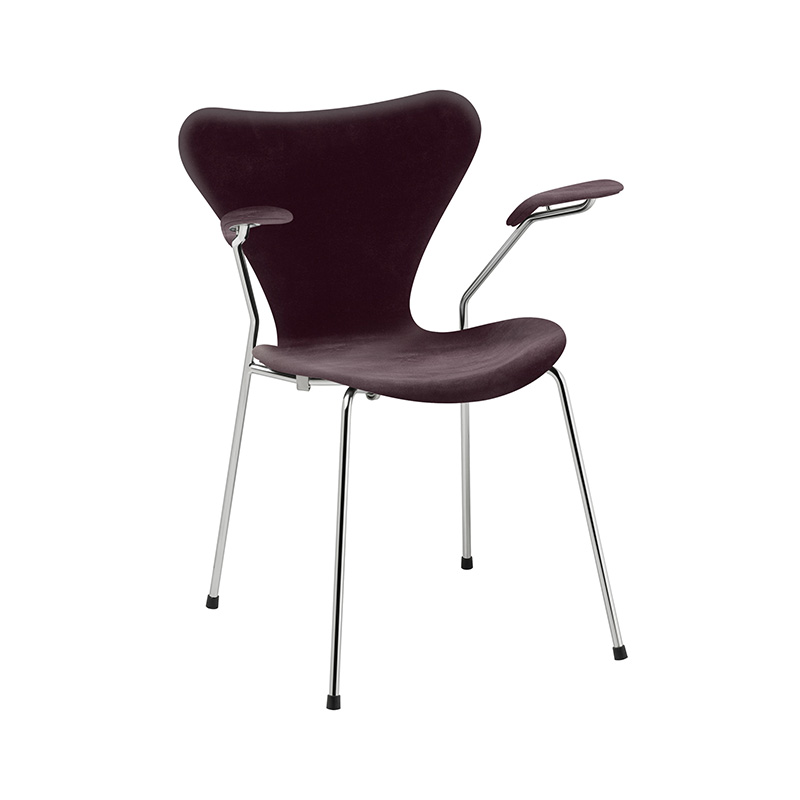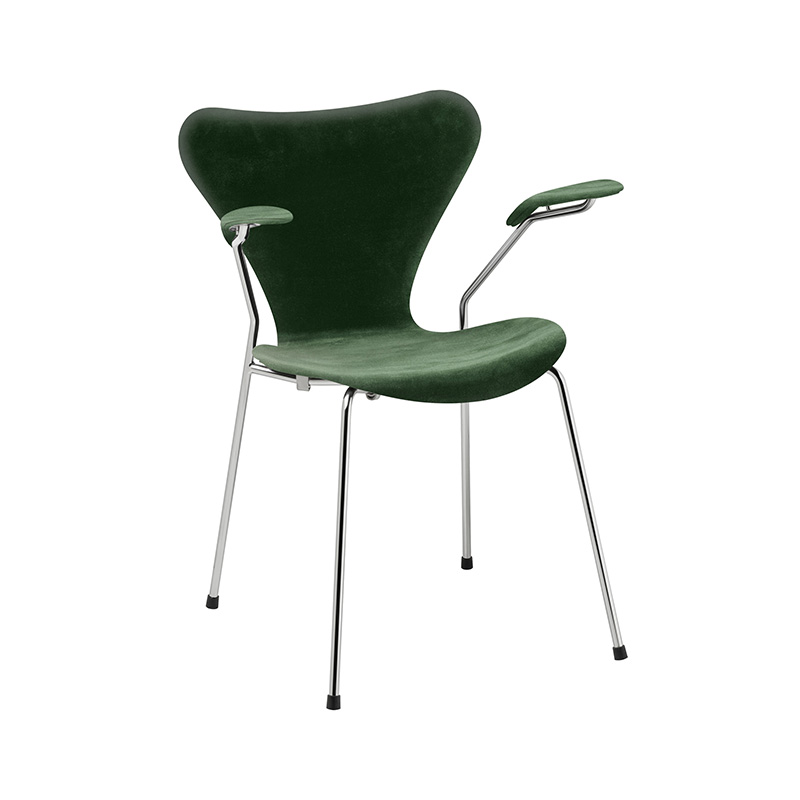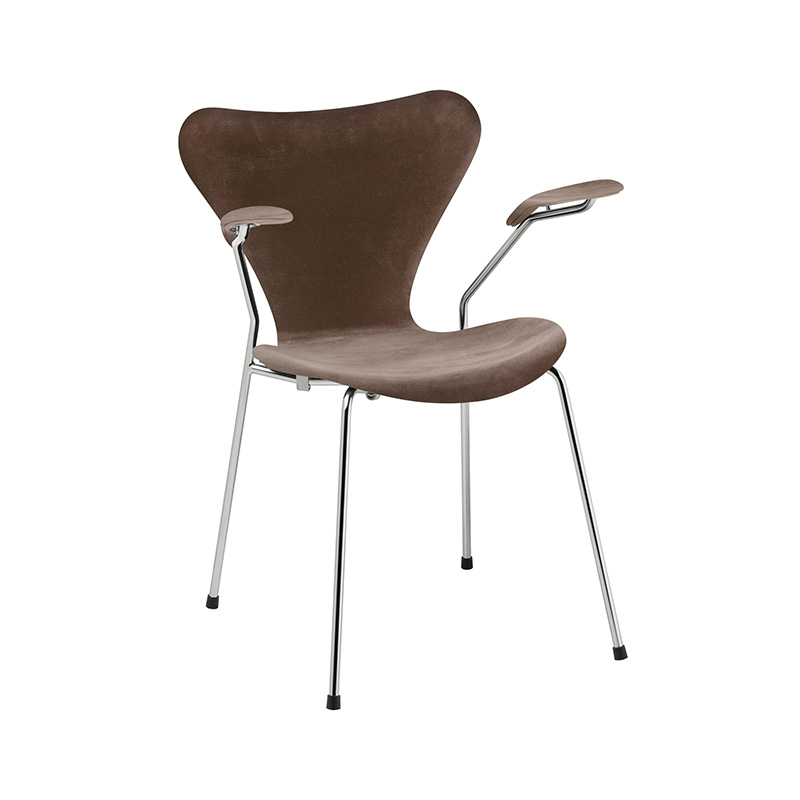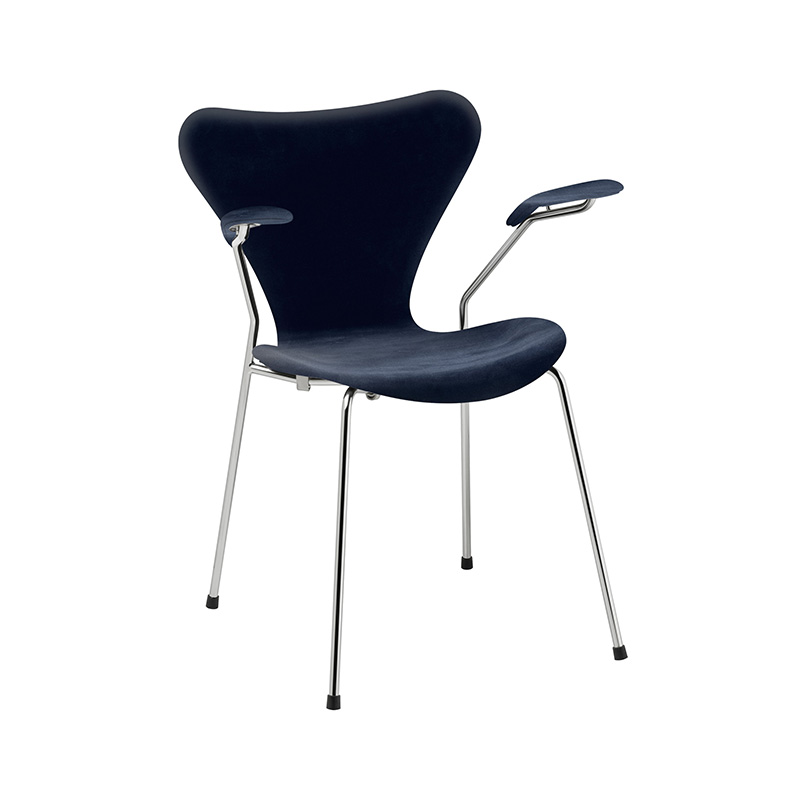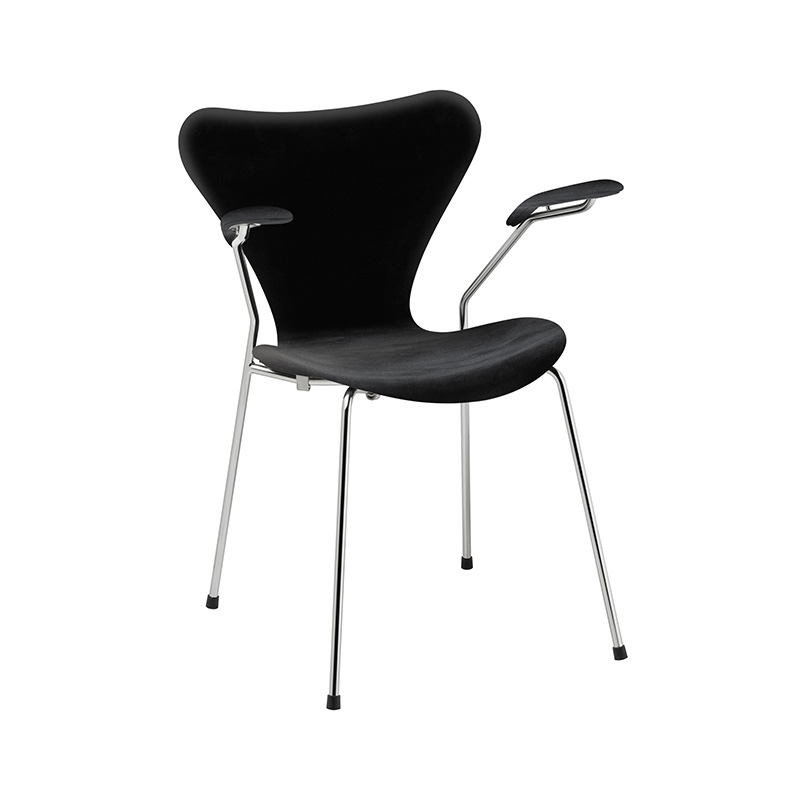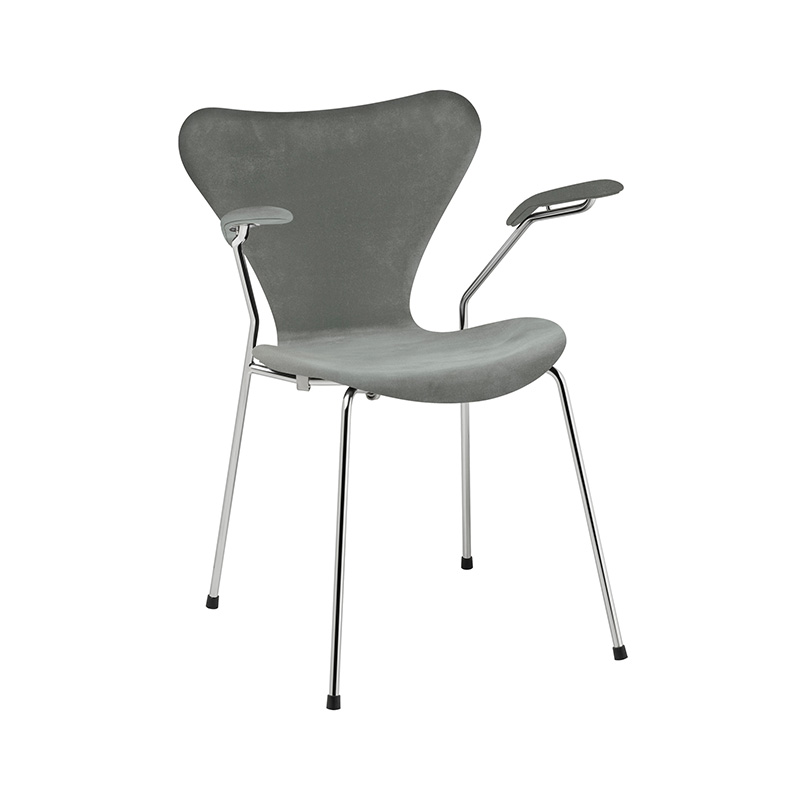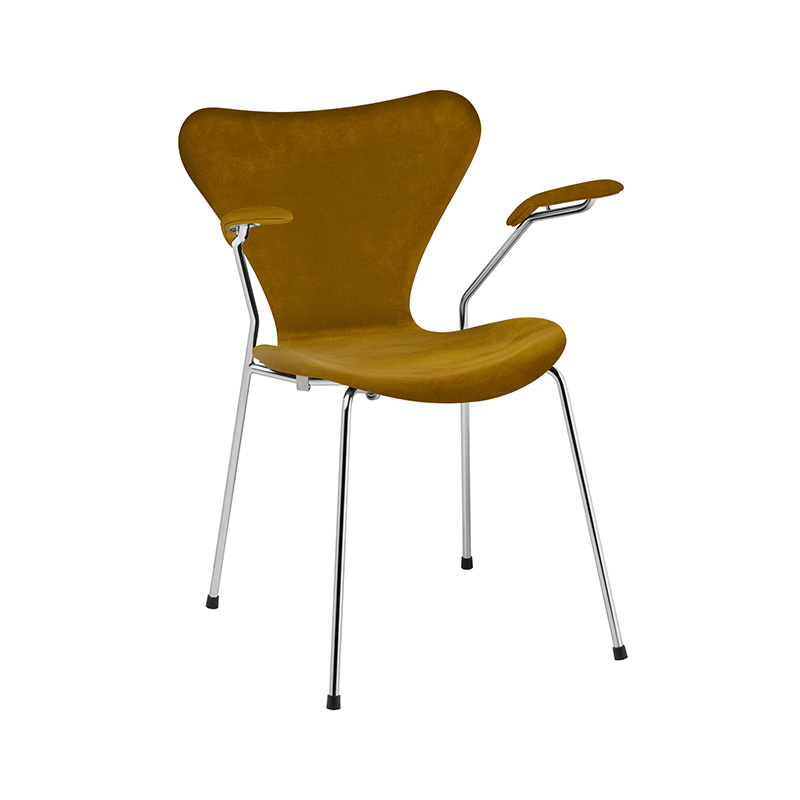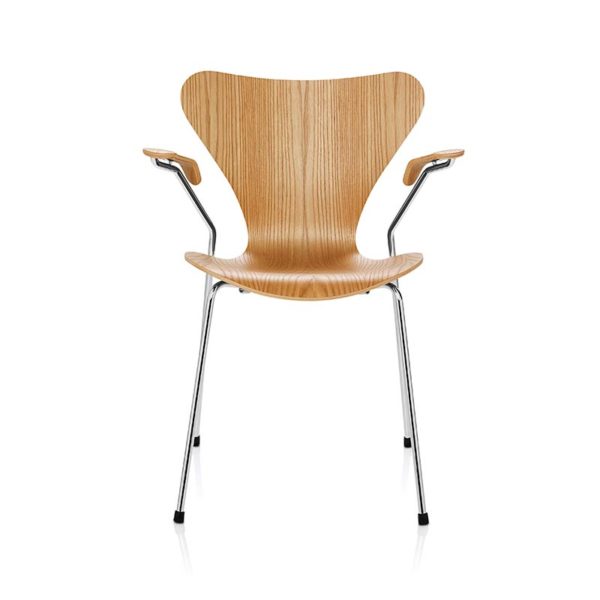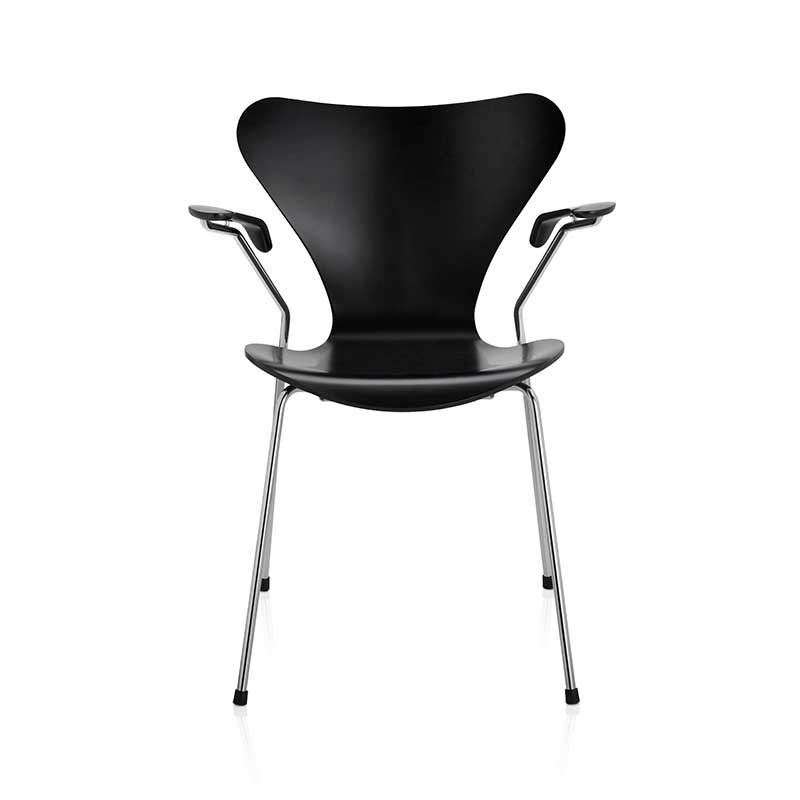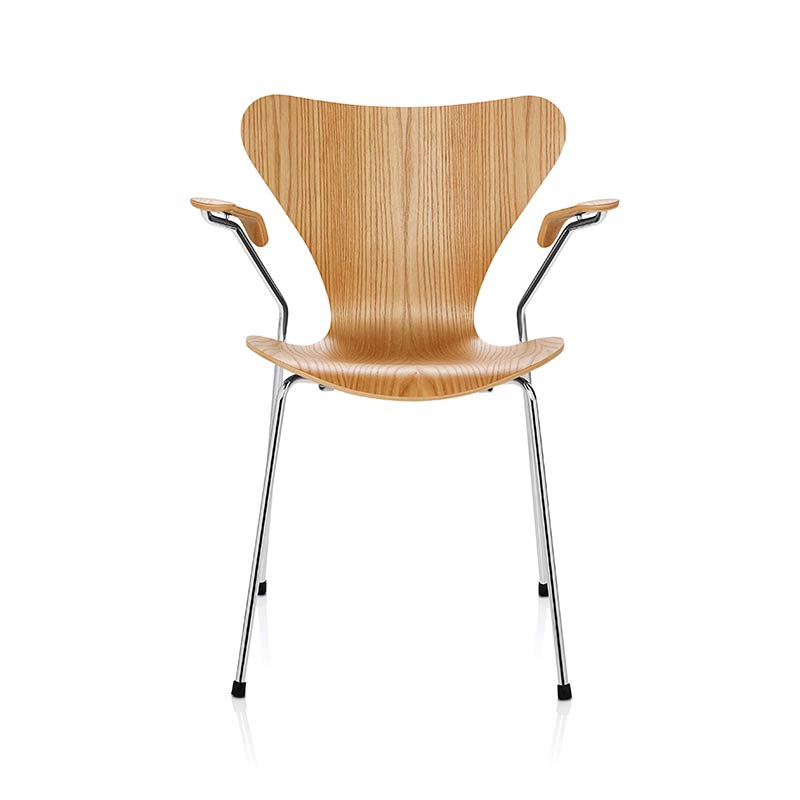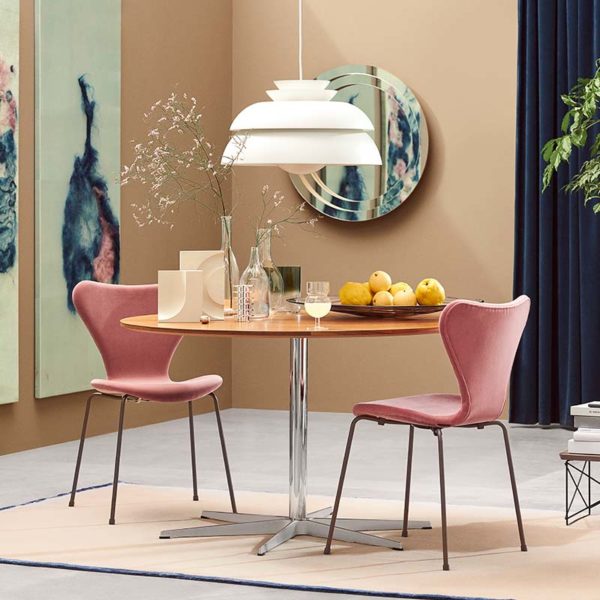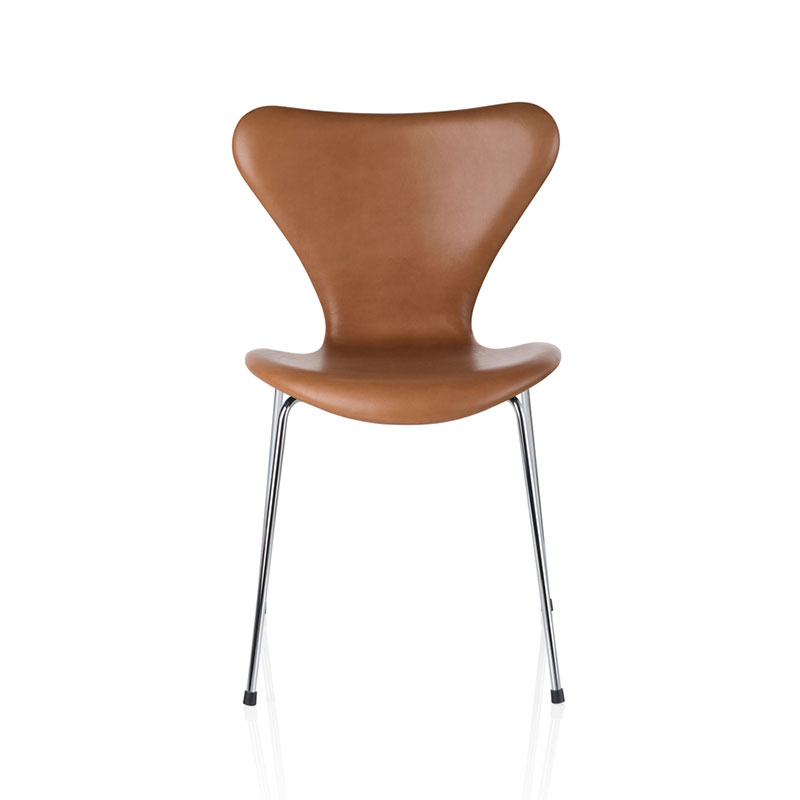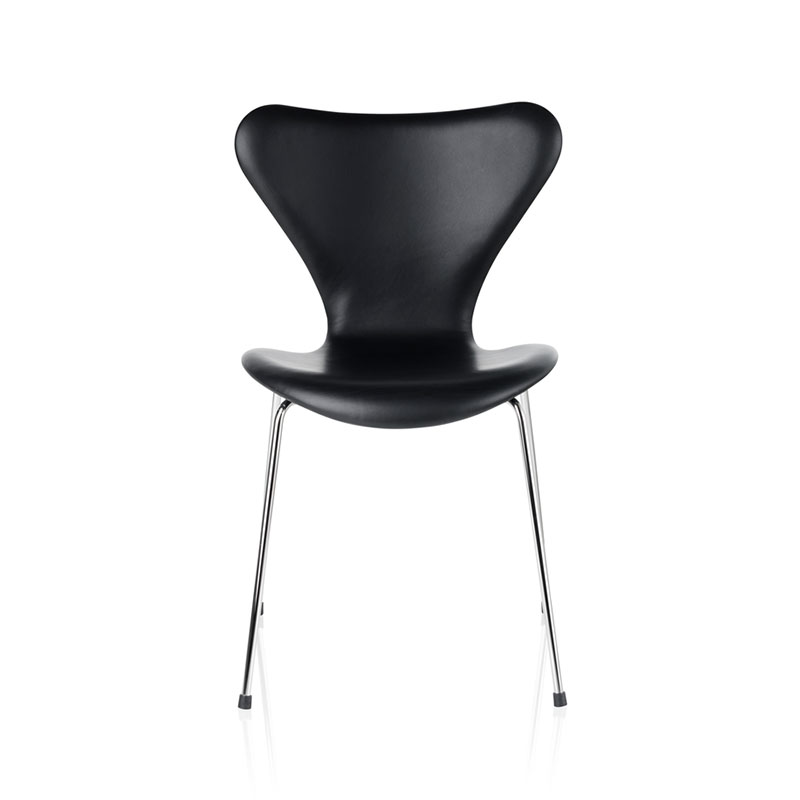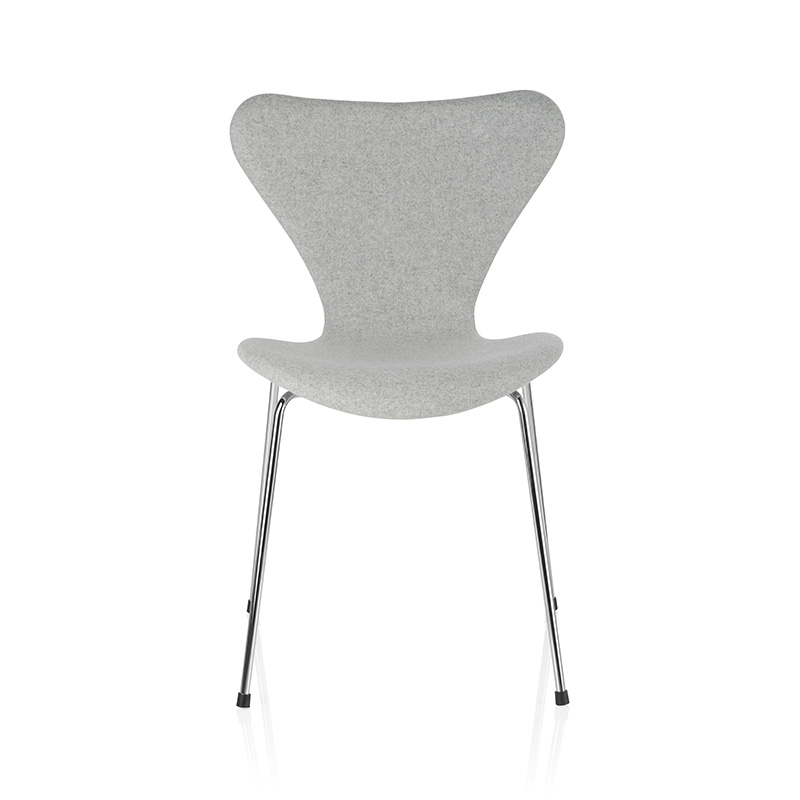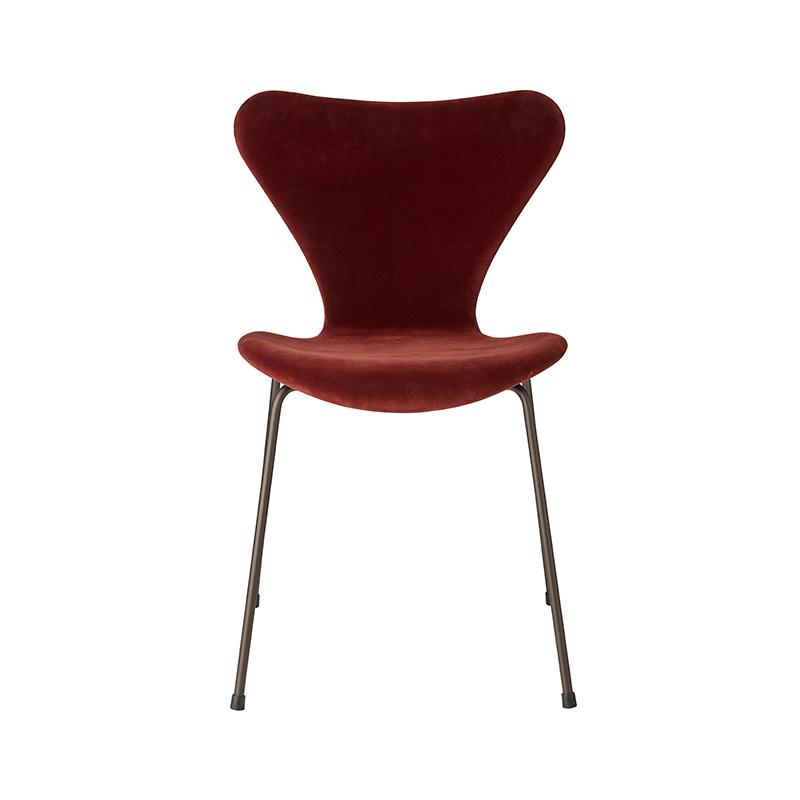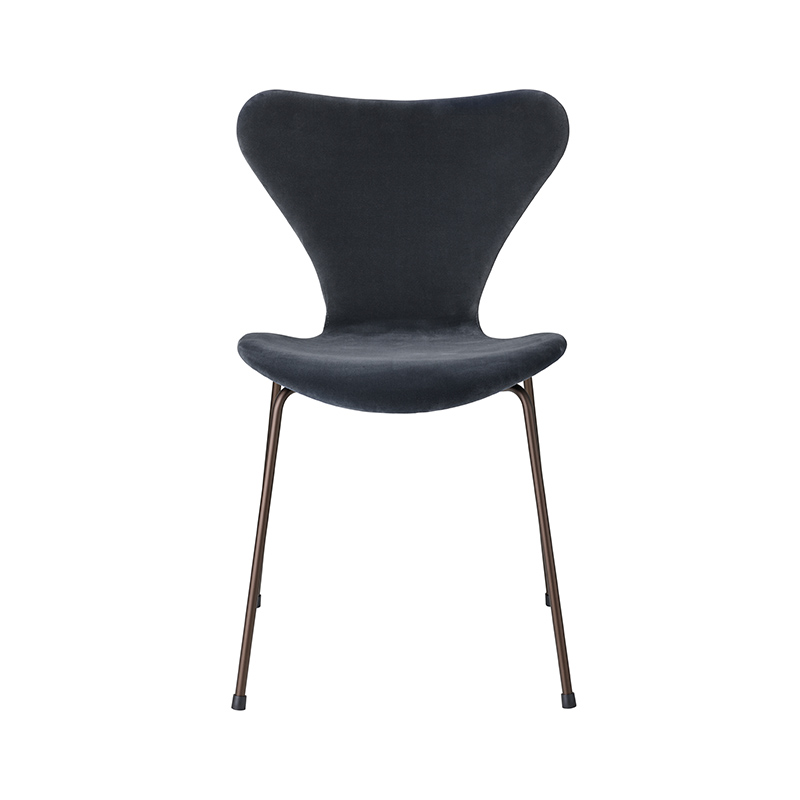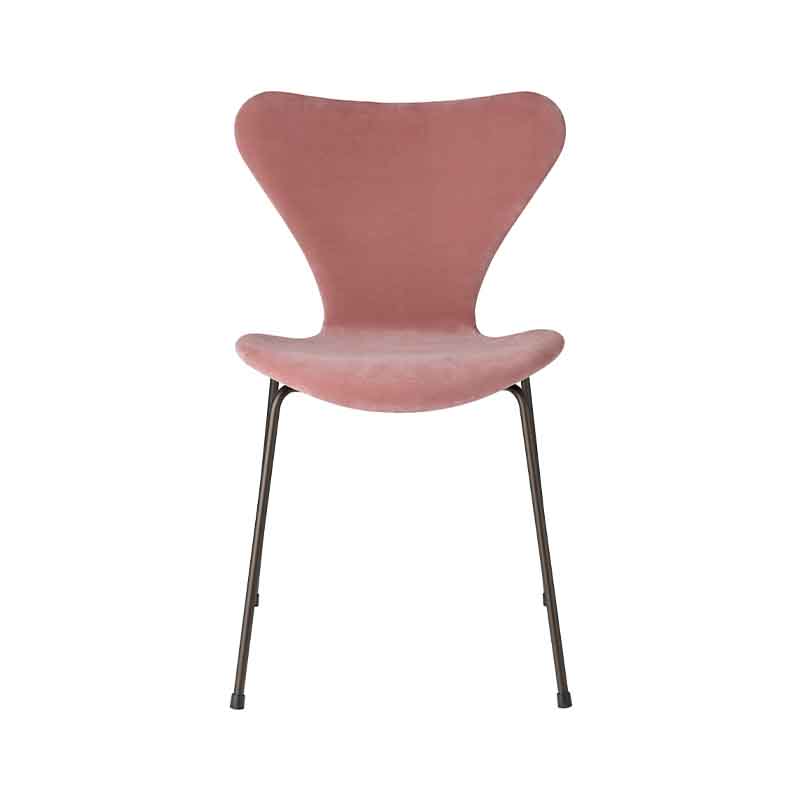Scandinavian Modern: Furniture? Who? What? Where? When?
For us here at Olson and Baker we find a lot of customers asking us, “What is Scandinavian Modern design?” Well for us, it’s everything! 90% of our collection follows some kind of Scandi Modernism character. A lot of our pieces are also inspired by Modernist style, a close relative to Scandinavian Modern. Allow us at O&B to guide you through the past, present and future of Scandinavian Modern design.
Table of contents
- What is Scandinavian Modern Design?
- Origins of Scandinavian Modern Design
- Why Did Scandinavian Modern Thrive?
- Timeless Materials and Innovative Technology in Scandinavian Modern Design
- Spreading the Scandinavian Modern Aesthetic: Global Influence and Adaptation
- The Evolution and Resurgence of Scandinavian Modern Design
- The Appeal of Scandinavian Modern Design
What is Scandinavian Modern Design?
Scandinavian Modern design, often simply called Scandi Modern, is a design movement that emerged in the mid-20th century. Firstly, it’s characterised by its simplicity, functionality, and connection to nature. Moreover, this style is not just a design choice; it’s a reflection of the Scandinavian way of life. Lastly, it prioritises practicality and comfort without sacrificing beauty.
Scandi Modern vs. Modernist Style
While closely related to Modernist style, Scandi Modern takes a unique approach. It blends the clean lines and minimalism of Modernism with a warmer, more organic feel. This is achieved through the use of natural materials like wood and a palette often inspired by the Nordic landscape.
The Rise of Scandinavian Modern Design
Post-World War II, a significant transformation unfolded. Designers from Denmark, Sweden, Finland, and Norway embarked on a creative journey. They began crafting a range of home products. These items were not just ordinary; they embodied the core principles of Scandinavian Modern design. The range was extensive, covering everything from furniture to textiles. Each piece showcased understated elegance. Moreover, there was a strong emphasis on everyday functionality.
As a result, the 1950s and 1960s witnessed a remarkable boom. Scandinavian Modern design rapidly gained popularity. It significantly influenced homes across the Western world. This era marked a pivotal moment in design history, as Scandinavian aesthetics became a household staple in numerous countries.
Can Scandi and Modern Mix?
Absolutely! The beauty of Scandinavian Modern design lies in how neutral it is. Its clean lines and natural palette make it a perfect complement to more modern elements. Mixing Scandi pieces with modern decor can create a healthy and inviting space.
Origins of Scandinavian Modern Design
Post-War Emergence
As mentioned, after World War II, a significant shift occurred in Scandinavian design. Designers from Denmark, Sweden, Finland, and Norway spearheaded a movement. Chiefly, this movement redefined home aesthetics. As a result, they created a range of products, from furniture to ceramics. Not only were these products beautiful but also accessible to the average consumer.
Cranbrook Academy: A Crucible of Talent
The Cranbrook Academy of Arts in the United States was instrumental in this design revolution. Initially, Finnish architect Eliel Saarinen took the helm as its first director. Under his guidance, the Academy fostered a creative and nurturing environment. Consequently, it attracted a wealth of Scandinavian talent. As a result, the institution transformed into a melting pot of innovative ideas. Here, future design legends began to emerge. Notably, these included Eero Saarinen, Ray and Charles Eames, Florence Knoll, and Harry Bertoia. Each of them honed their craft at Cranbrook, shaping the future of design.
Why Did Scandinavian Modern Thrive?
No one knows exactly why Scandinavian Modern soared in popularity. However, America and Western culture quickly embraced it after the war. If we were to speculate, a key factor might lie in its unique blend of form and function. Consequently, this offered a refreshing perspective on a world recovering from war. Additionally, its rise in America and the West was influenced by notable figures. For instance, Edgar Kaufmann Jr. was a significant proponent of the movement. Importantly, the design’s simplicity and functionality appealed widely. Moreover, its connection to nature struck a chord with a society in the midst of rebuilding and reimagining.
Always Ahead of Its Time
Although Modernist design appeared new and exciting at the time, it had previously enjoyed only a modest following in its niche market. Regrettably, for most people, Modernist design was overly rigid and prohibitively expensive. This was the primary reason for its lack of popularity in the past.
In contrast, Scandinavian Modern sought to differentiate itself, learning from the mistakes of its predecessors. Firstly, this new wave of products emphasised affordability. Secondly, they made stylish decor accessible to the masses for the first time. Thirdly, the designs were pivotal in shaping a new lifestyle; they embodied the era’s optimism and a sense of progress. And, lastly, they incorporated intelligent technology. This making the furniture not only aesthetically pleasing but also comfortable for home use. The emergence of the baby boomer generation played a role. They were in search of home decor that starkly contrasted with previous styles. Boomers were eager to establish their own unique identity.
Timeless Materials and Innovative Technology in Scandinavian Modern Design
The Advent of New Materials
The mid-20th century marked a time of significant innovation in materials. Consequently, this era profoundly influenced Scandinavian Modern design. Designers started experimenting with woods such as teak and oak. As a result, they began exploring new possibilities in furniture design. Additionally, this period introduced techniques like steam bending and wood lamination. These methods enabled the creation of more fluid, organic shapes in furniture.
Pioneers of Woodworking and Design
Designers like Hans Wegner and Charles Eames led the way in this material revolution. Wegner, known as the ‘king of chairs’, gained acclaim for his handcrafted designs. These pieces beautifully merged aesthetics with practicality. Meanwhile, Eames also made significant contributions. Together, their work became a staple in American homes during the 1950s and 1960s. This period saw their designs embodying the era’s design ethos, marking a significant chapter in furniture history.
Iconic Designs and Their Impact
The period was marked by iconic designs. Notably, the Series 7 chair, the Ant chair, and the Egg chair stood out. Many of these were masterpieces of Arne Jacobsen, designed specifically for the SAS Royal Hotel. These pieces showcased more than just innovative use of materials and techniques. Indeed, they set a new standard. This standard would greatly influence future furniture design.
The Legacy of Scandinavian Designers
Designers such as Finn Juhl, Hans Wegner, and Arne Jacobsen played pivotal roles in shaping the Scandinavian Modern style. Importantly, their designs are marked by fine craftsmanship and cutting-edge technology. Additionally, they used high-quality materials, ensuring their creations became timeless classics. Specifically, Juhl was renowned for his precise jointing and timber carving. Meanwhile, Wegner gained acclaim for his elegantly carved forms. Lastly, Jacobsen was celebrated for his simple yet bold designs.
Spreading the Scandinavian Modern Aesthetic: Global Influence and Adaptation
Crossing the Atlantic: Scandinavian Modern in Britain and Europe
The appeal of Scandinavian Modern design quickly spread, reaching British and European shores. In Britain, influential designers such as Robin Day were already making their mark. They were shaping the country’s design landscape, notably evident in the Festival of Britain in 1951. This event was a celebration, a tribute to Britain’s cultural resilience and future. Importantly, it showcased designs that mirrored the Scandinavian ethos. These designs skillfully blended tradition with modernity, reflecting a harmonious fusion of styles.
Ercol and the British Interpretation
In Britain, several brands began to emerge, notably Ercol. They offered their unique interpretation of the Scandinavian Modern style. Ercol’s designs, for instance, the Windsor chair, had a distinct character. Although they didn’t mirror the elegance of Danish originals, they marked a significant shift. This shift was evident in British furniture design. Importantly, Ercol’s approach involved modernising traditional forms. Consequently, this approach resonated deeply with the British public. It marked the beginning of a new chapter in home decor.
Habitat: Bringing Scandi Style to the High Street
By the 1960s, Scandinavian Modern design had firmly established its presence in the UK. Habitat, founded by Terence Conran, played a crucial role in popularizing this style. Conran was inspired by Scandinavian Modern and its manufacturing techniques, which were evident in Habitat’s product range. The store became a window into the world of Scandinavian Modern, offering British consumers access to this elegant, functional style.
The French Connection
Interestingly, Conran drew significant inspiration from the French market, which influenced Habitat’s direction. He often refers to this as being responsible for the business’s strong, early direction. One of the best-selling products for Habitat is the simple spaghetti jar. The jar is even said to have led to the company’s initial success.
The Evolution and Resurgence of Scandinavian Modern Design
A Lull and Reawakening
Post-1960s, Scandinavian Modern design experienced a period of reduced prominence. It remained respected but didn’t witness any significant innovation or widespread popularity for several decades. However, this quiet phase set the stage for a powerful resurgence.
Minimalism and the Revival of Classics
In the early 1990s, a renewed interest emerged in minimalism within interior design. Consequently, this shift brought Scandinavian Modern back into the limelight. The movement’s focus on simplicity, functionality, and understated elegance matched seamlessly with the minimalist ethos. This resulted in classic Scandinavian Modern designs regaining popularity. They became sought-after for their timeless appeal. Moreover, these designs demonstrated adaptability to contemporary living spaces. Simply because they sought to blend the old with the new.
IKEA: Democratising Scandinavian Design
In the lower end of the market, Swedish retailer IKEA played a pivotal role in this resurgence. IKEA’s philosophy of offering affordable, functional, and stylish furniture echoed the core principles of Scandinavian Modern design. Their approach made this design style accessible to a broader audience. Of course, reinforcing its relevance in modern interior design.
Scandinavian Modern Today
Today, Scandinavian Modern design continues to influence interior decor around the world. Its principles of clean lines, natural materials, and functional beauty remain as relevant as ever. The design’s ability to evolve while staying true to its roots is a testament to its enduring appeal and adaptability.
The Appeal of Scandinavian Modern Design
The Scandi Legacy
Scandinavian Modern design has a rich history, stretching from its mid-century origins to its contemporary resurgence. Indeed, this journey has proven that it’s more than just a fleeting trend. Significantly, it stands as a testament to the enduring appeal of design philosophy. This philosophy deeply values simplicity, functionality, and beauty. Moreover, the continuous production of many classic Scandinavian designs speaks volumes. It highlights their timeless nature, enduring across decades.
Scandinavian Modern vs. Nordic Design What’s The Difference?
While often used interchangeably, Scandinavian and Nordic designs are distinct. Indeed, they have subtle differences. For instance, Nordic design encompasses a broader spectrum. It includes influences from the Arctic regions. Additionally, it places a stronger emphasis on rustic elements. Conversely, Scandinavian Modern has a different focus. It is more centred on minimalism and functionality. Specifically, it is deeply rooted in the design traditions of Denmark, Sweden, Norway, and Finland.
Scandi-Style vs. Mid-Century Modern
While there are overlaps, Scandi-style and mid-century modern are distinct in several ways. Firstly, mid-century modern is known for its bolder colours. Additionally, it incorporates a more diverse range of materials. On the other hand, Scandi style takes a different approach. It adheres to a more restrained, nature-inspired palette. Furthermore, it prioritises the use of natural materials.
The Rules of Scandi Style
The Scandi style revolves around several fundamental principles. Firstly, simplicity is at its core. Additionally, minimalism plays a crucial role. Functionality is another key aspect, ensuring every element serves a purpose. Lastly, there’s a strong connection to nature. These guiding principles guarantee that Scandi-designed spaces achieve more than just visual appeal. Importantly, they are also practical. Furthermore, they offer comfort, making them ideal for everyday living.
Scandinavian Modern design continues to captivate and inspire. This enduring appeal is a clear indication of its relevance and adaptability. Furthermore, its principles of clean lines, functionality, and understated elegance have played a pivotal role. Consequently, these elements have secured their place not just in design history. They have also made it a favourite in the homes of countless individuals. These enthusiasts appreciate its timeless beauty, making it a cherished choice for many.
< Back to all articles